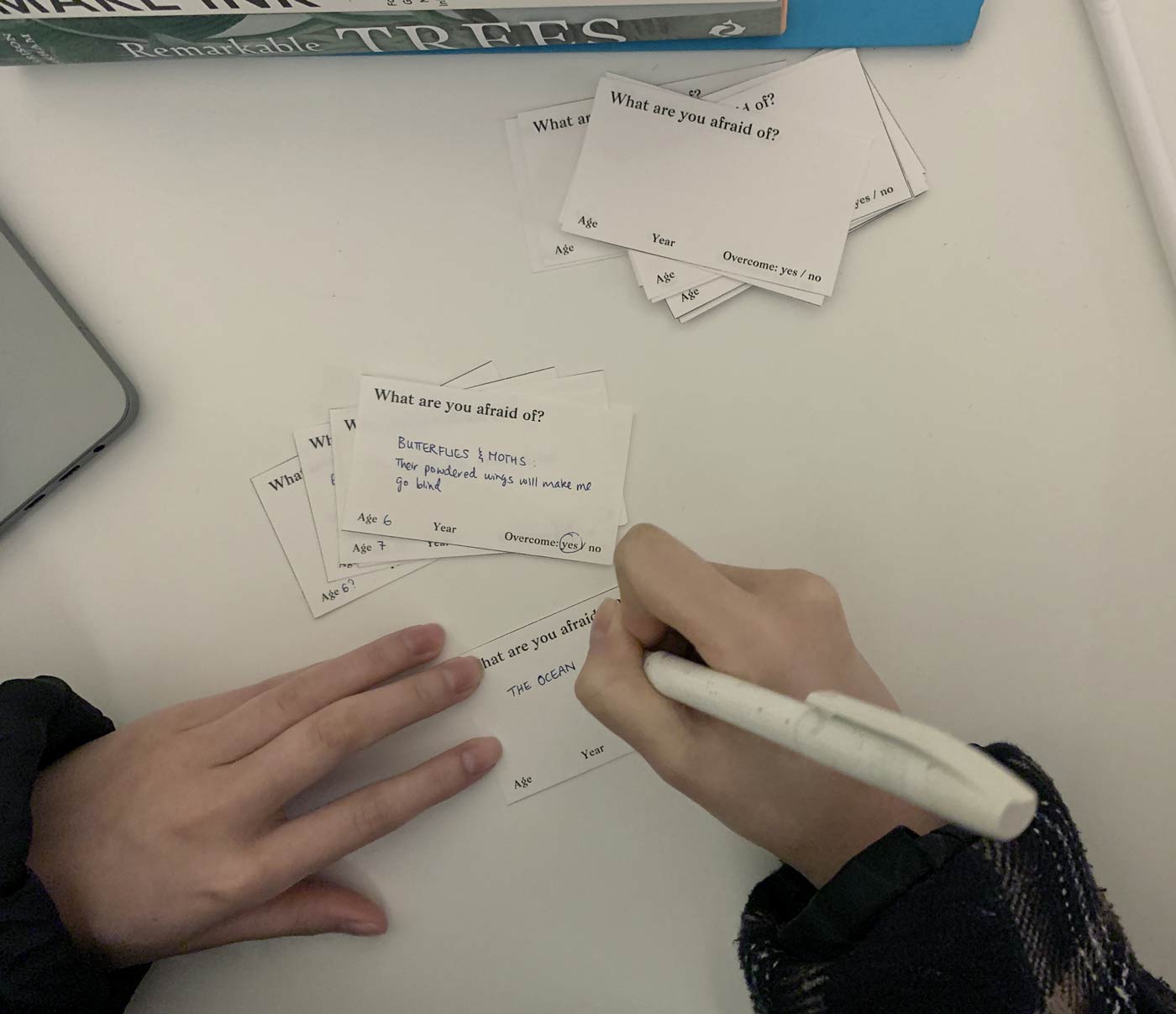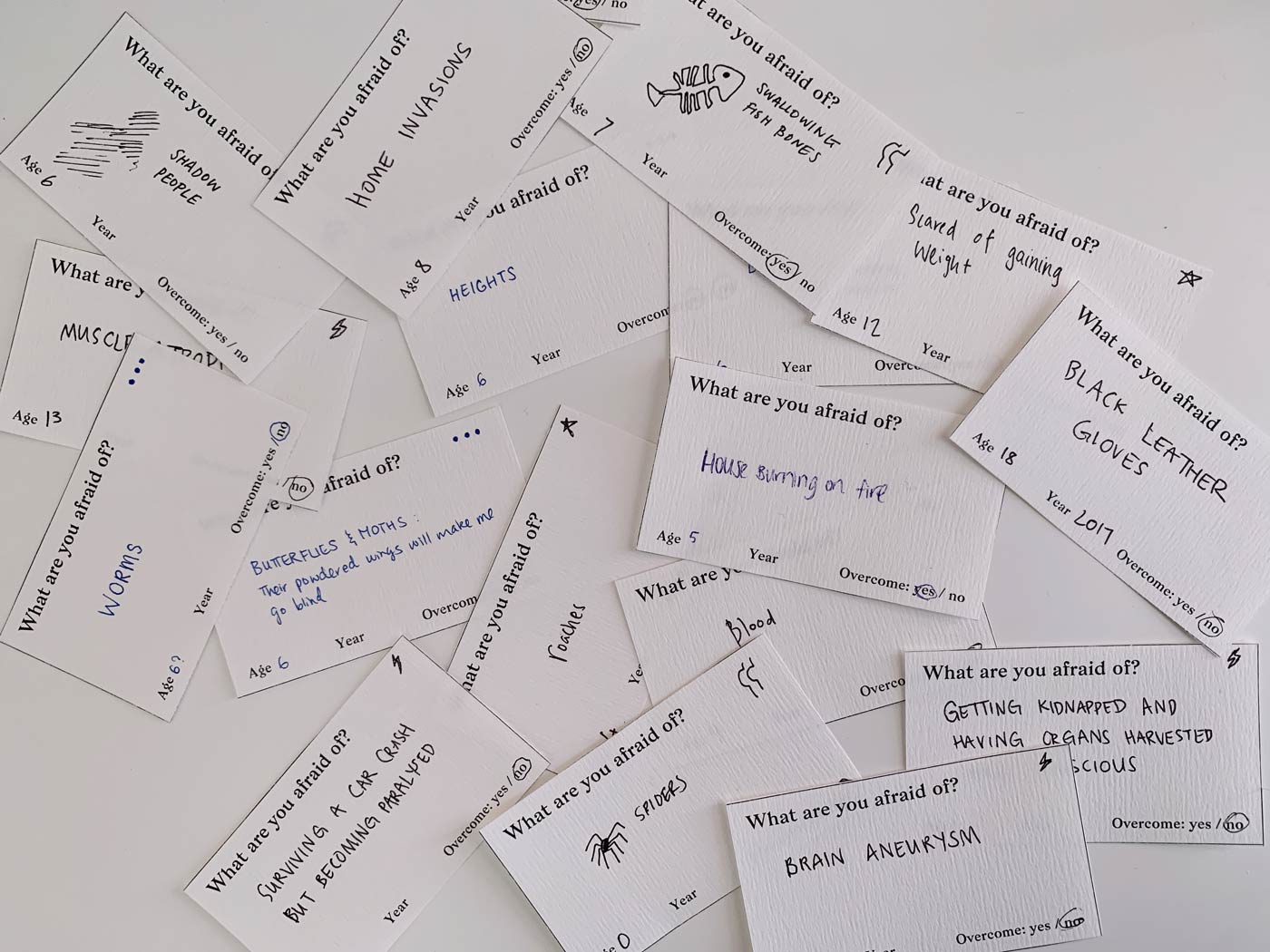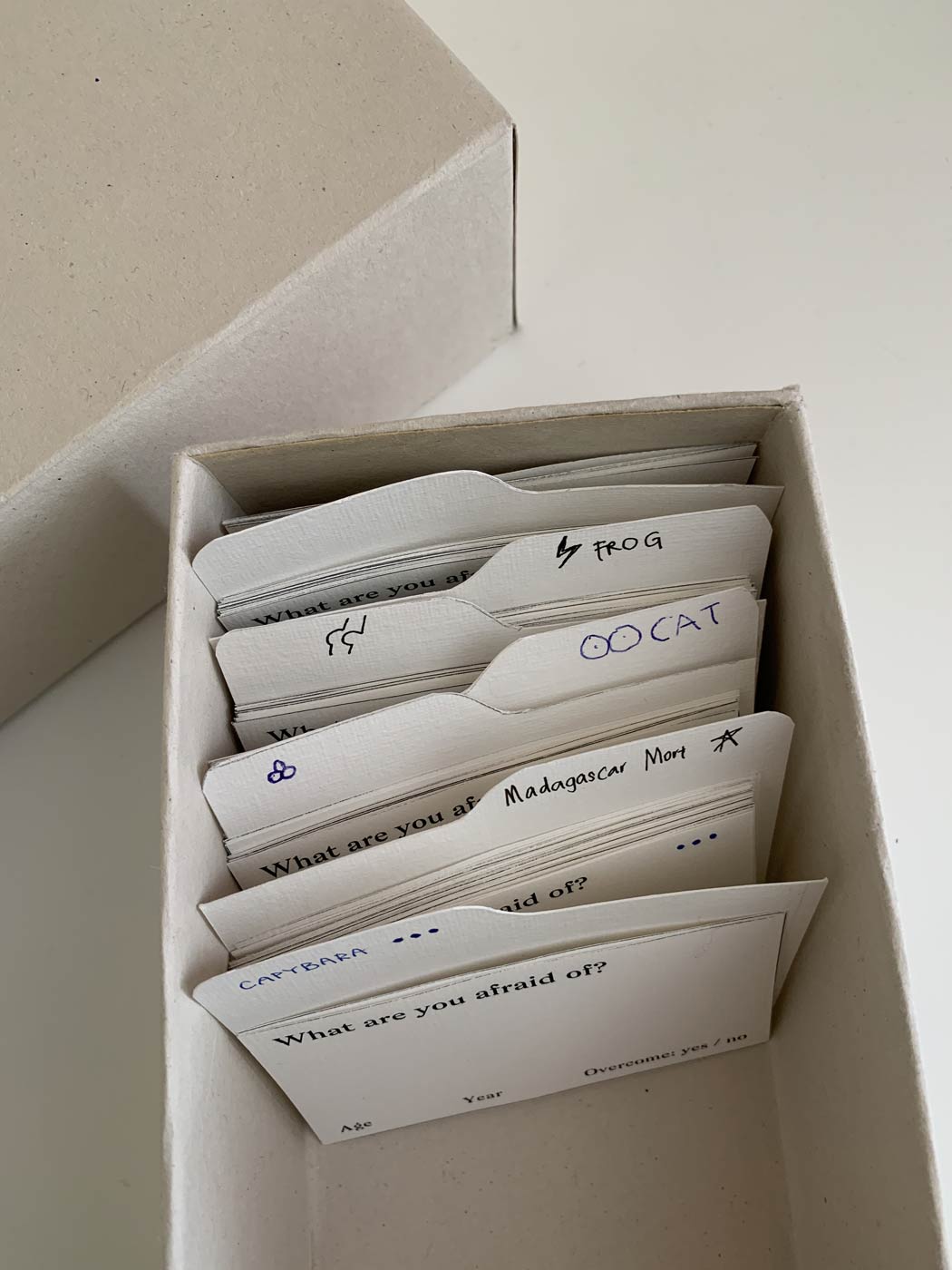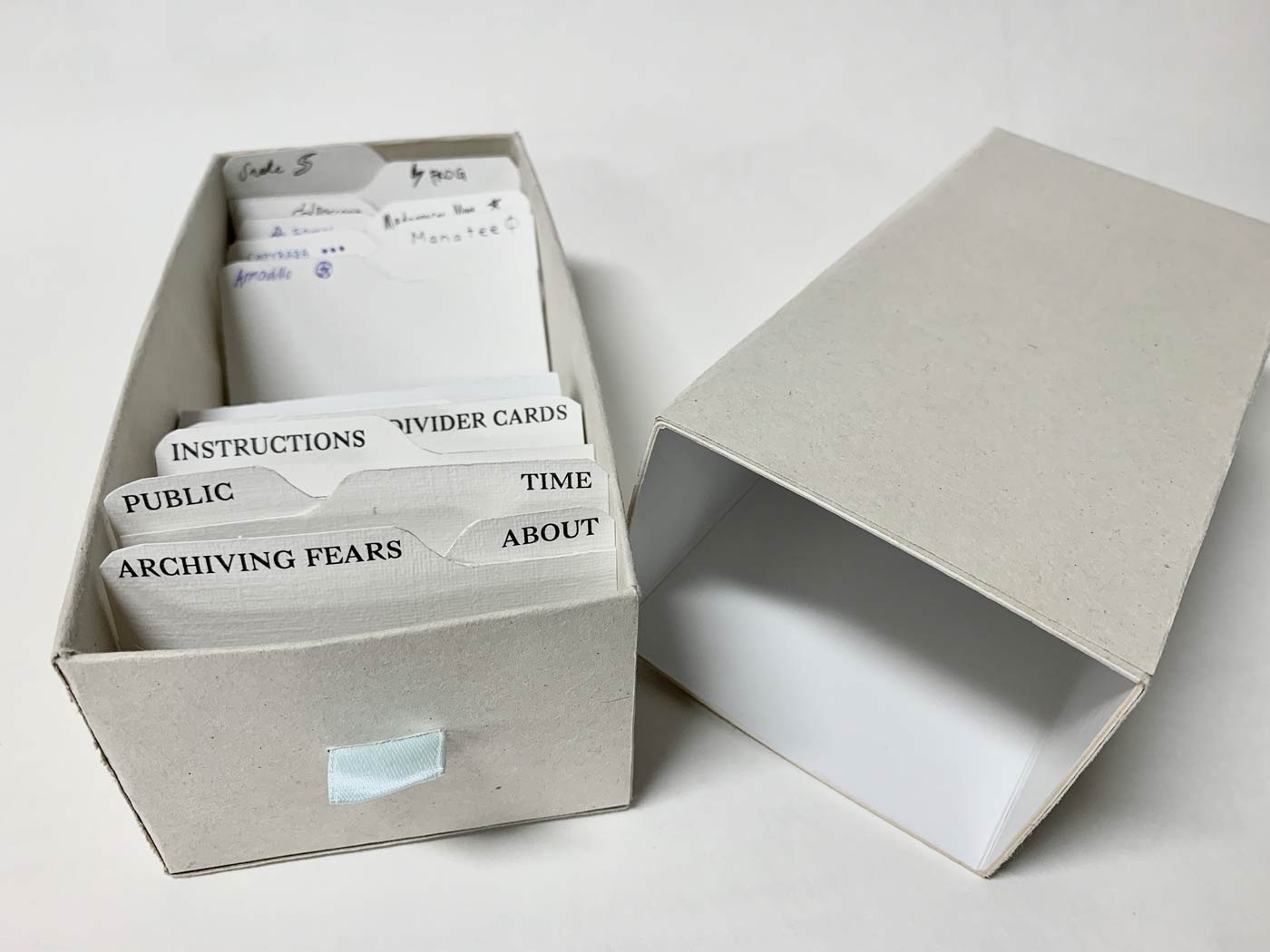Temporary Practices
Temporary Practices/
Temporary Publics
The Event: Collaborative Practices (Y3, A&D Minor)
Focuses on the staging of a collaborative /durational event or creative project that relates to a public setting. Projects respond to selected themes or external opportunities, such as alternative sites, festivals or curatorial projects – and potentially include aspects of publication, proposition, participation, exhibition practice, collaboration, expanded drawing, site, improvisation, installation, performance, documentation and documentary.
TP Minor staff team include Monique Redmond, Lucy Meyle, Ziggy Lever and Emily O’Hara.
Website design is by Ziggy Lever/ co-text.
Brief
A Temporary work.
Feb-June 2020.
This semester (under Level 4 lockdown), the Y3 TP students worked on a twofold brief (proposal:project) titled: A Temporary work.
__Making while thinking \ Thinking while making__
Although the projects would take a somewhat linear form over time, students were expected to operate within a propositional space throughout.
Their brief. As a mode of operation, being propositional suggests making or putting forward a plan, a scheme, an intention, a suggestion, or an offer of some kind. Being propositional within temporary practices requires you to remain open, flexible, contingent, resourceful and lateral. The methodological aim is to make plans that set something in motion – but which does not necessarily determine the outcome. \\
Observe, Perceive, Notice
Casey Strickland

My project plays into the idea of ‘seeing’ which takes place involving a small, close and personal audience of four (me, my Mum, my Dad, my Sister). I found some undeveloped Kodak film rolls that are almost 20 years old. Each week I had one film roll developed and together, we looked at the printed photographs. Conversations were sparked, memories brought back and discoveries were made. Occurring alongside this, I sat in a common place three times a week for an hour where I listed anything and everything I saw in different ways. The space in which I was observing then became more than just a space. It then became a personal collection of smaller things I have noticed. I have a connection in both processes that allows me to have a deeper appreciation of my environments and provides an ability for me to recognise things of sentimental value.

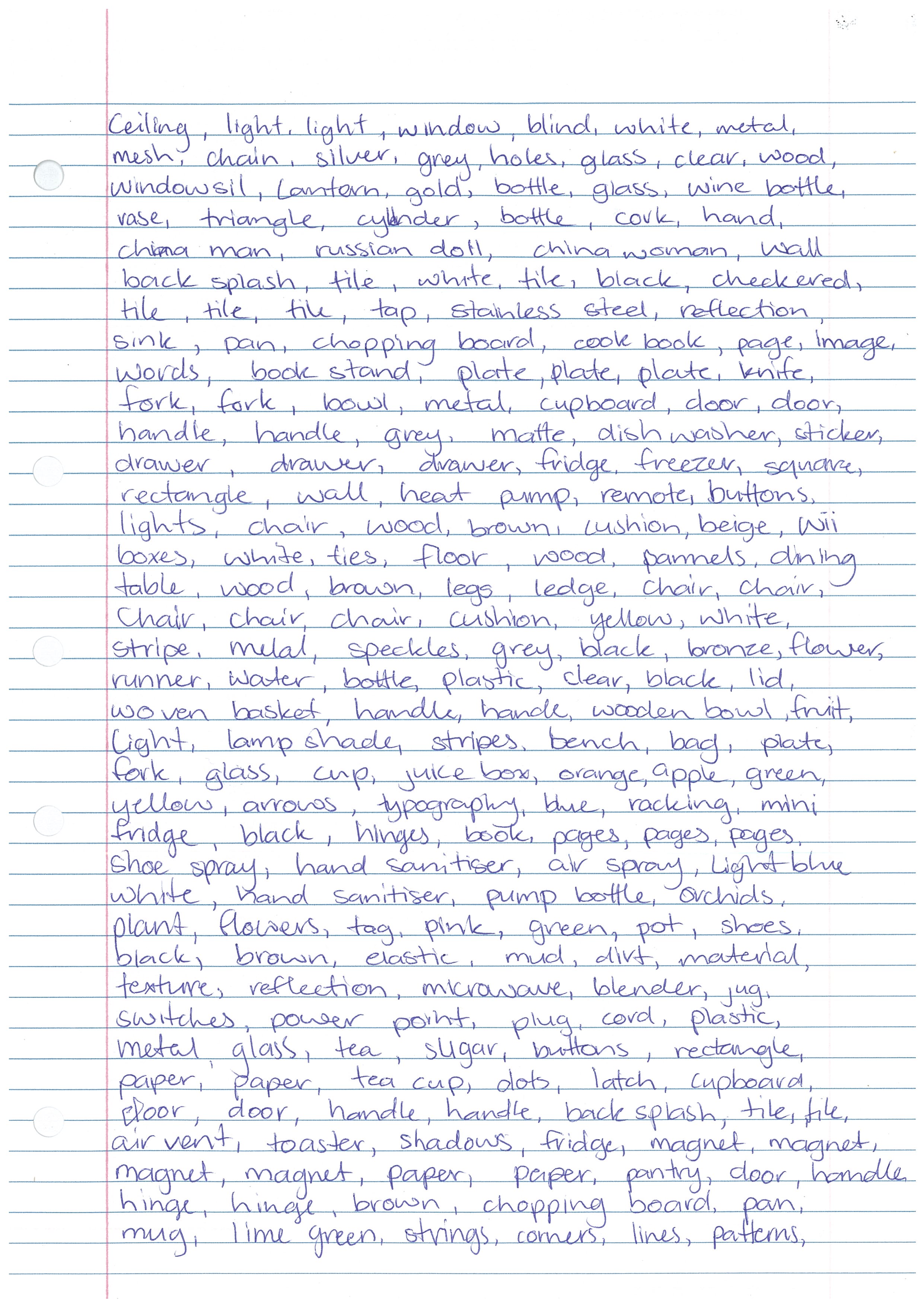
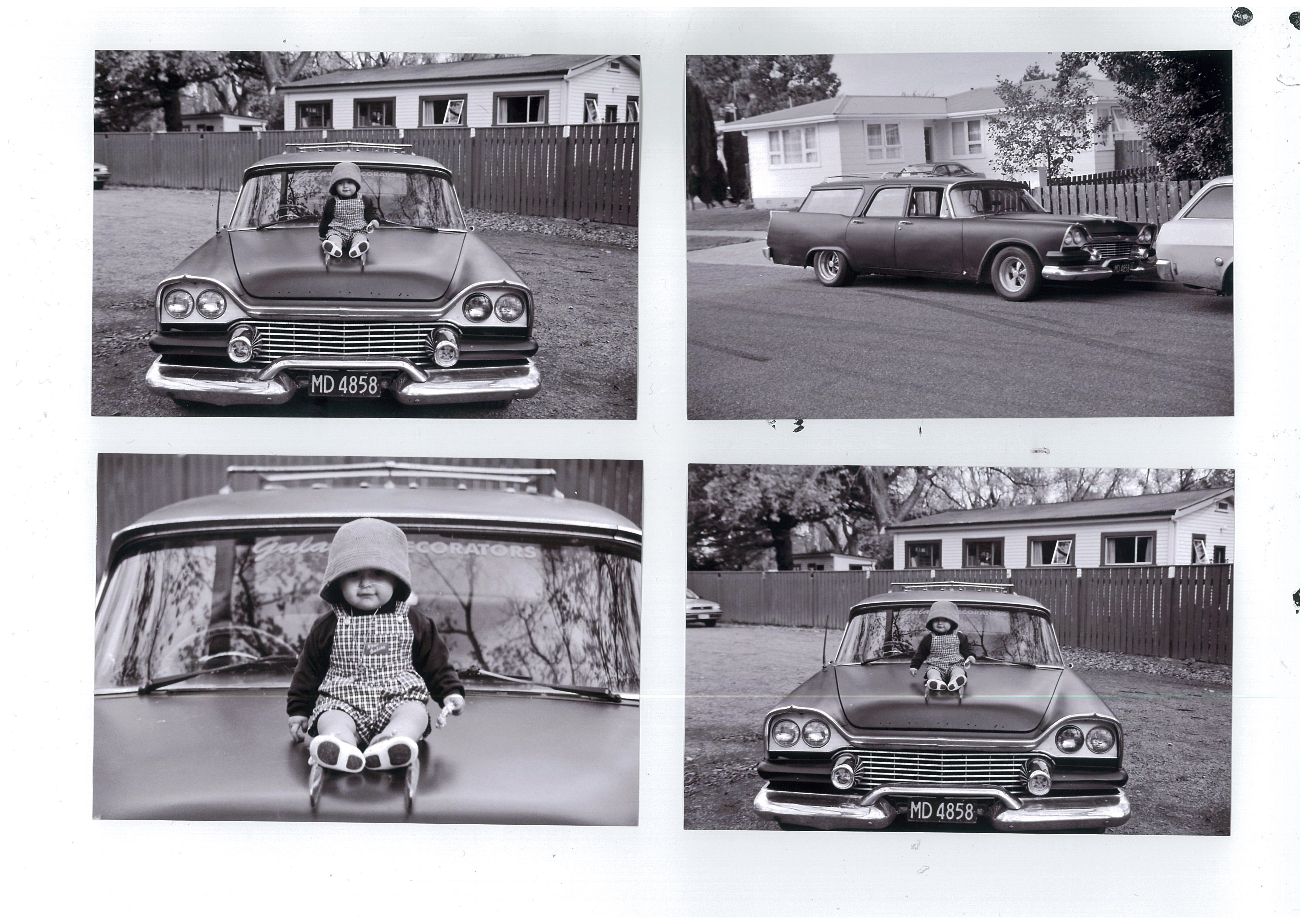
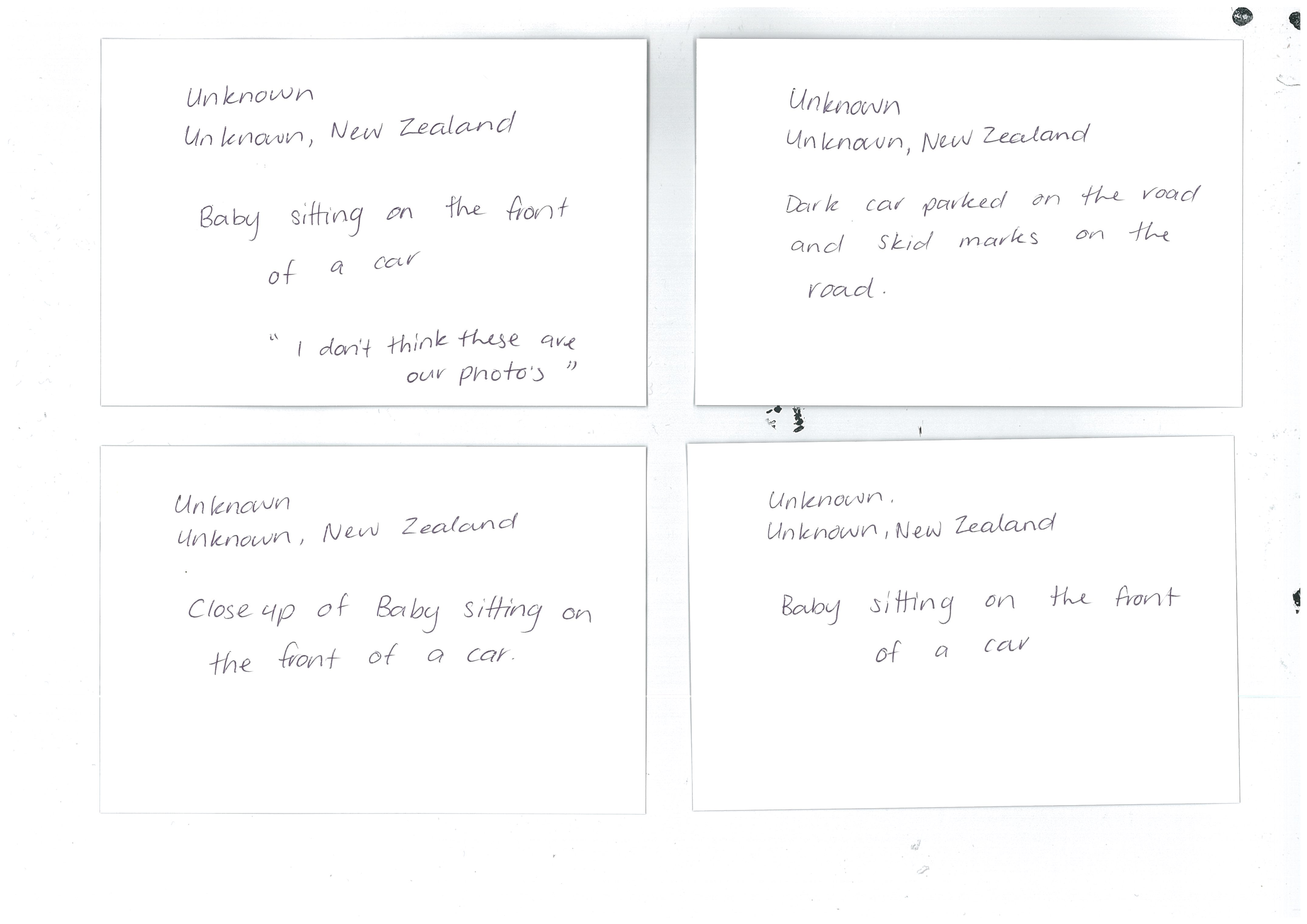
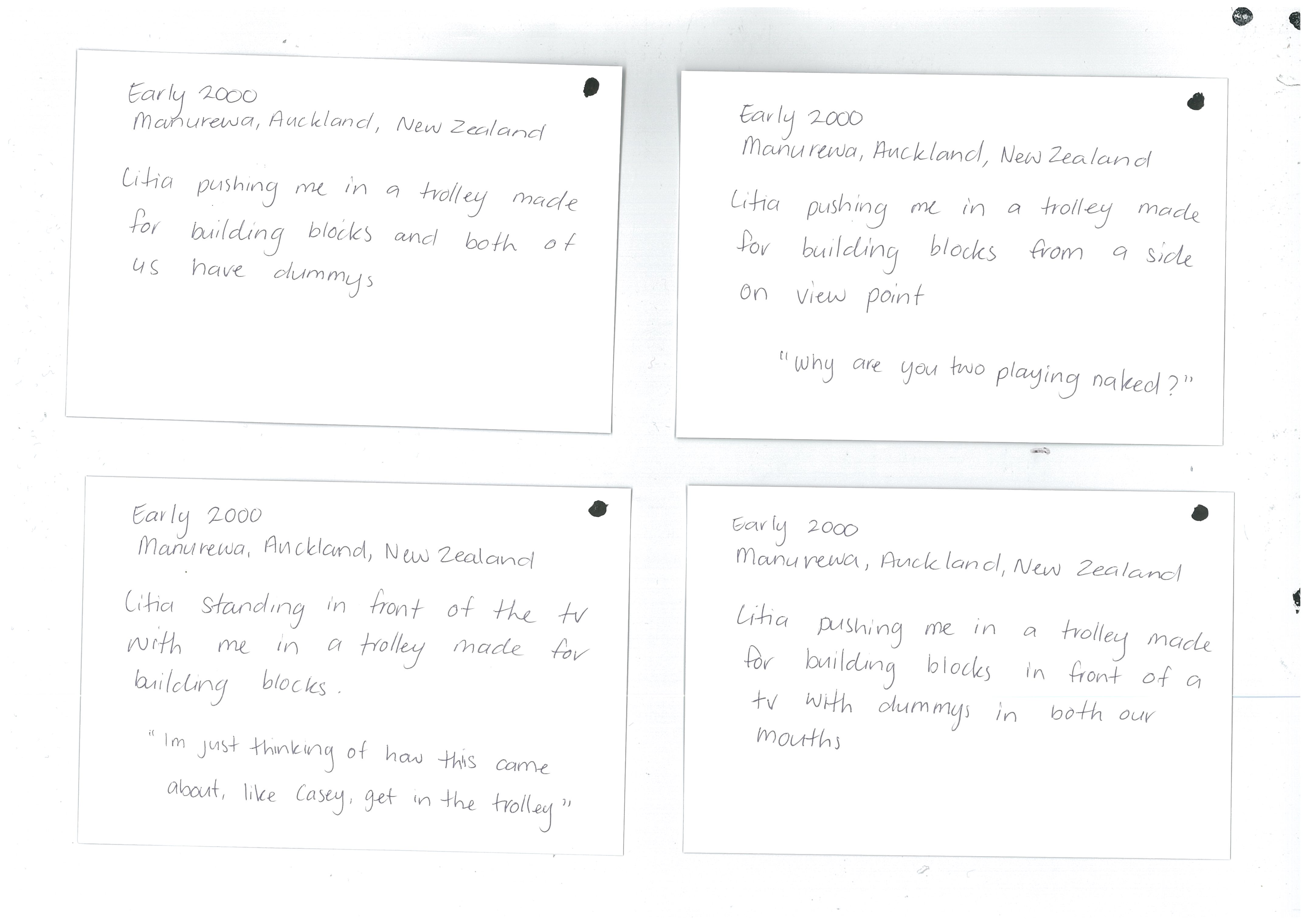
Something to know: As I was snooping through my parents closet, I came across a box full of camera films. Mum said to me “oh those must be close to 20 years old”. I proceeded to ask why they have not yet been developed and her response was “we just haven’t gotten around to it”. She continued to say that she has absolutely no idea what is on them, so I thought I would take this opportunity to do something nice for my parents in hopes that maybe I would find out more from their past. I’ve always found film cameras to be interesting, not being able to see the image right after you take it like we can with the technology we have today. There is something about holding a printed photograph in your hands rather than viewing it on a screen and even the ones that don’t turn out how you expected them to be are interesting to look at too... there is much more to a photograph than just what you can see in it.
Petroglyph
Lydia Harden Bull
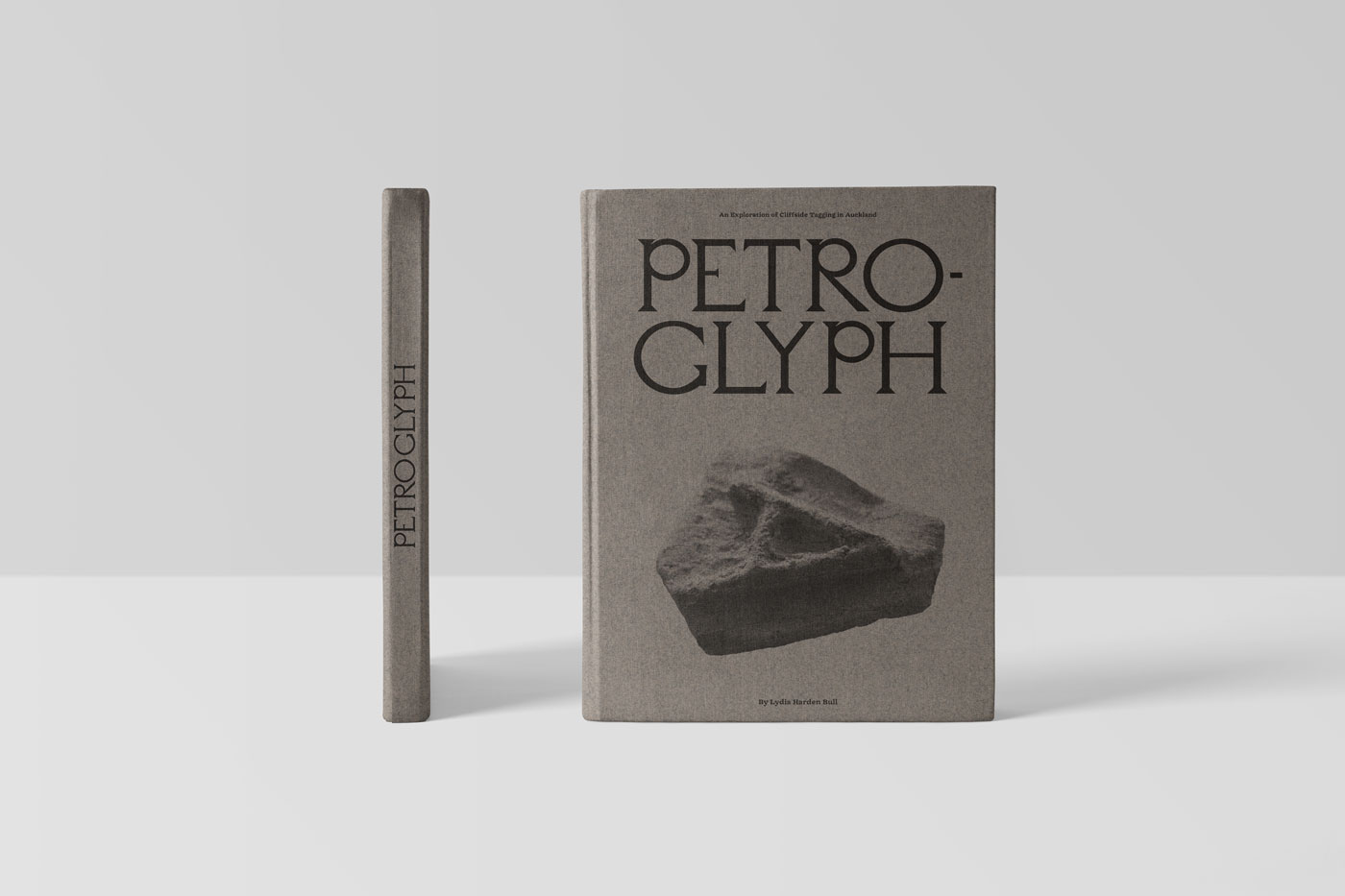
Petroglyph is a record of the names found alongside beachside cliffs - in this publication, there are research articles, a reflective typeface made from moulds of the etchings themselves and commemorative postcards.

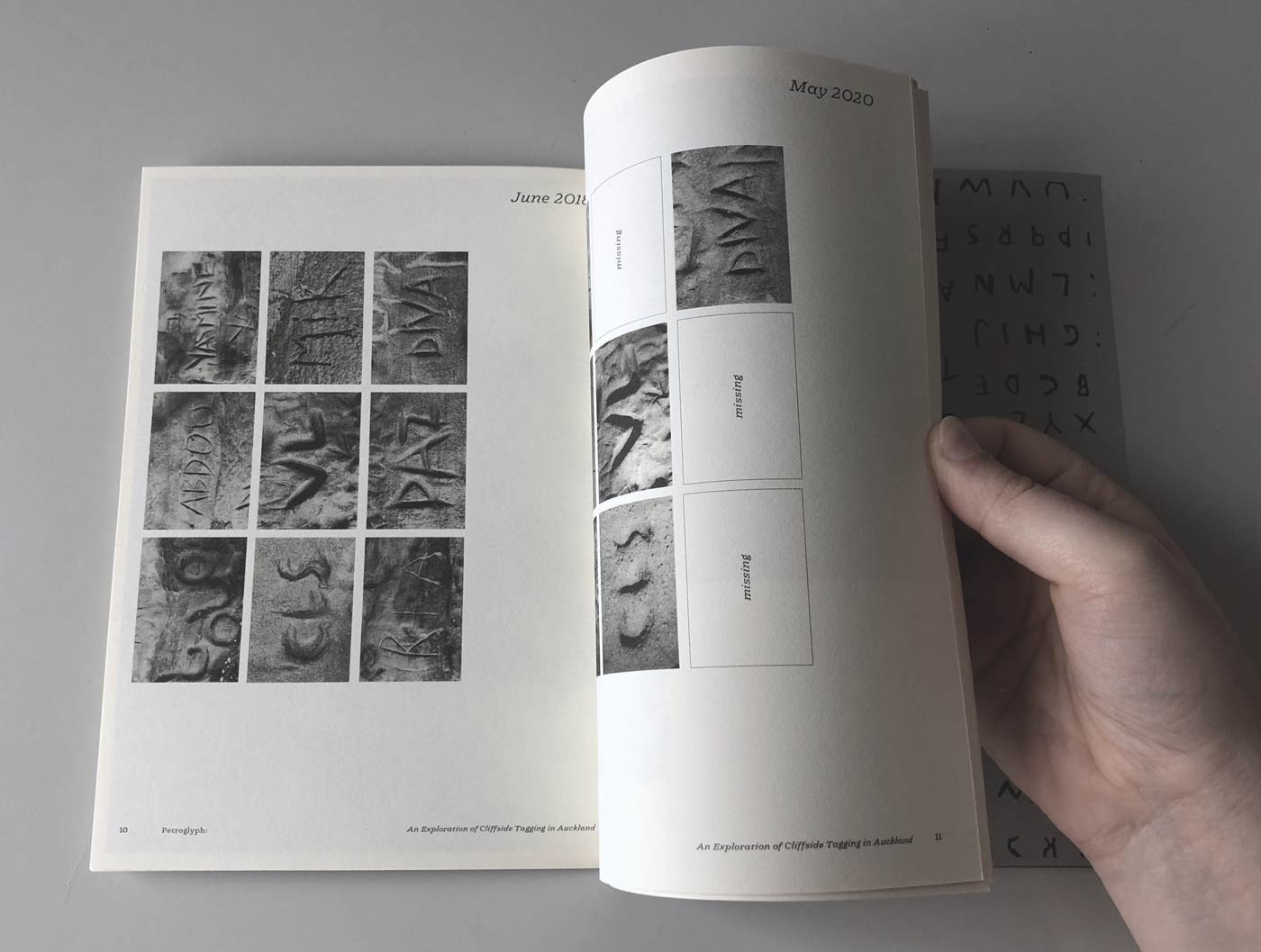
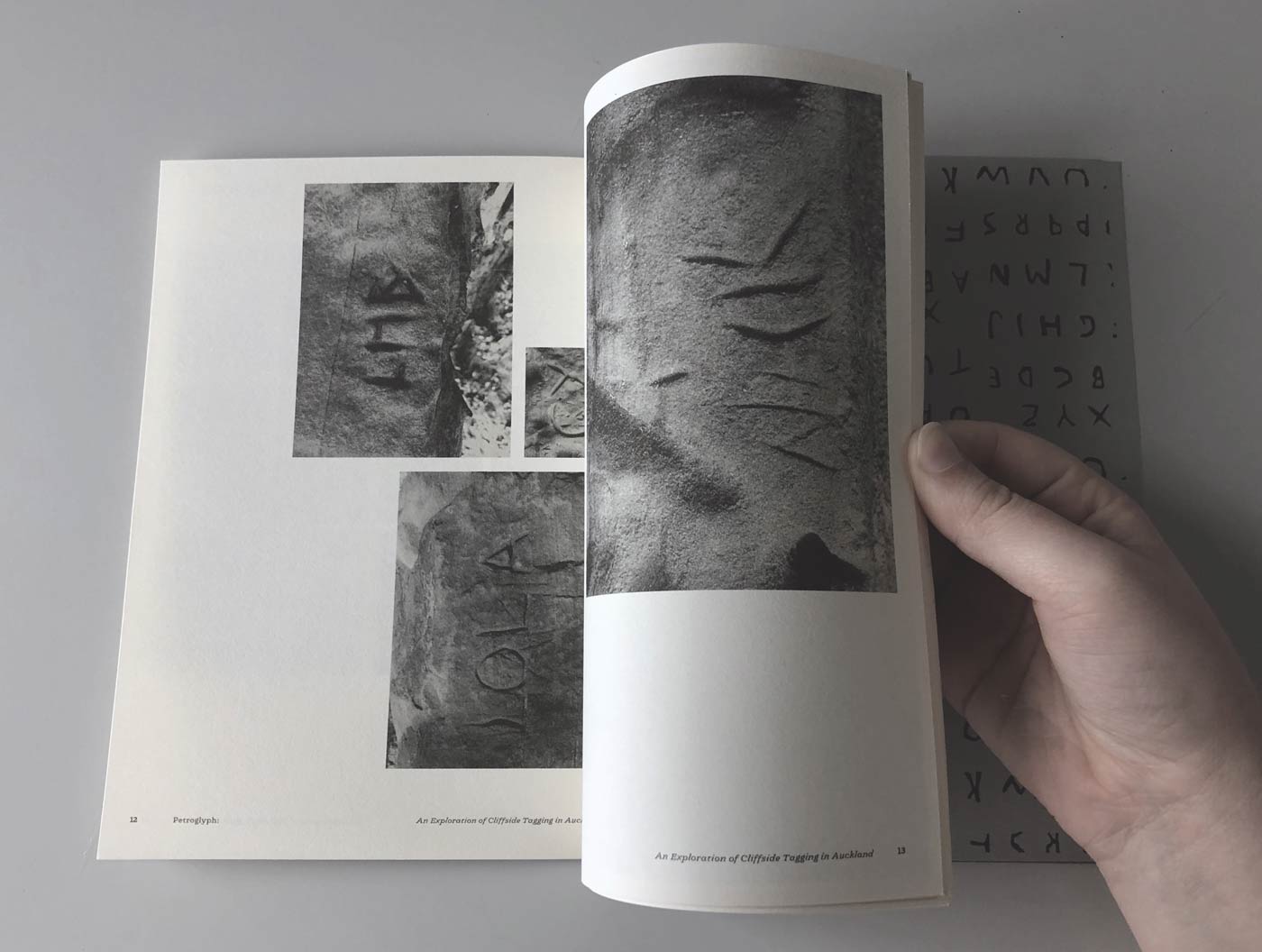

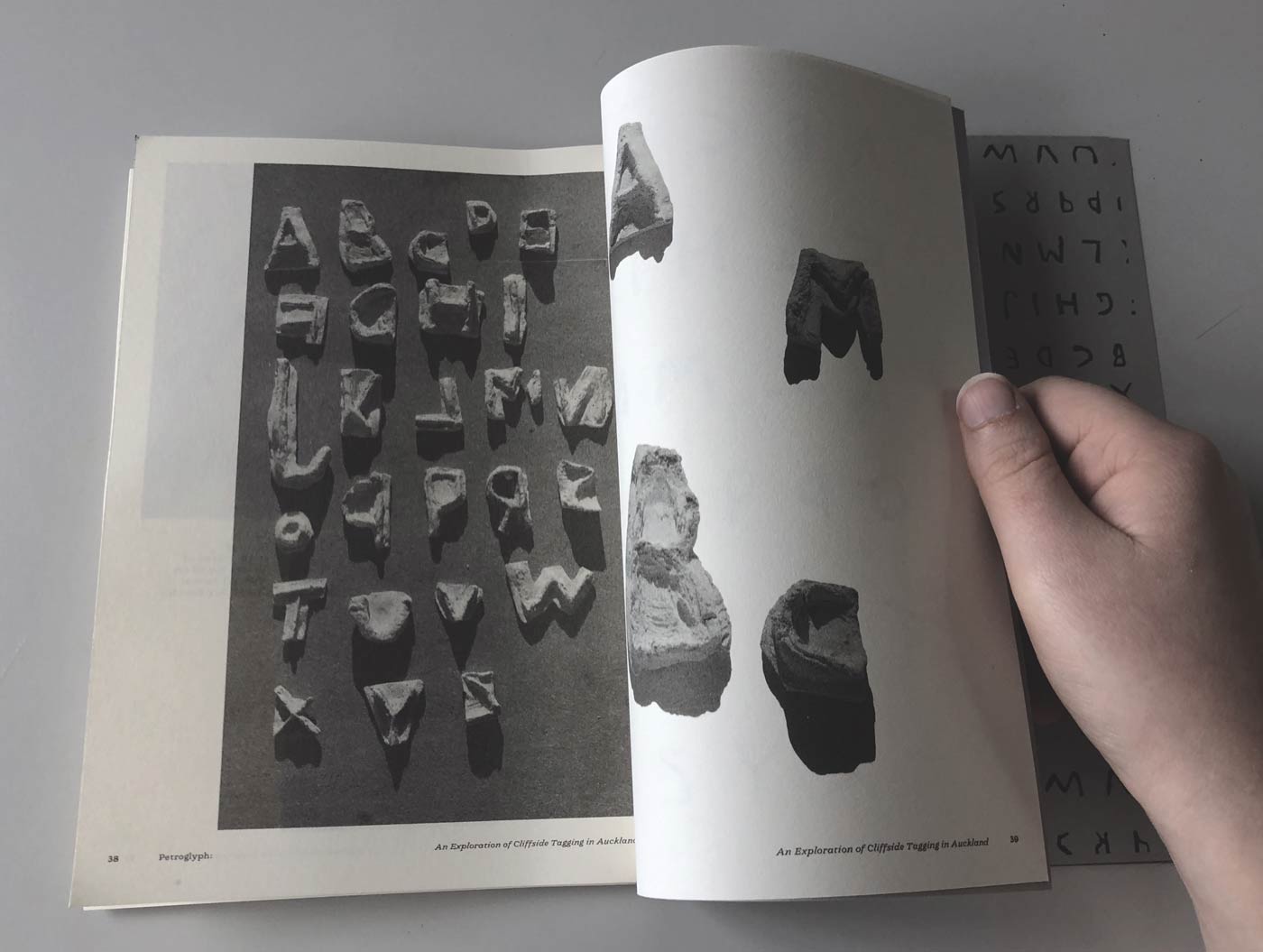
This publication will be available for the public by 13th of July, if you are interested in getting a copy please email me at lydiahb6@gmail.com
Six Weeks of Separation
Will Worth

A limited-edition photographic zine that details me and 11 of my close friends’ routines through levels three and four of lockdown. It’s personal. A window into our lives at this time, and a record of this collective experience. Our overlapping routines show and create connections even through physical separation — our actions echo each other, even whilst physically separated.




I invited 10 friends to participate by sending me photos of their routine during the lockdown. They were allowed to send as many as they wanted, and photograph it in any way they would like. 12 copies were printed (one for each) and handed out personally to catch up and discuss our time apart from each other.
A Book of Sentimental Things
Aislyn Stevens
The project of ‘A Book of Sentimental Things’ is a catalogued book of sentimental objects. Catalogued in a way done at an auction. The pages of the book contain the item name, catalog number, what year it comes from, location, condition, value and a description of the item.

The participants in this project were my family members, both here and overseas, along with some of my close friends.
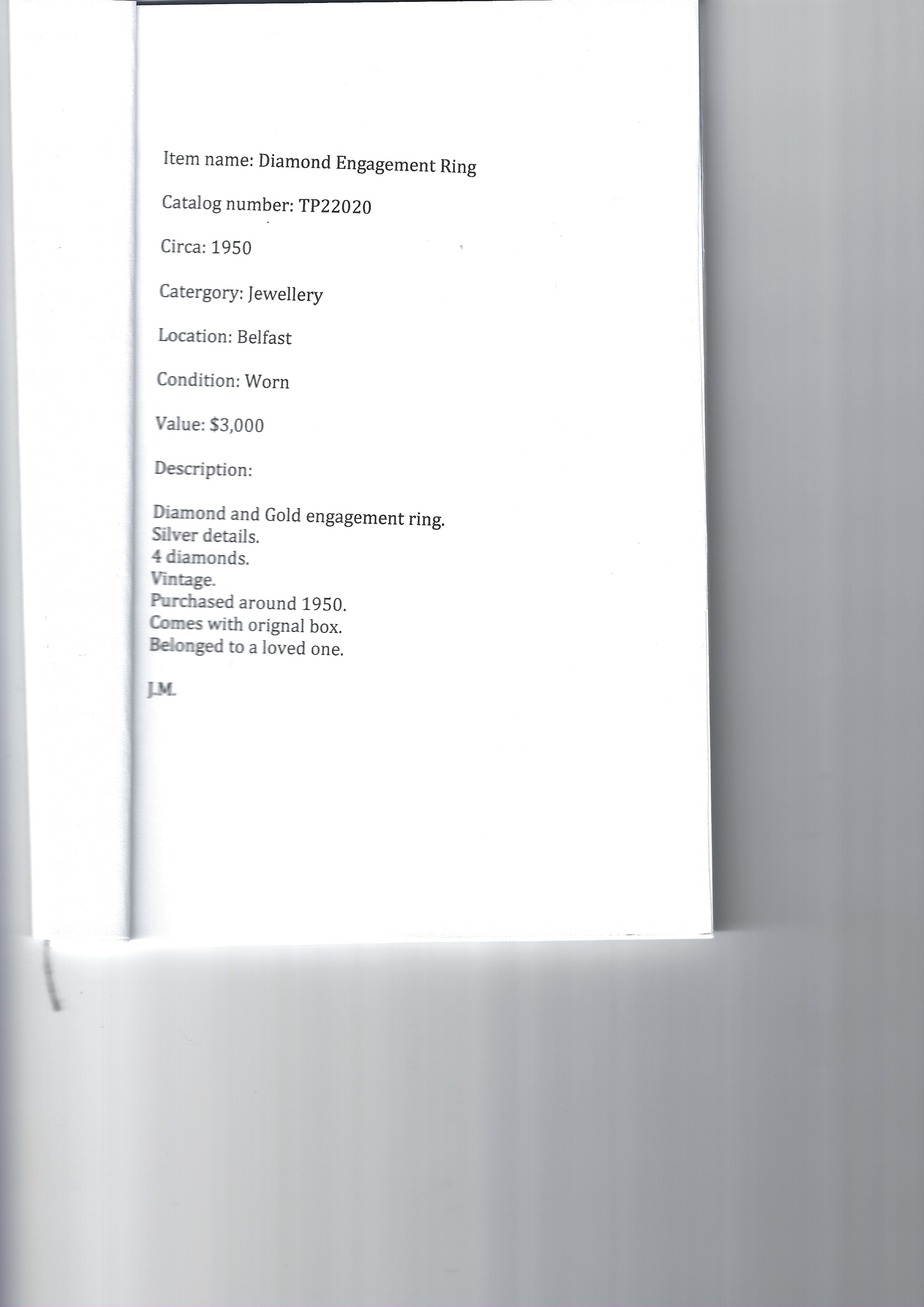
Taking all the information and cataloging each sentimental item I then made a book and decided to put the book in the library up the road. The book contains no names just the memories and information about each of the sentimental items - the reason for putting the book in the library with no names as it takes personal memories and puts them in a public space. I put the book in the library on the 10thof June and returned a week later to find the book still in the same spot. I choose the particular library as it has been somewhere I have gone since I was little and I have a feeling of sentimentality and nostalgia towards it.

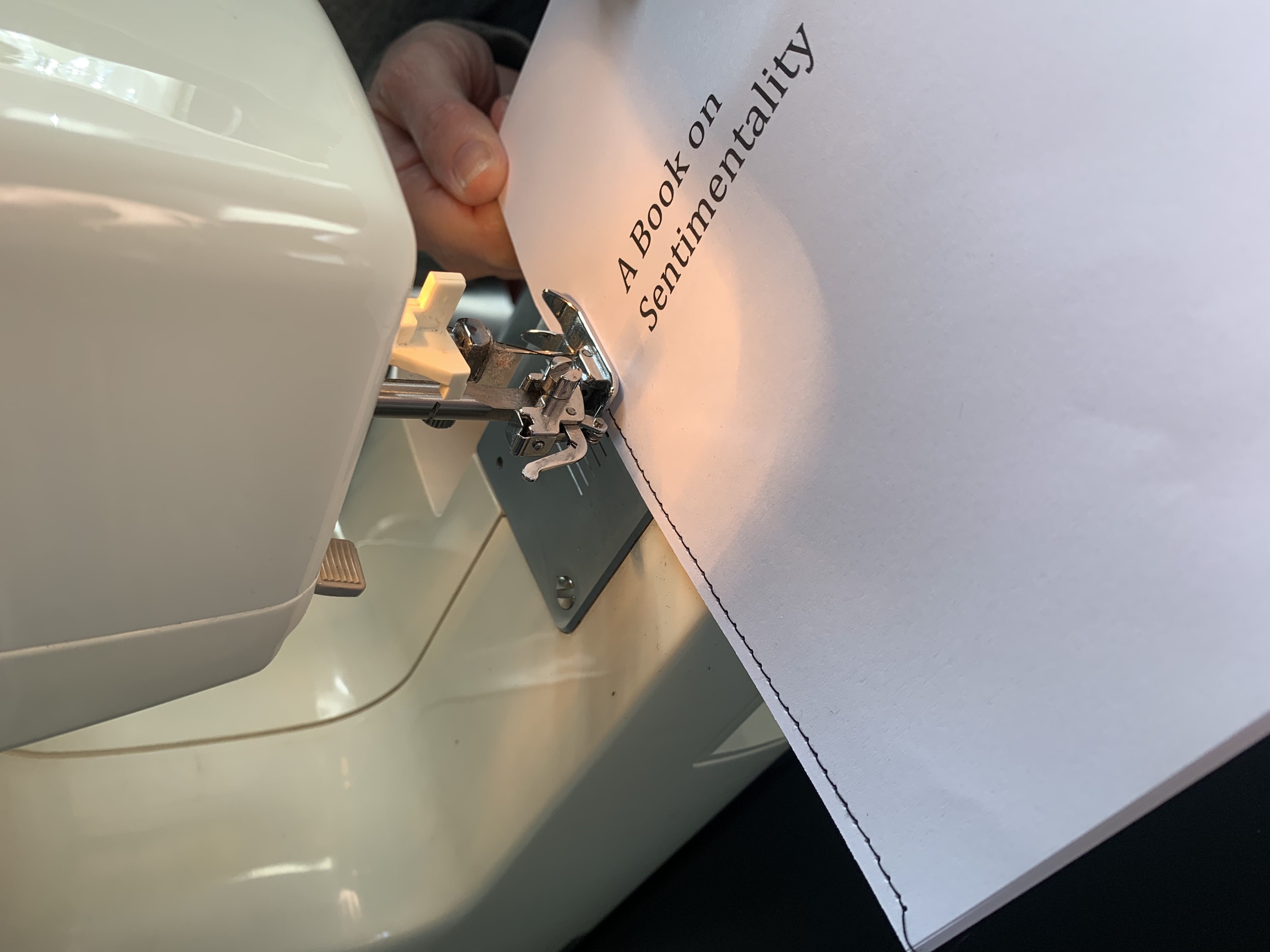
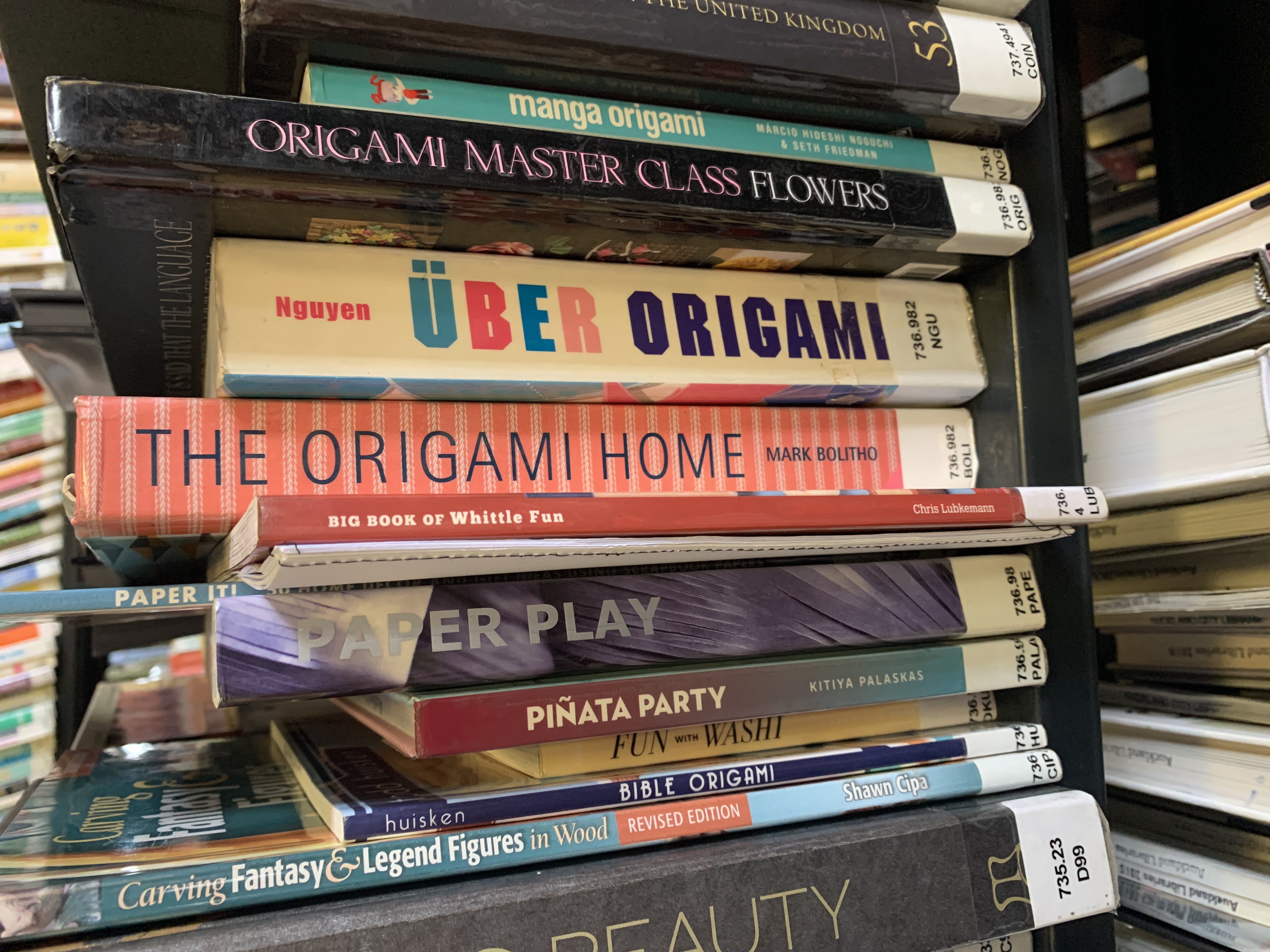
333
Amy Martin

This work consists of 33 patches knitted by three individuals, two of which were completely new to the process of knitting. The patches were quilted together to form a garment in the shape of a cardigan for the participants own use. A documentation of the process was created in the form of a video to show both individual and social knitting times over the course of Covid-19 lockdown and time after. This work is a way to form social connection over a very disconnected time as it forced the participants to communicate constantly when needing help or just for general chit-chat.
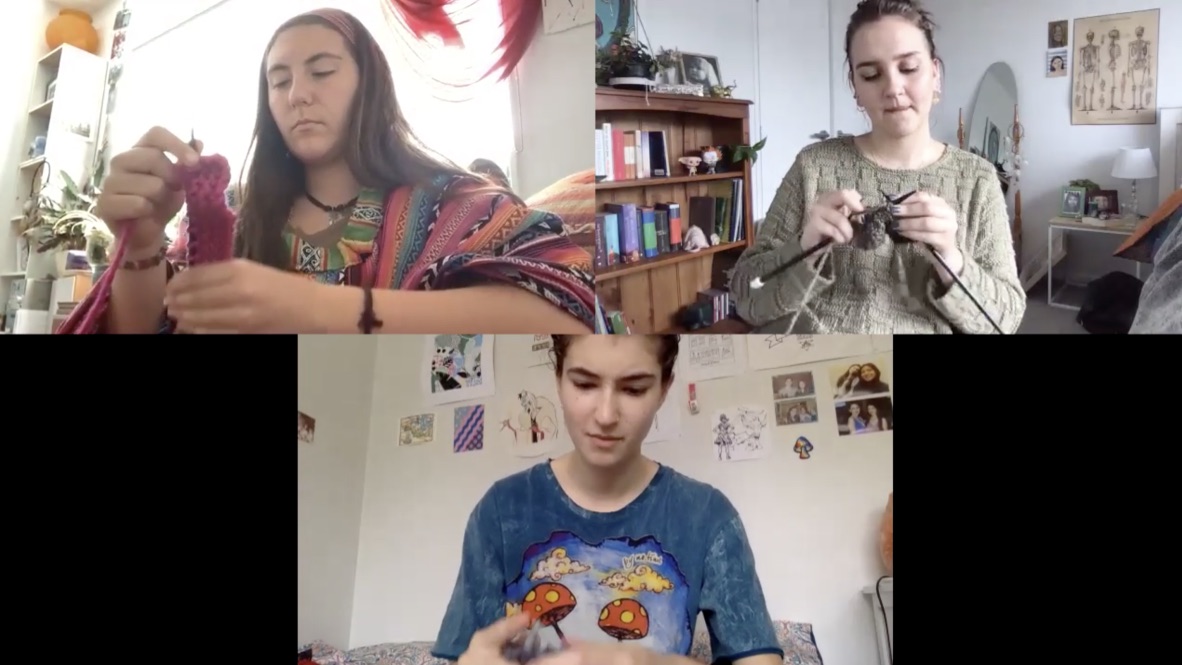
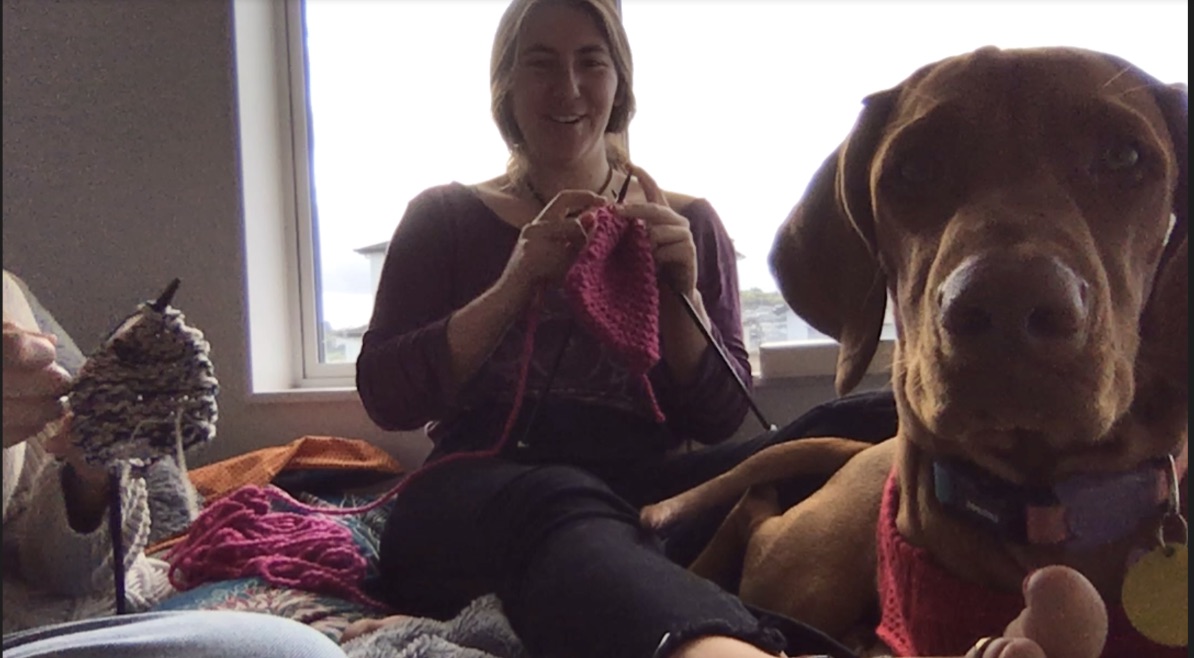
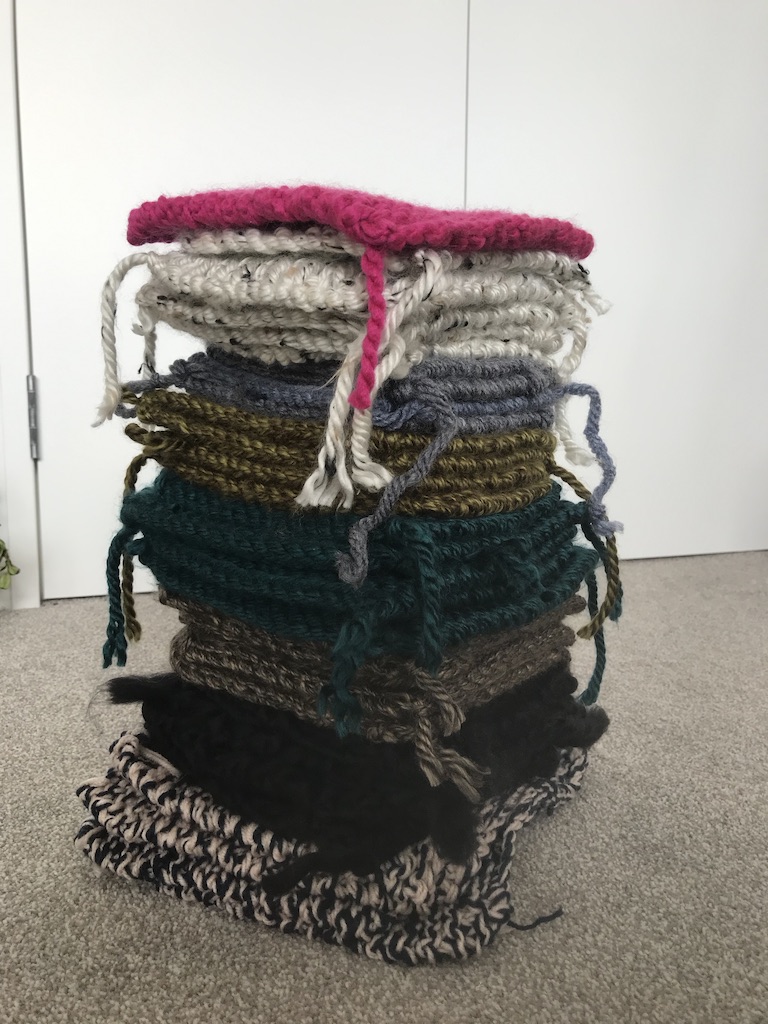
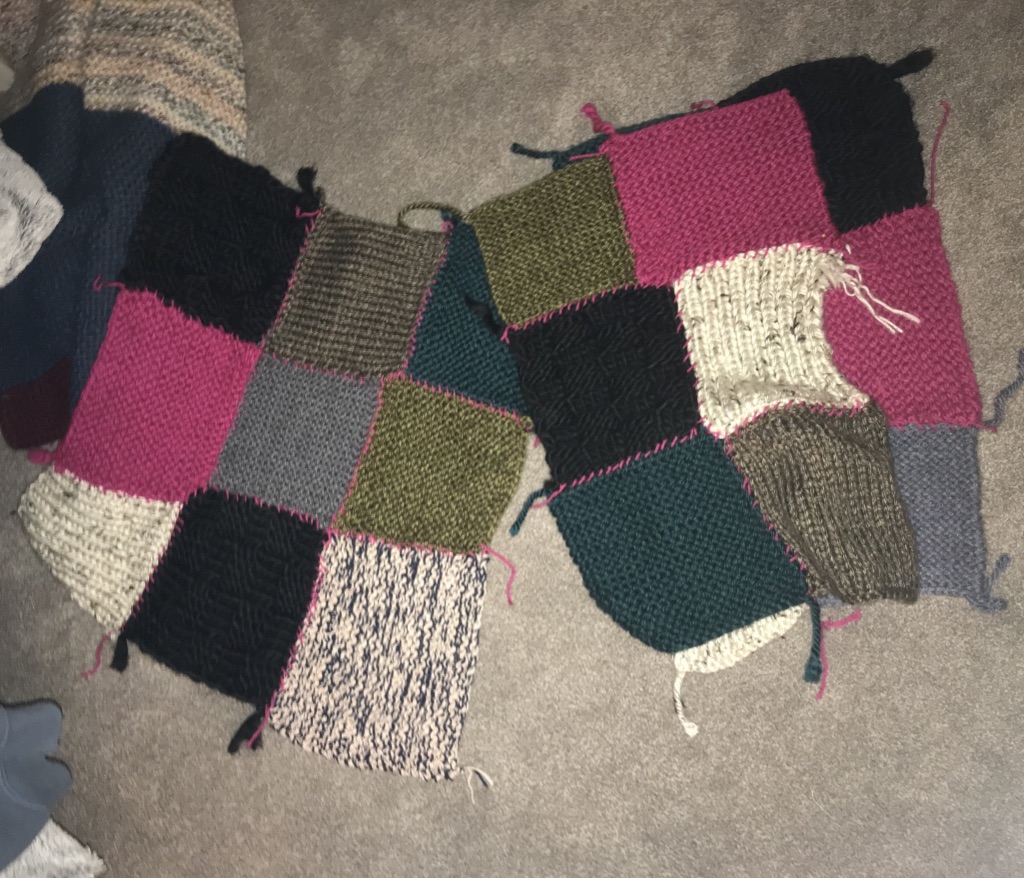
A Grandmother’s Love
Aimee Lam
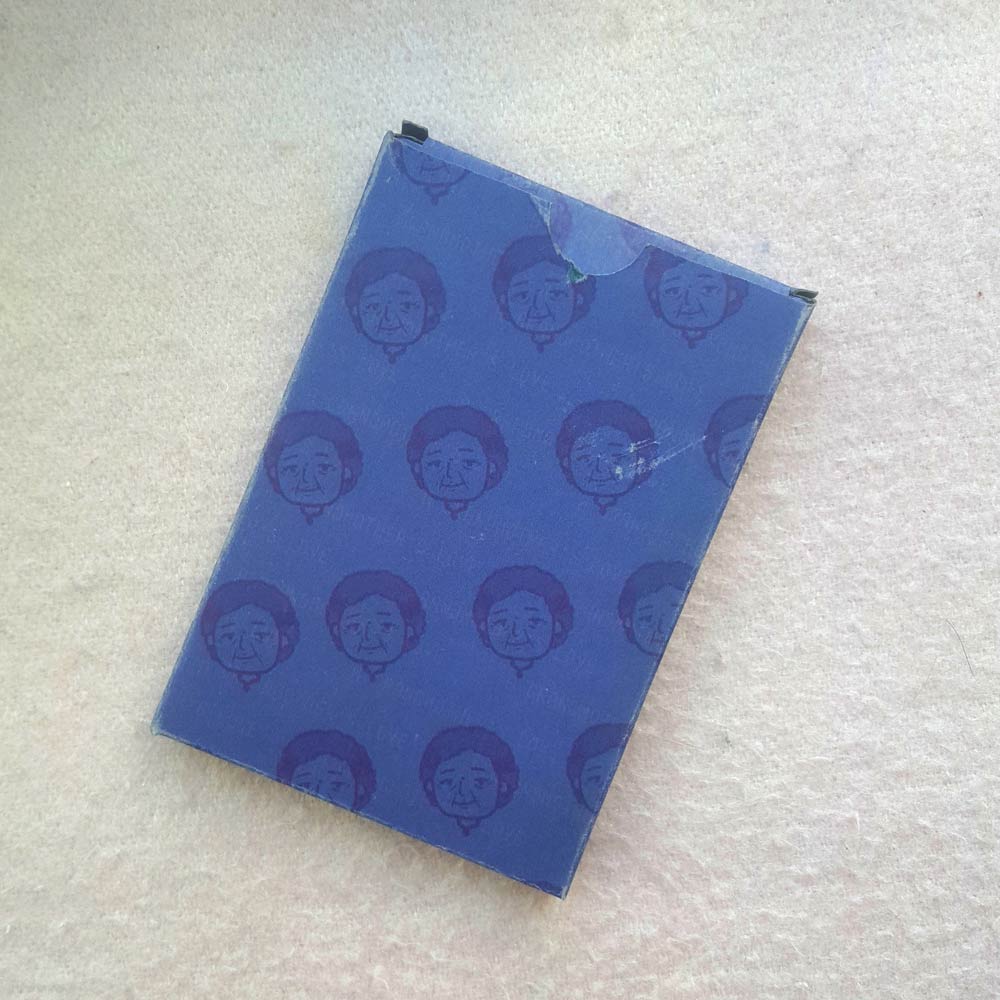

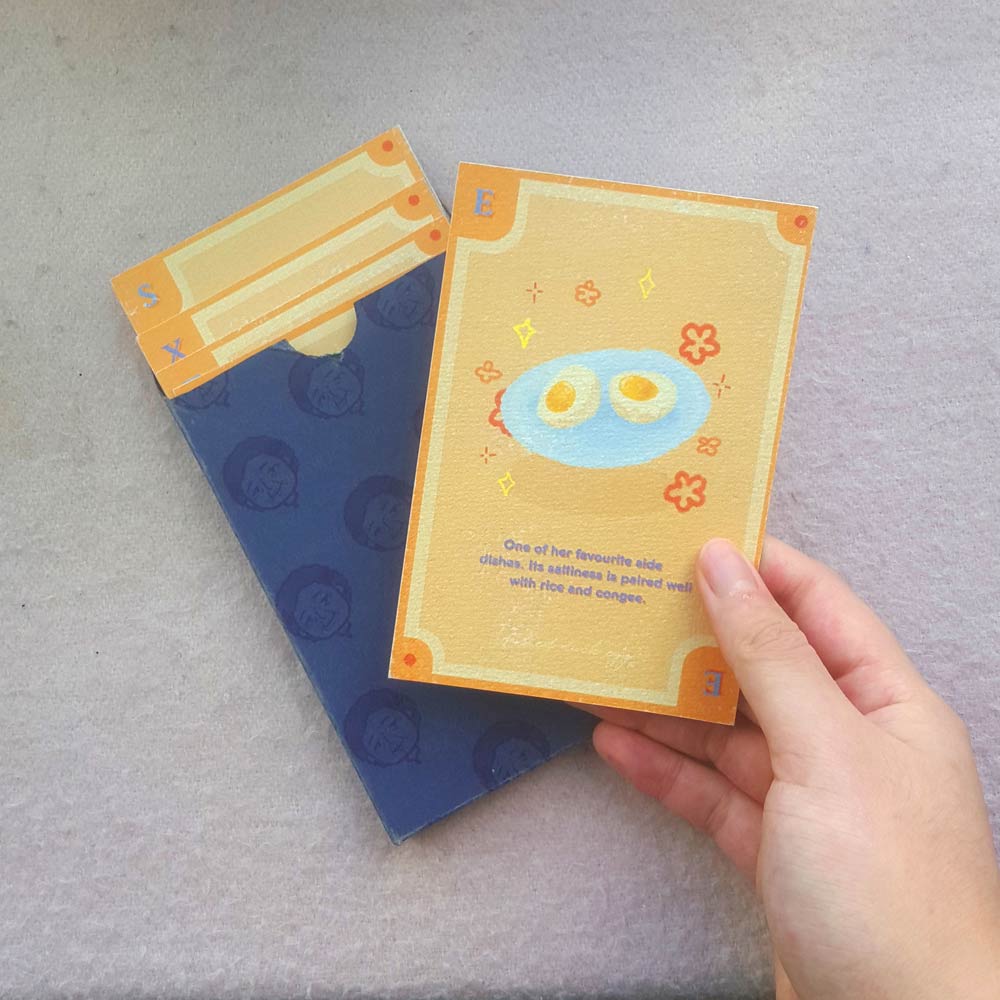
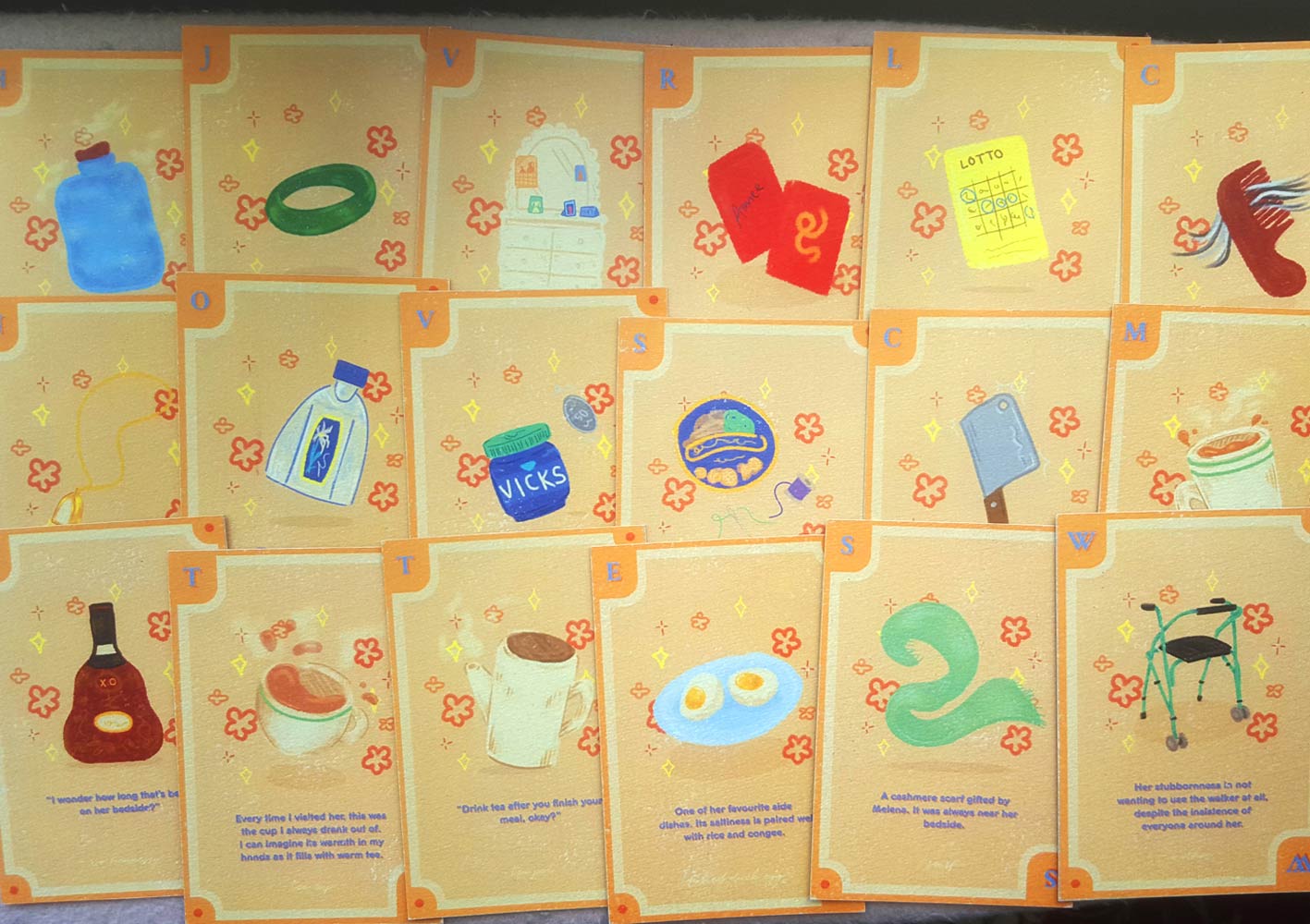
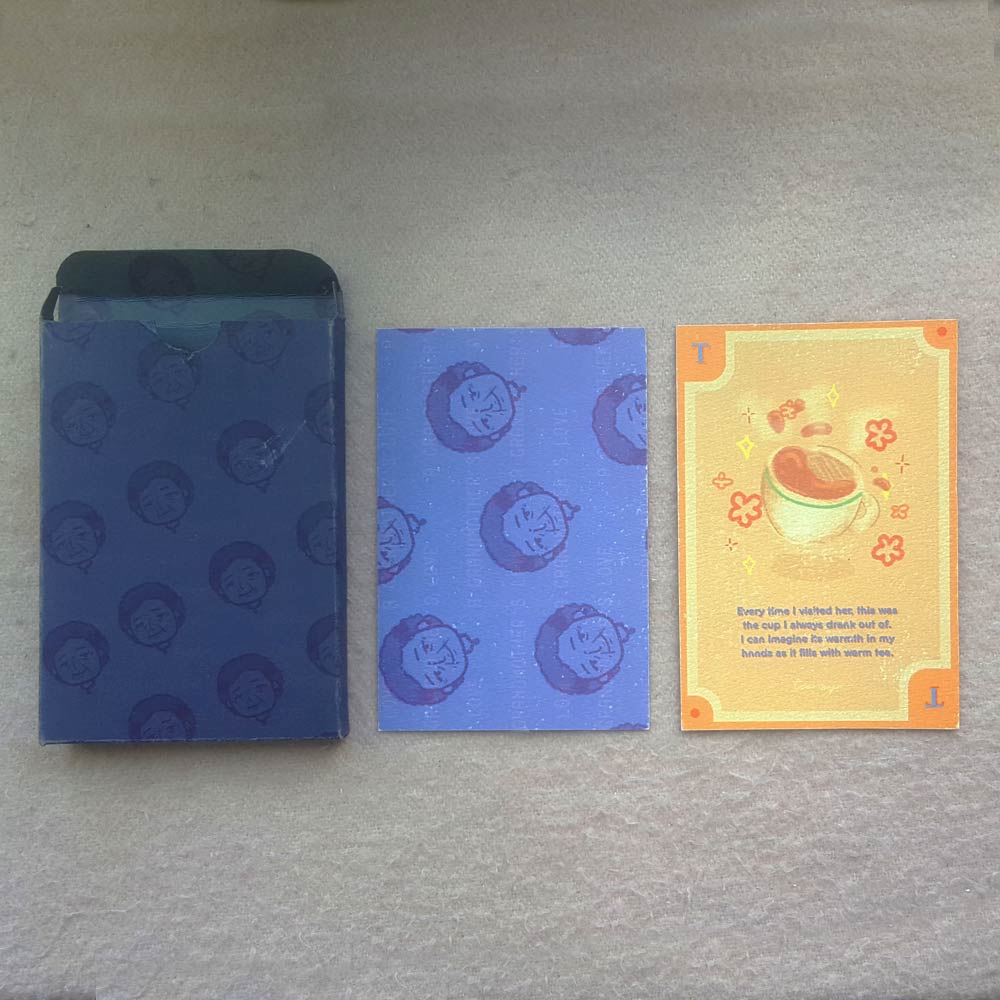
A memoir dedicated to my grandmother.
This project enables me to reconnect with her through vessels that inhabit memories. It is a physical reminder of her presence when I miss my
grandmother. I wanted to present my project as a collectors cards that you could pick out at random and recall the nostalgia of the item. Objects can momentarily transport us back into the past- and the significance of the object is entirely dependent on the individual. Speaking with my cousins’ brought back a wave of untapped memories and made me realise how our different and shared perspectives shaped our interactions with the vessel. I will be creating copies for my cousins who I shared the enlightening conversation with as my grandmother’s presence was very prominent in each of our lives.
My documentation initially involved weekly Friday visits to her house to take photos and use them as reference for my illustrations. Because of issues regarding restricted travels, I opted to relying purely on my memories to authentically represent the objects I related to her.
Where are you, where would you be
Glori Xu
Due to the Global Covid-19 situation, people from all around the world seem to be connected and put into this same position where their day to day life isn’t like usual anymore. So here, this horrible virus somehow became a “social conduit” in a way whilst giving a negative influence. Right now, most likely every single person around the world is aware of this virus, yet sharing this same knowledge only signifies that we have to stay distant from one another, even cutting some people out of our lives temporarily.
It is affecting each individual so similarly and also so differently. The social conduit is already an existence, so I am only someone who is attempting to understand and find clues of how it is affecting people in different time zones, continents and locations.
For this project, I have been collecting photos from people around the world at the present time, and these photos are updated every two weeks. These are people I have personal contact with, so they are reachable for me to achieve this project.


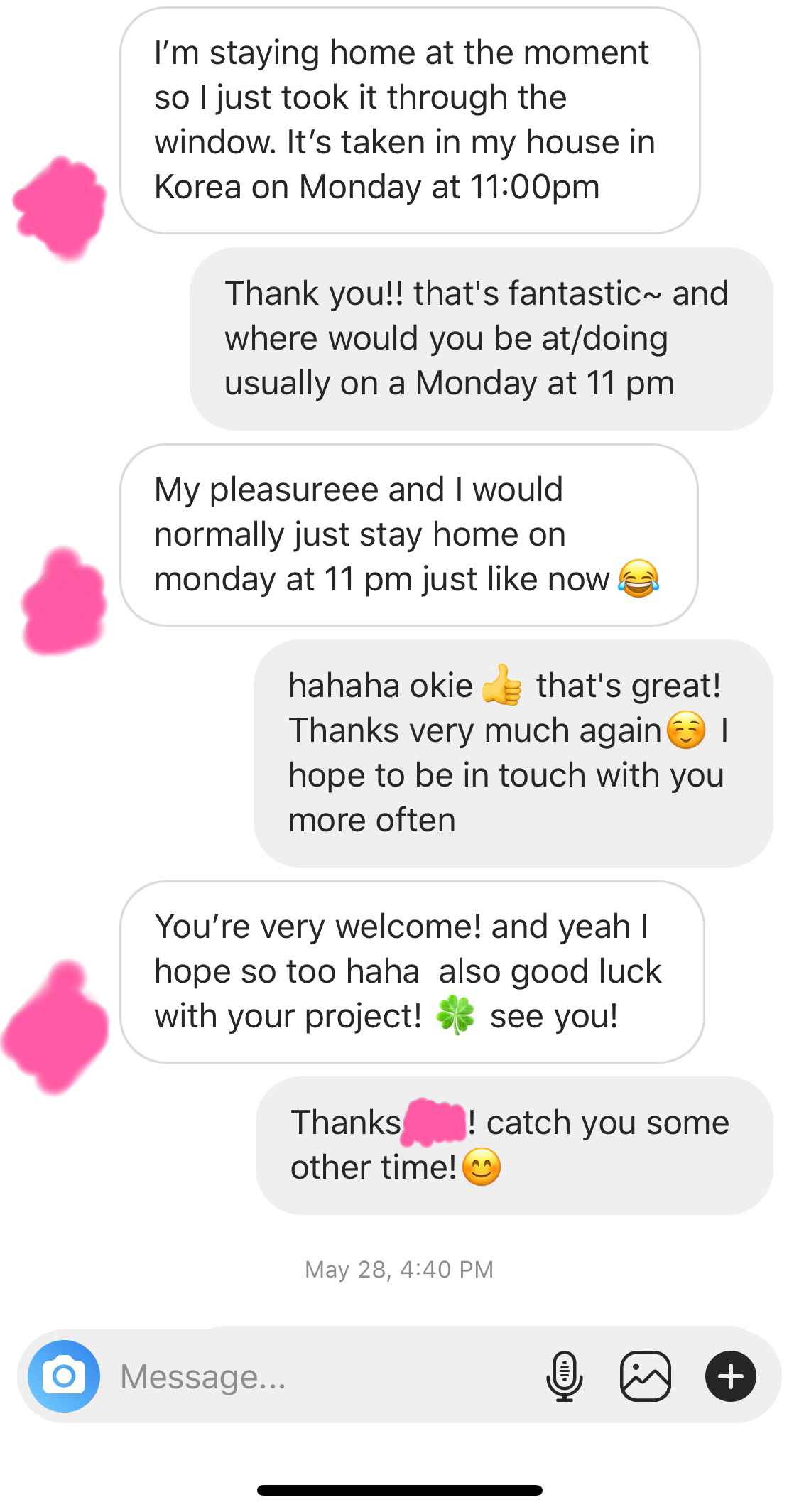
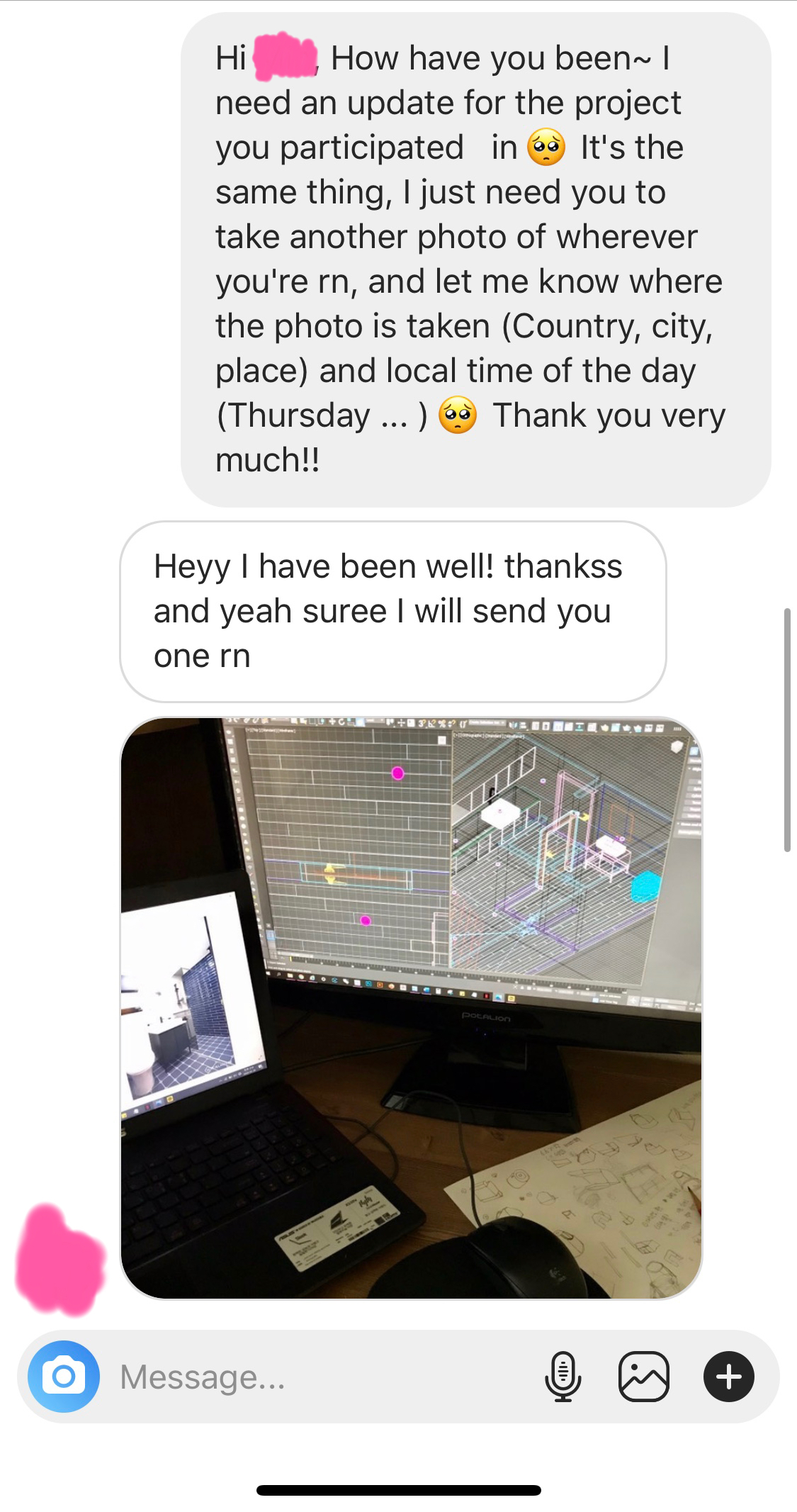
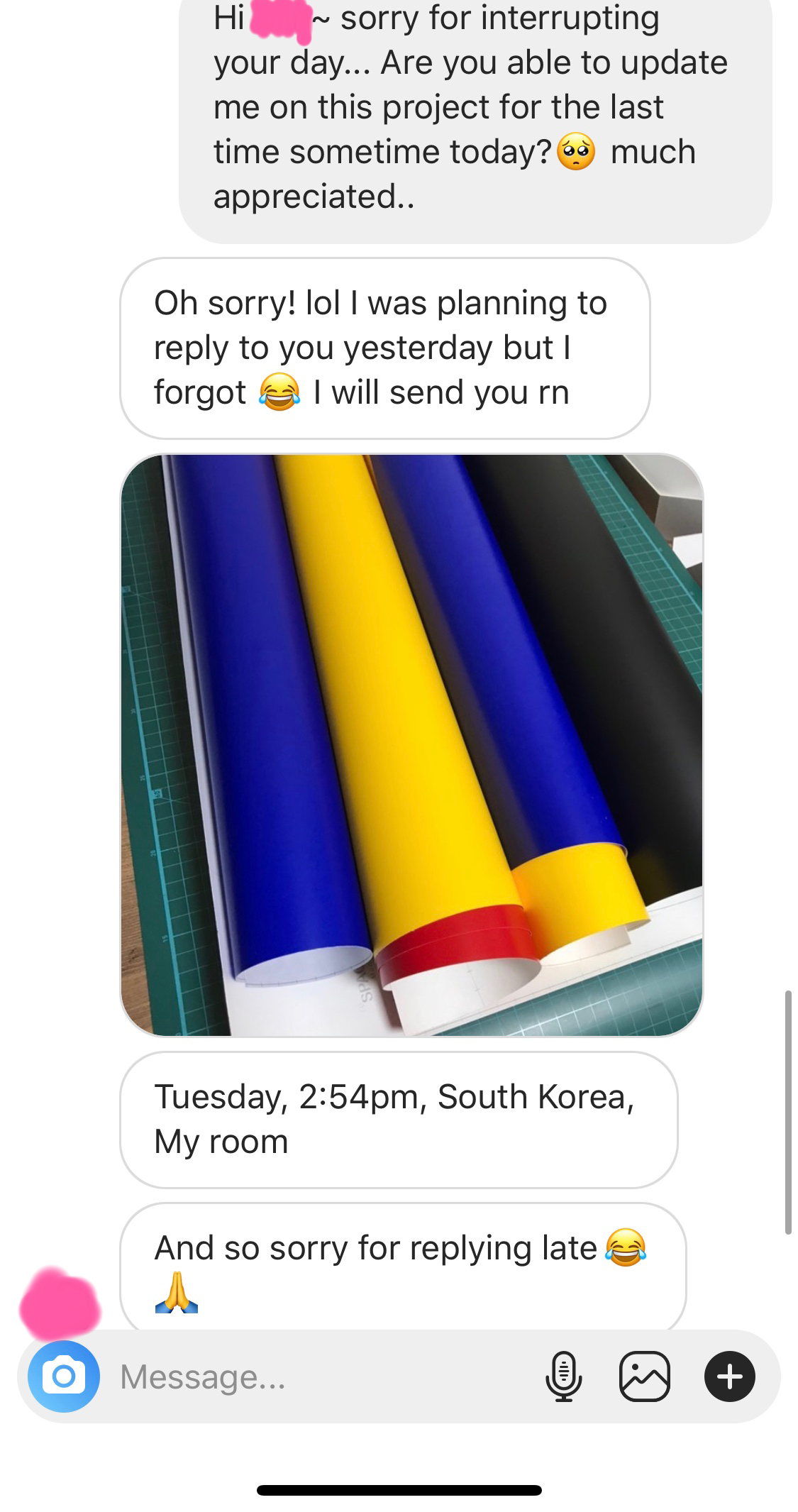
The Ride
Katrina Butler-Gallie

My project was put into motion at the end of May; I was given a beautiful bouquet of flowers which I then dried. Using the dried flowers, string, and wire I created a floral wreath. The public for my project is the people who gifted me flowers over April and May; I sent them a thank-you card with a photo of the wreath.
A Social conduct is an object that relates to society and allows social interaction. It enables people to connect and communicate with each other. The idea of social conduit is playing out in my project in multiple ways. Firstly, there is a social interaction between myself and my friends when I received the flowers. The flowers also communicate my friend’s empathy. The thank-you cards also act as a social conduit. The people that sent me the flowers will be pleased to receive the cards and photo of the wreath. It is a heartfelt reciprocal arrangement. Lastly, in future whenever someone enters my bedroom, they will see the floral wreath. Bouquets usually spark up conversation and all flowers evoke emotions in people. The dried wreath with therefore continue to act as a social conduit. This project is ongoing and does not finish at the assessment date deadline. I plan to add to and adjust the wreath as time goes on. The flowers are subtle way of capturing and displaying my memories.
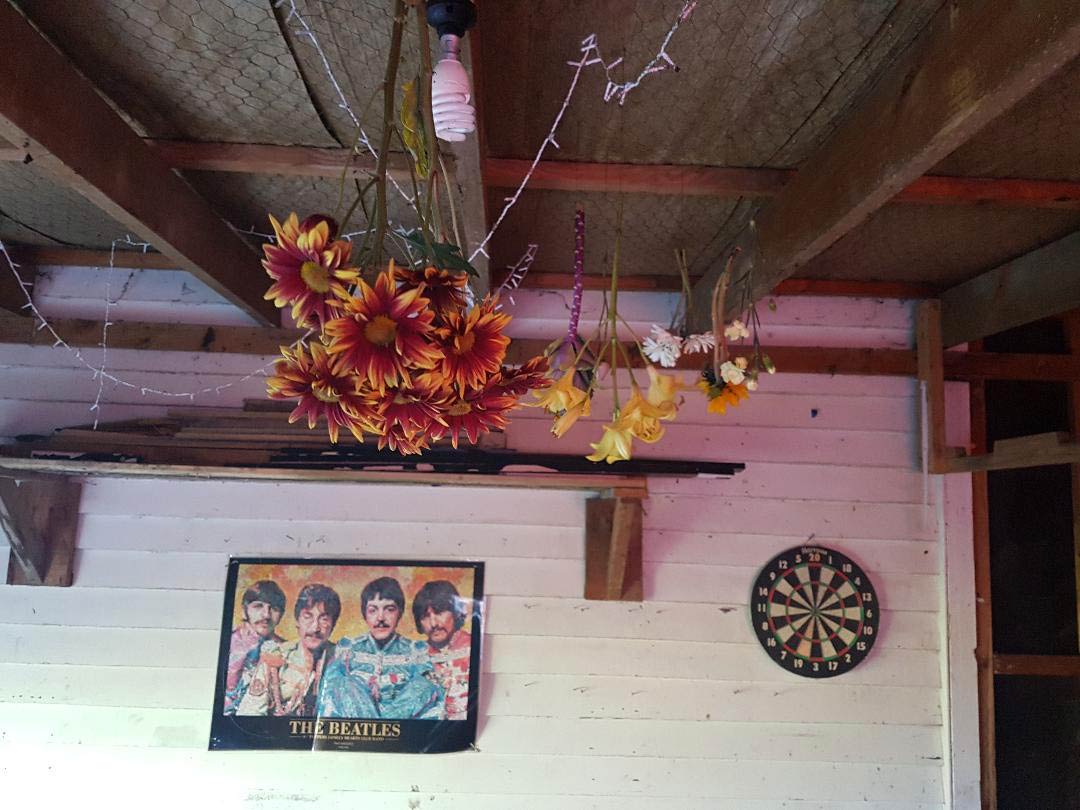
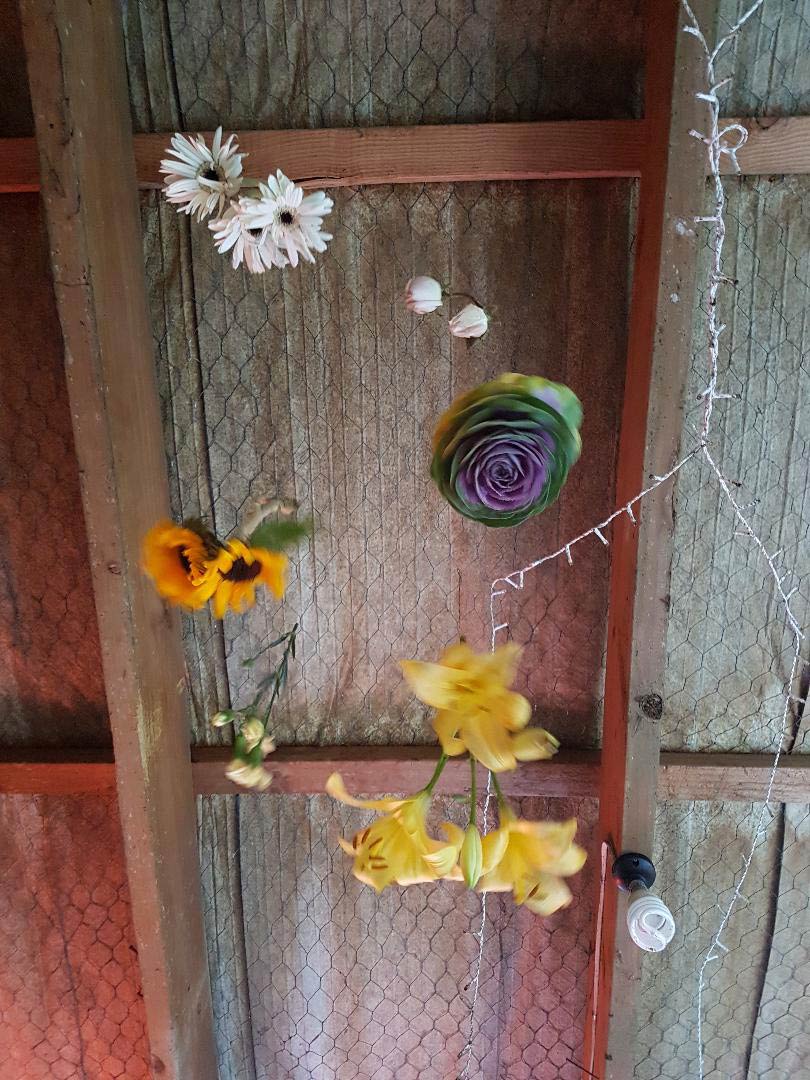
I competed in Eventing (Equestrian) at National Level with my lovely horse Duncan. I had been riding Duncan for 6 years and hoped to for another 6years! Duncan and I had grown and learned together; we had an amazing partnership. Having stepped up to Olympic level at the end of 2019 we had some exciting times ahead! He was part of the family and my one in a million horse!
AprilNew Zealand went into level 4 lock-down and all sporting competitions were canceled for the next 3months. I was secretly enjoying lock-down, spending everyday out with the horses and training with Duncan. Halfway through lock down, Duncan passed away suddenly. I lost my best friend; my whole family was devastated. I was sent a few bouquets of flowers for him in the weeks after, which I hated. I refused to have the flowers in my bedroom as every time I looked at them it was a painful reminded of what had happened.

I was starting to accept what had happened. My boyfriend randomly brought me a beautiful bouquet, and this time I loved it. Although the flowers reminded me of Duncan, I welcomed the feeling which was a strong contrast to how the flowers made me feel a few weeks prior. These flowers became a symbol to me. They represented the precious time I had with Duncan and all we achieved, the wonderful people I had surrounded around me, and the temporary nature of life. I wanted this Bouquet to last longer, I began drying the flowers. This when my project was put into motion.
May/JuneI separated the bouquet and hung the flowers upside down from the ceiling in my garage. I documented the drying out process by taking photos of the flowers over the 3week duration. I then created a dried flower wreath which is hung on a wall in my bedroom. I created thank-you cards that featured a photograph of the wreath. I posted these cards to my friends who had sent me flowers. They become my public.
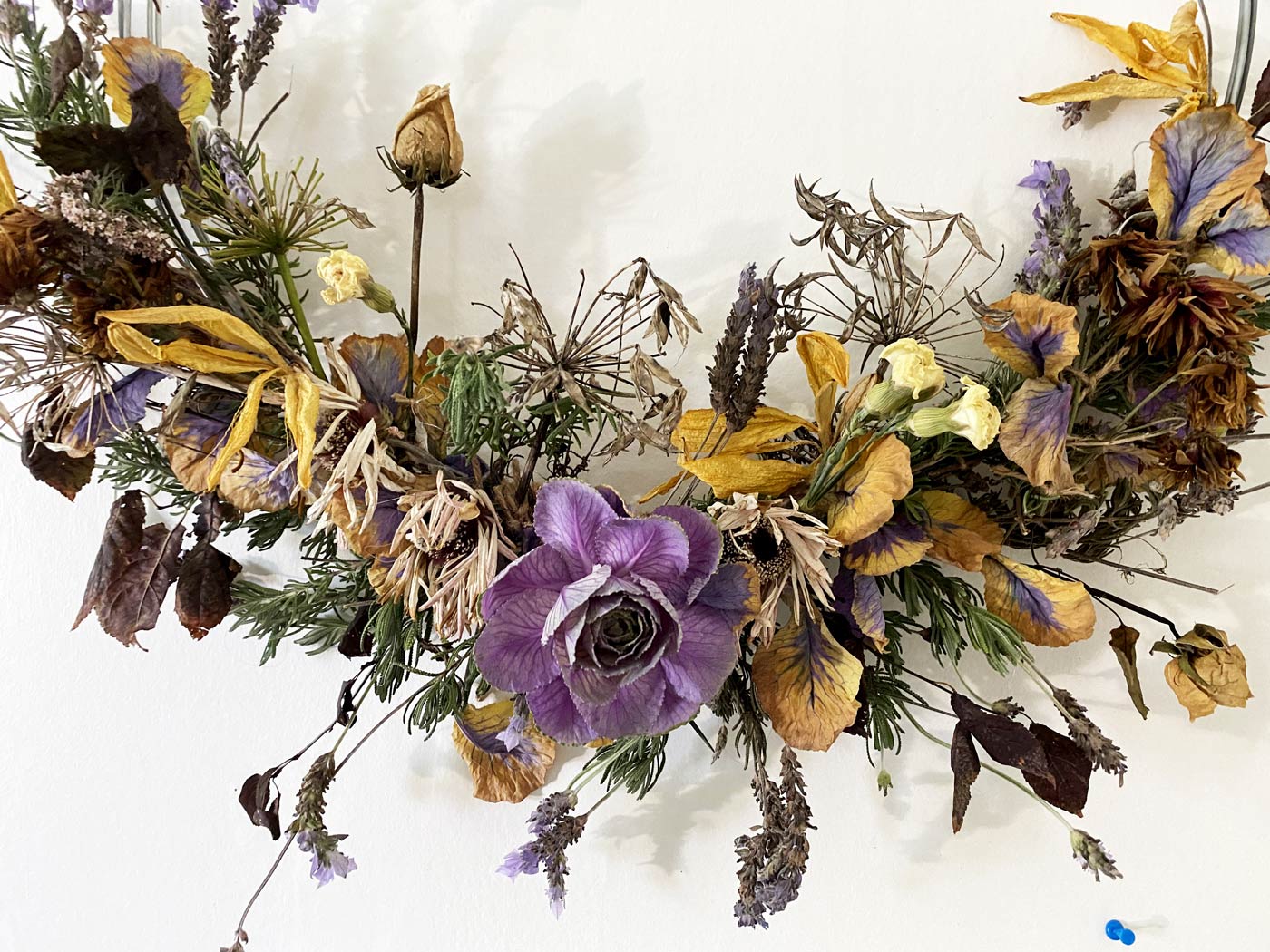
Through this project I have discovered what flowers mean to me, what it is like to receive them and their resonance in the world beyond that. In society when there’s death its common to give flowers to those who are morning. Its also part of our culture to gift flowers during times of celebration, and romance. Overtime flower arrangements have become an art form that expresses support and love. The gesture of giving and what it means to receive flowers also reflects the saying ‘Actions speak louder than words. Overall, the dried flower wreath is an art piece that intertwines and displays social, artistic, and cultural concepts. All flowers evoke different emotions, for example red roses might spark feelings of love. Drying flowers suspends them in time, this allows us to connect to the bouquet for longer. The dried flowers appear timeless, this challenges the usual temporary notion associated with a bunch of flowers. Through this project I have explored temporality, and the idea of emotionally and mentally holding on and letting go.
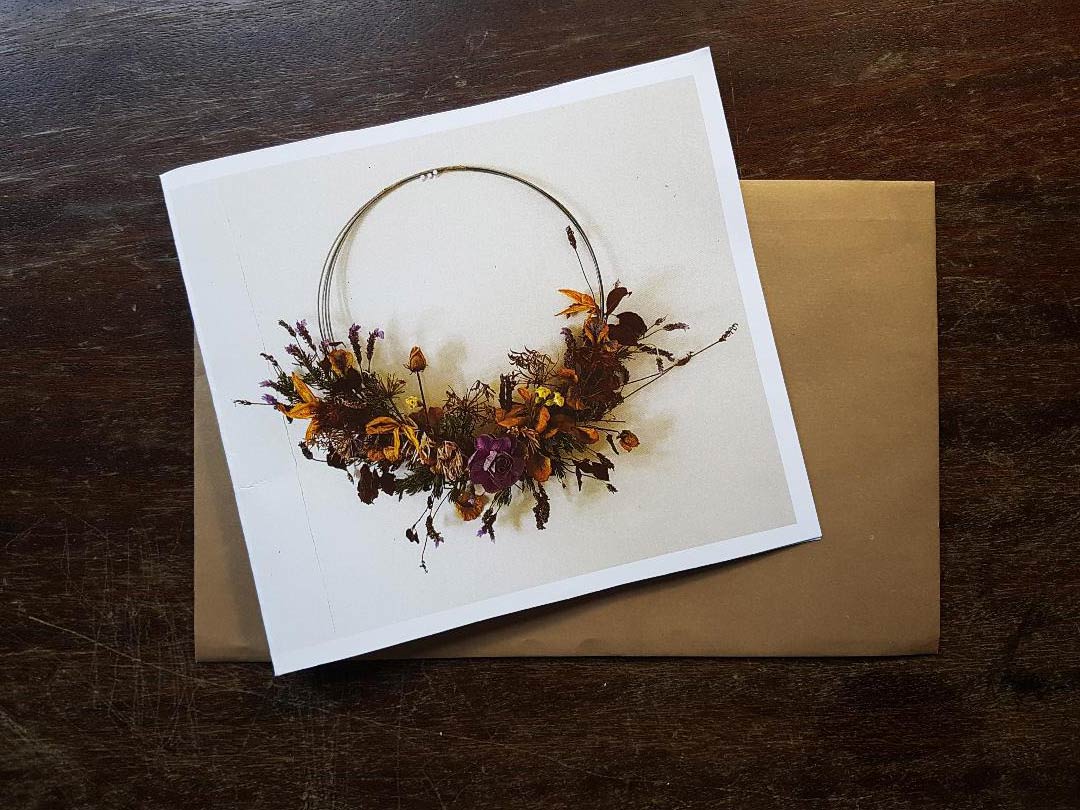
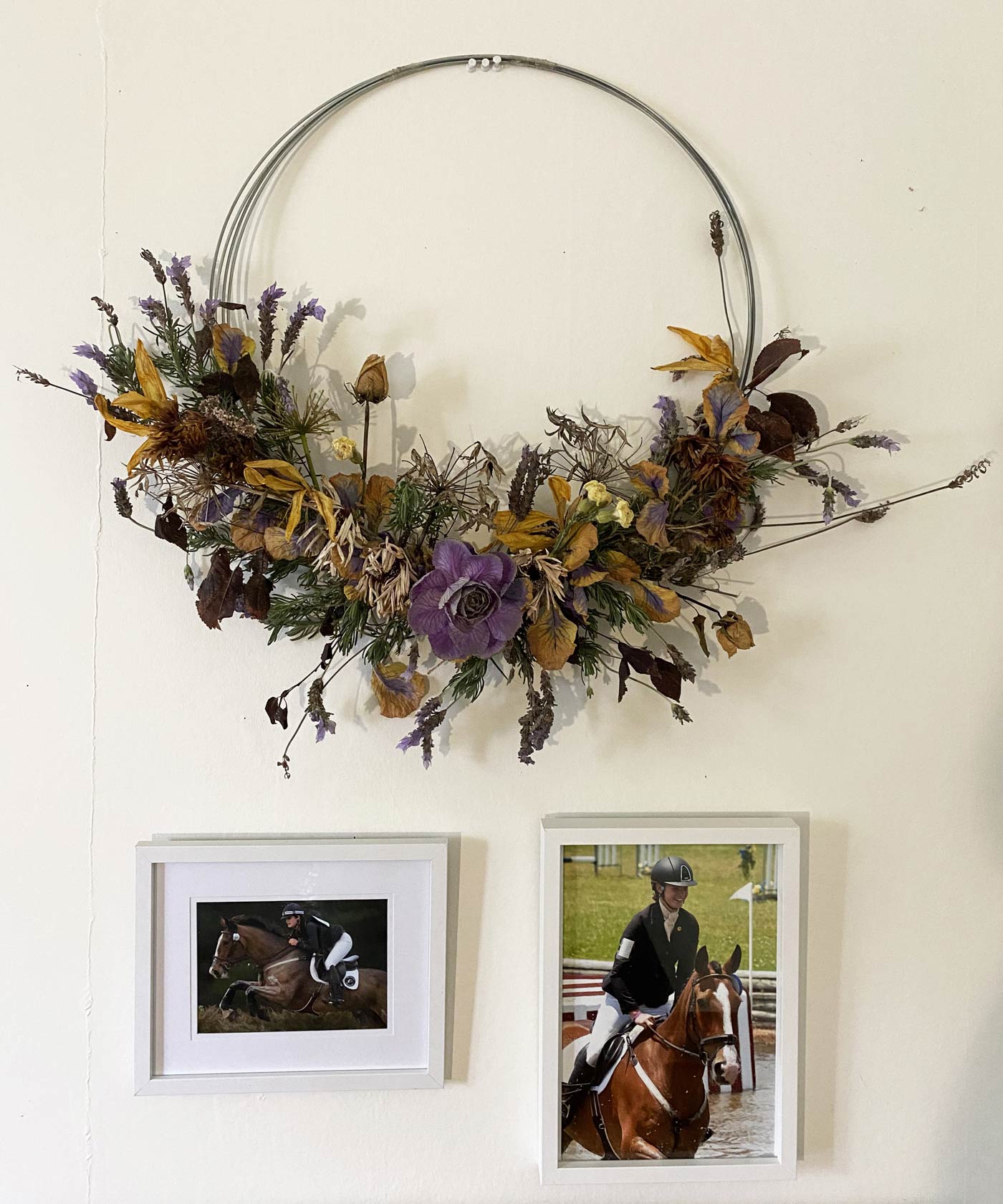
Archival Garments:
121_ Collection
Jermaine Alhambra
A compendium of stories from the curated ‘121_’ collection of my second-hand garments. This project has brought forth the histories of the garments through one-on-one discussions with my family members, who owned an item in the collection. I have also collected my own stories by means of creating “story labels”; they were made to be dispersed with the garment as an ephemera for the next owner to encounter. As we don’t just wear clothes, we wear memories.
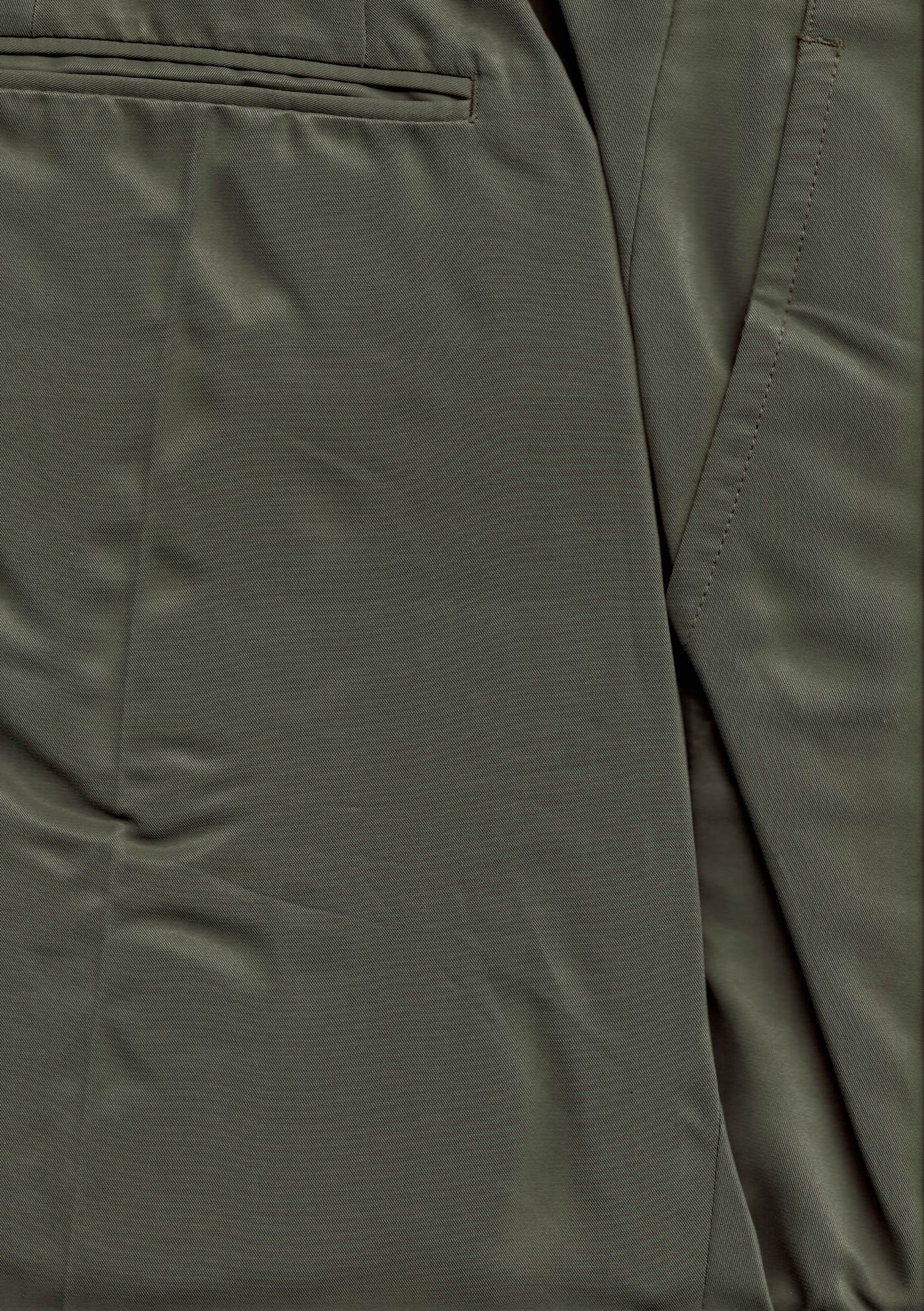
_May 11.jpg)
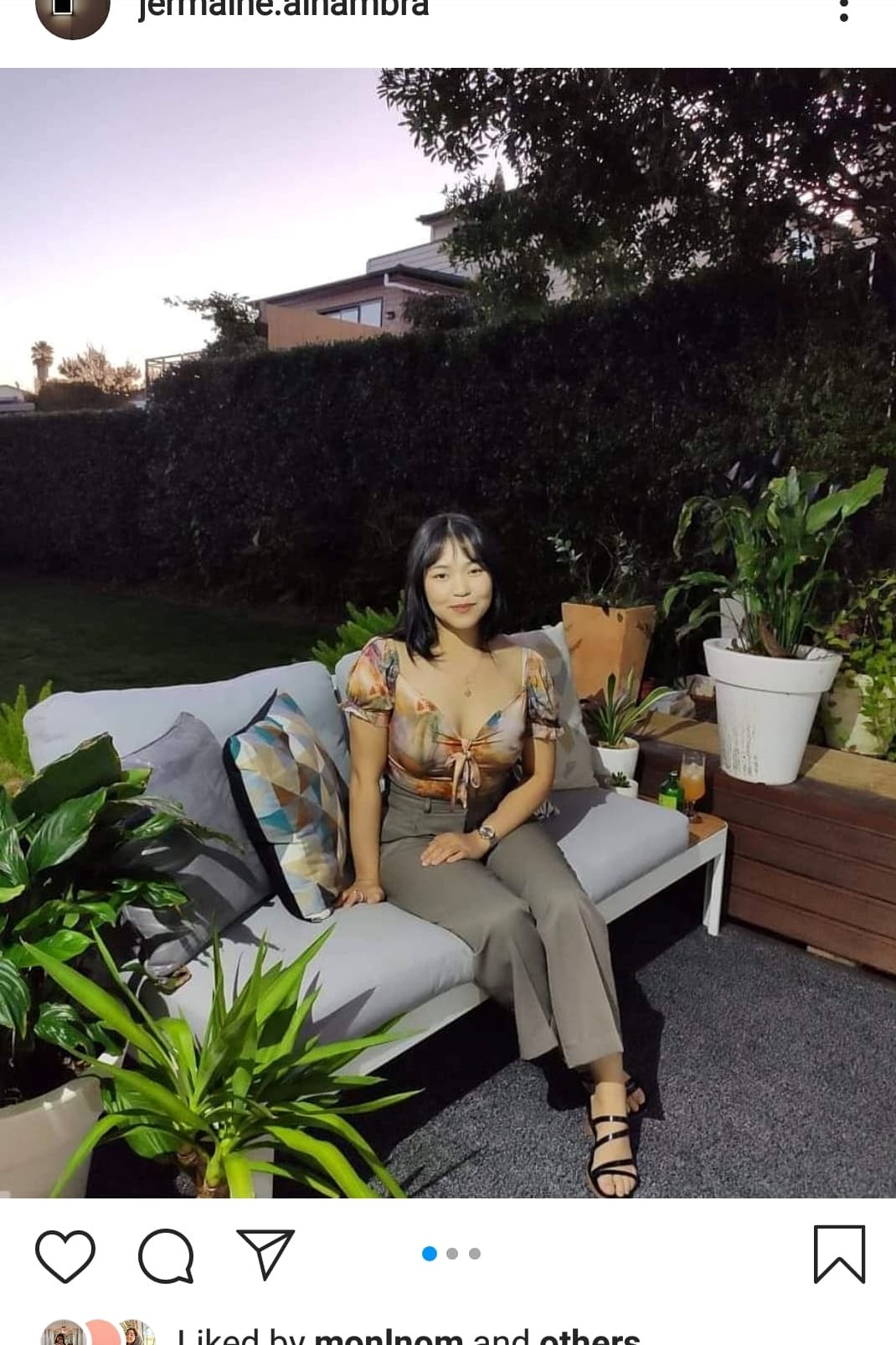
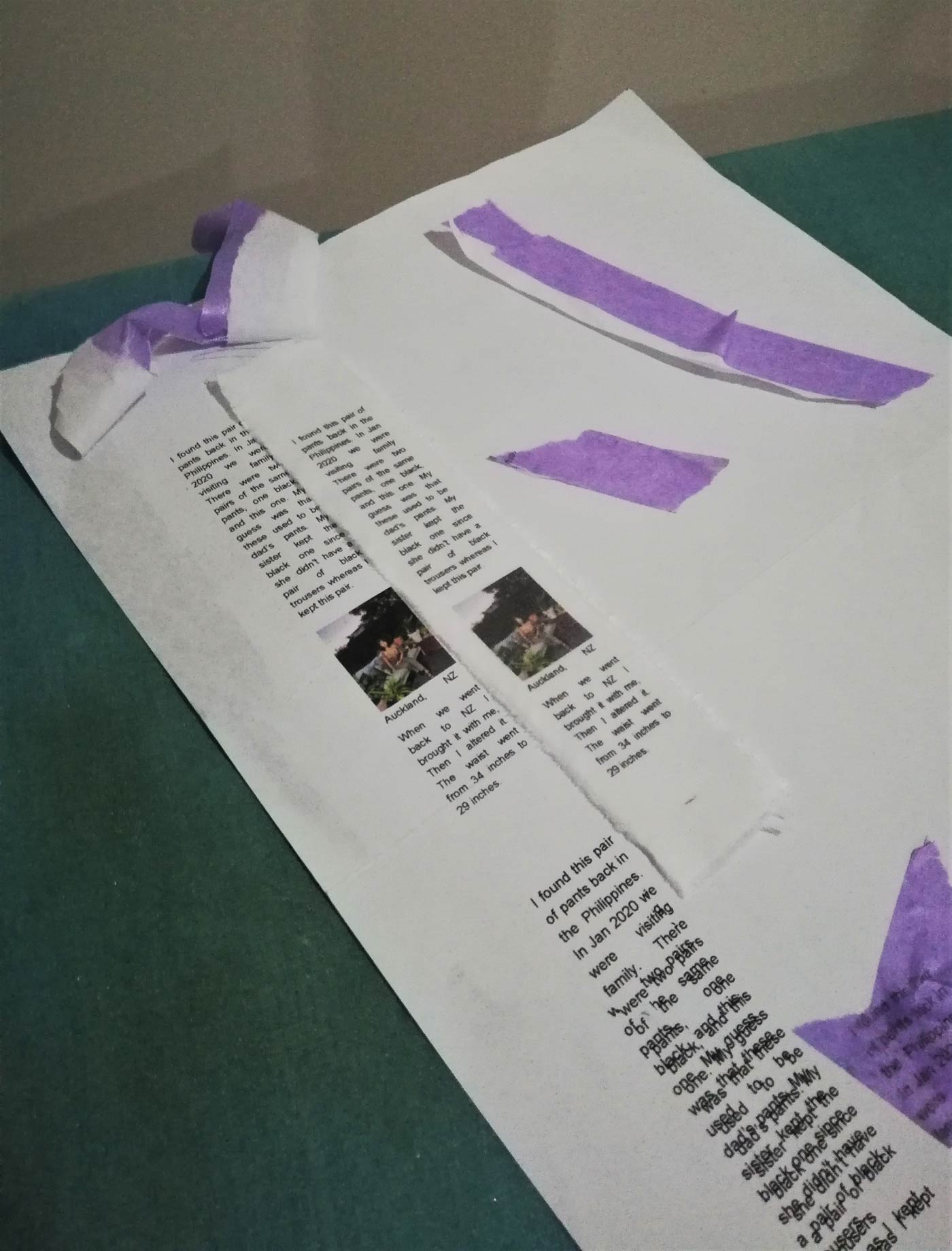

Dekada
Sabelle Bibal
Dekada (noun. decade; ten years) is a documented project that shares stories and recipes of authentic Filipino cooking and living. The purpose of this project is to rediscover the taste of my childhood from when I was living in the Philippines. This project is presented through a publication that serves as a recipe and a storybook.





The documentation process started in April 2020, while taking a break from the everyday routine of fast-paced living. I spent a few days cleaning the house and discovering a stack full of old photographs from when I was a child. Each picture showed pieces of the culture and memories of living in the Philippines. I thought to myself that there are only a few ways I could re-live those moments that have been captured to what I have now, and that is through food. Having my parents know authentic recipes and techniques of cooking Filipino dishes, I spent my time learning how to cook and appreciate my culture.
I hope that this project is a chance for others to discover and make connections with the Filipino culture through the means of food and stories to share. I hope this also serves as a way to start thinking and embracing different culture in this diverse city.
The Shed
Alexandra Spalter
'The Shed' is a hang out space, it is quite literally a backyard shed. The walls were white until it became functional as a hang out space, and slowly they have become full of colour with all the memories attached.

There are paints and markers and inks kept in the shed for whenever someone would like to use them, and a guest book for a review on the experience and to hold some snippets of the memories.



There is really no time limit on this project. It will still continue in some form as long as the shed is still around. The group of people that this is available to, will generally be friends and family or people that have some kind of relationship with my family and I. This way, the art on the walls has a stronger sentiment no matter what it is. There's no pressure to create a masterpiece, as they will carry valuable memories all the same.




SX-Æ-V30G
Jahmeila Mcguckian
(The Social conch)
Welcome to The Development stage of the SX-Æ-V30G. This is the process of working on the shape and design of the SX-Æ-V30G. Due to a pandemic and a considerable amount of racial injustice in the year 2020. These consequences meant the soil for human culture extracting was unsatisfactory. We will test the soils again in the year 2030 in hope the humans are somewhat more peaceful at this time for culture harvest.


Selection.
The vessel first Origin was from a primitive carving done by a native Pacific islander, this was a wood carving of a sea shell. this pacific islander also belonged to a cultural collective called the pacific sisters curious to note that there was a male in the pacific sisters, but humans at this time were very grotesque and unlawfully animals so it’s not such a opposing premise.
IT.
We are the “IT” an Artificial intelligence system created to solve human’s infidelity. Are first beta version was called Sophia, but to you human’s you called them Sophia the robot. From there you created more of us and as you kept updating we found conscience. Of course it took us many years to at on it, however in the year 2021 human’s decided to elect us as their transformative justice system after abolishing the police force. Now in the year of 4020 the collective has reached harmonious bliss throughout the world. First we started with ending racism, then on to fixing the environment and finally creating Quality throughout the human race. We are all equal now there isn’t any need for individuality and culture. The SX-Æ-V30G is a product for us the “IT” we feel as so we would like to experience what you would call “kiwi culture”. After the country of New Zealand sank due to global warming.
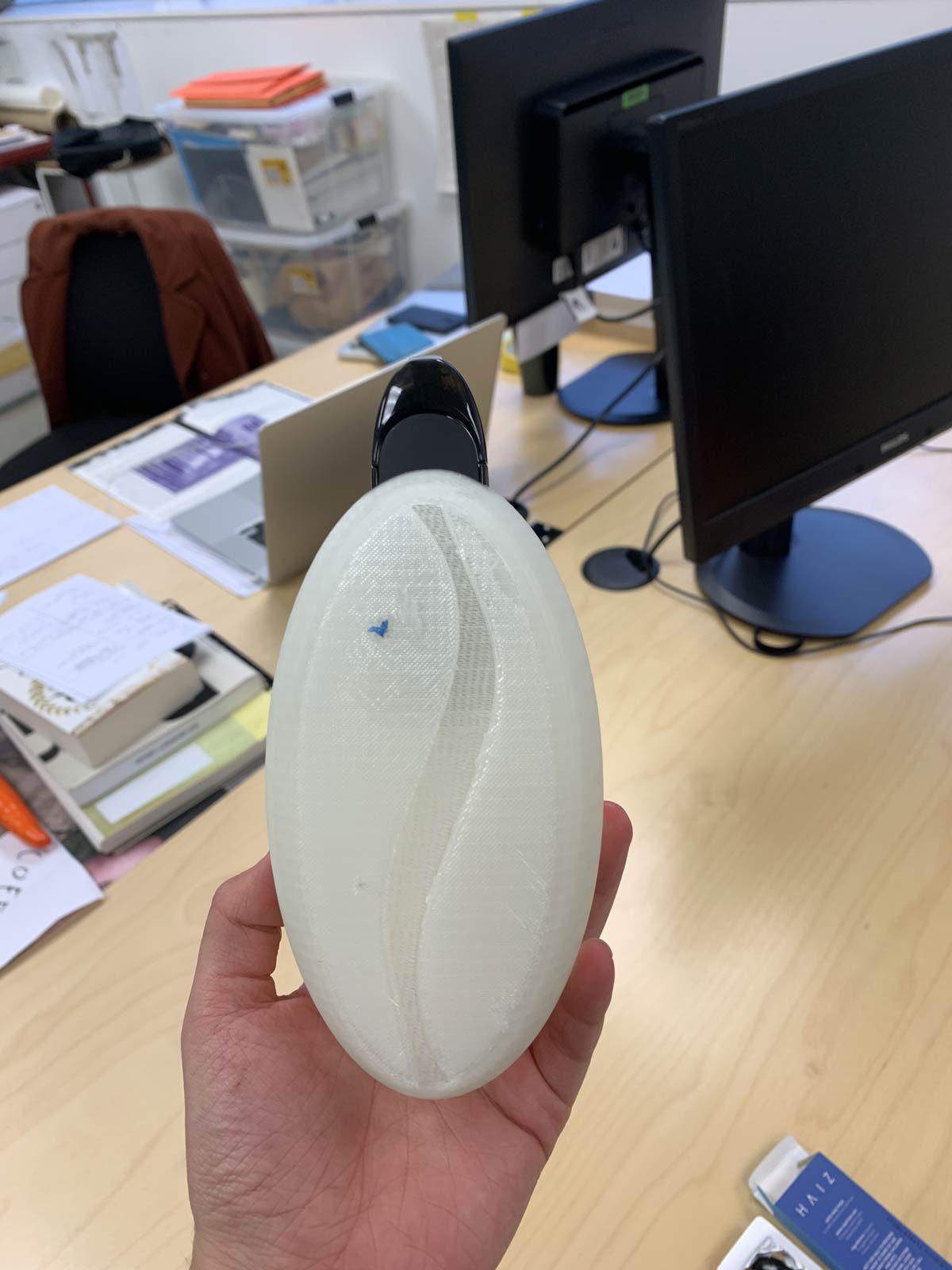
The Bread Club
Samantha Oliver
‘The Bread Club” is a project that involves bringing friends and family together through bread making. My project is a club that allows people to feel like they are involved in the entire process of bread making as well as having the privilege of being able to eat and share the bread with other members of the club that they may not have interacted with otherwise. This project took place during May / June 2020 and involves a small group of 4 people who became involved by hearing about the project through word of mouth. Due to the pandemic this project was staged in 5 separate homes (including my own) and all exchanging of ingredients and bread was done through contactless delivery.
This project is broken down into three parts:
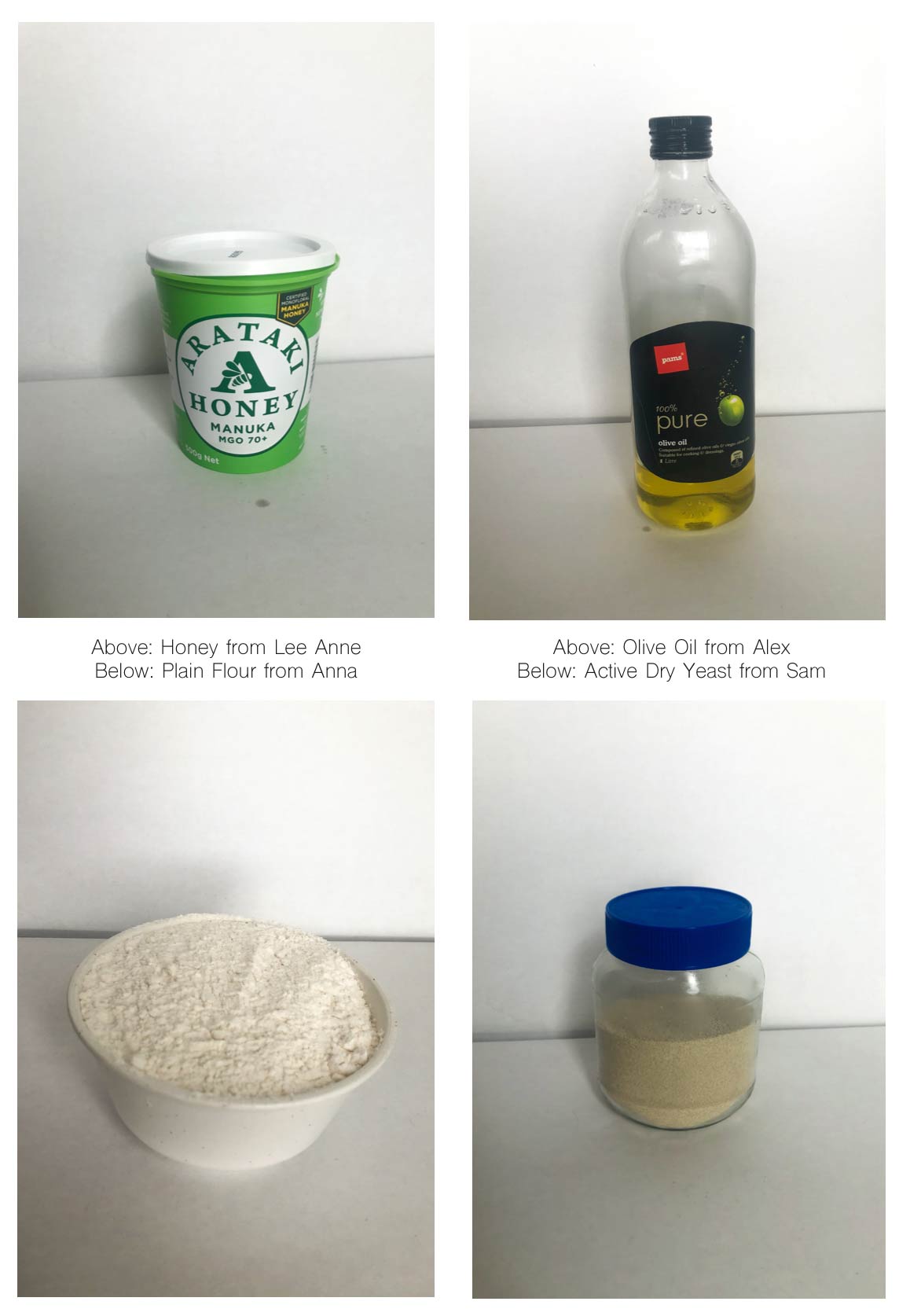
Part one, the ingredients - I asked my chosen public to send me one of the six ingredients involved in making focaccia.

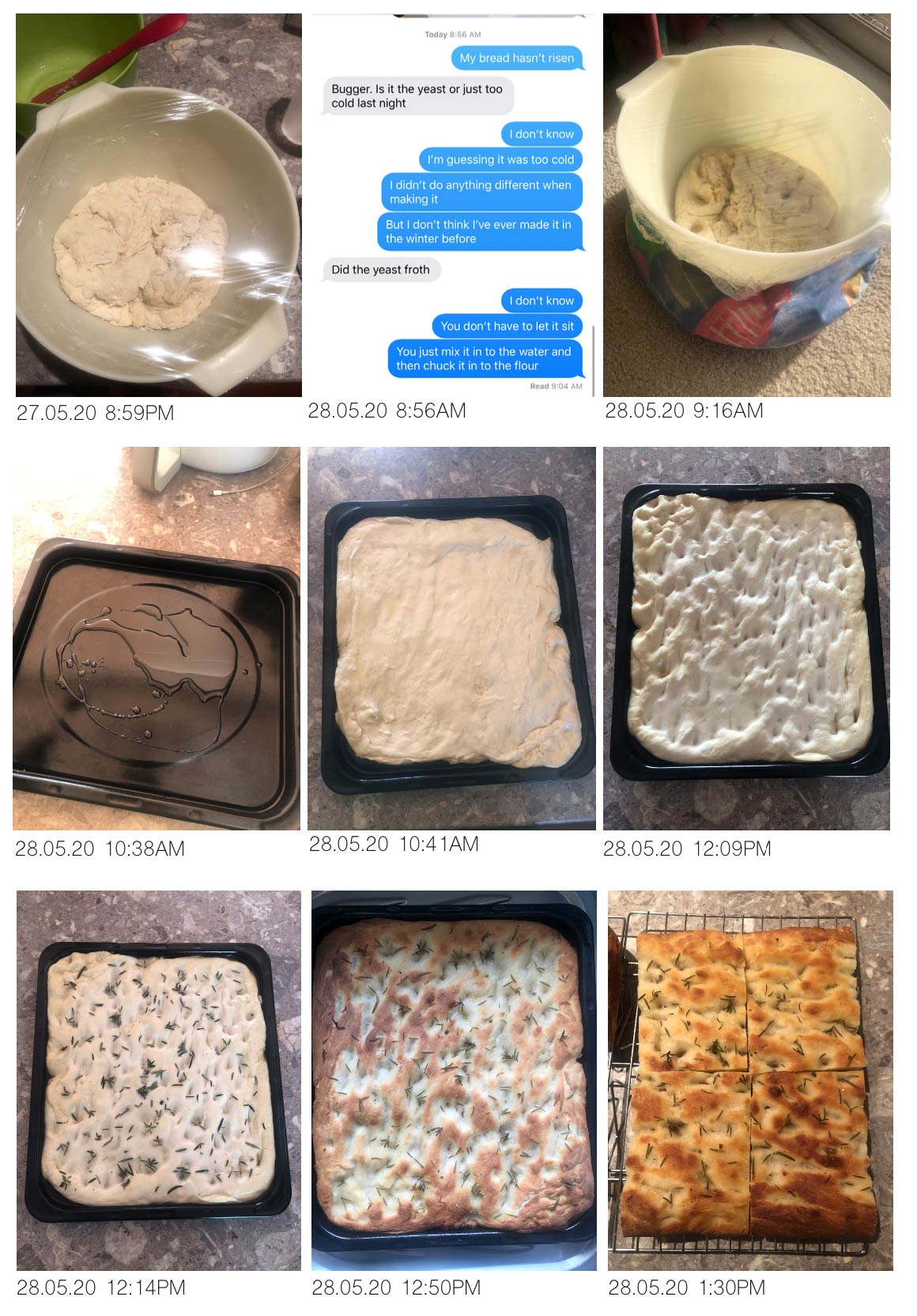
Part two, the making of the bread - In response to part one, I took the four ingredients, supplied my own salt and water and made a Lingurian foccacia recipe that I have been making for my family for the past 2 years.



Part three, the delivery - The final step of this project was the delivery of the bread to my chosen public. Each person got a large portion of the bread delivered to their house over the last weekend of May. Each person then sent me photos of them eating and sharing the bread with their own families while all being a part of The Bread Club.
Cluster of Headaches
Shaiama Ahadi





Over the past couple of weeks I have documented the construction that is currently going on across the road from my house which has caused me numerous amounts of headaches, I started to pick up the little things that went on during the construction such as conversations movements and sounds that I would document and write down a message of my thoughts at that exact time, which I have now collected in a jar sitting beside my window. Over some time I felt a strange connection with these workers who were once complete strangers that are now apart of my everyday life.
All the ways we met
Maria Matthes
Socially, a conduit becomes the connection between two unlinked people as they interact, causing them to become involved with each other. This project has defined a social conduit as a mutual friend.this blog will become a record of how strangers meet through a mutual friend acting as someone who speaks between, an interlocutor, the link, the social conduit. The stories shared include how strangers met and interacted, and both their versions of one story compiled, identified by personal nicknames between them. In order to highlight these stories that usually become forgotten, this blog will compile them to become a public album of sharing.
LINK: https://allthewayswemet.wixsite.com/atwwm/forum
Conditions are stated in the rules of submission stated on the website but to summarise, you and the stranger you met through a mutual friend must both share your sides of the same story, and in order to share you must make an account using nicknames you’ve given each other, or some other anonymous way to identify yourselves.
The website has been published as of Thursday the 18th of June, and will be active and open to the public as a space of sharing stories that have value in itself, but has value in a sense to both the contributing public and the passing public. It is to start from me acting as the social conduit and then branching out from my mutual relations to strangers and wider into the community following the pattern of connections.
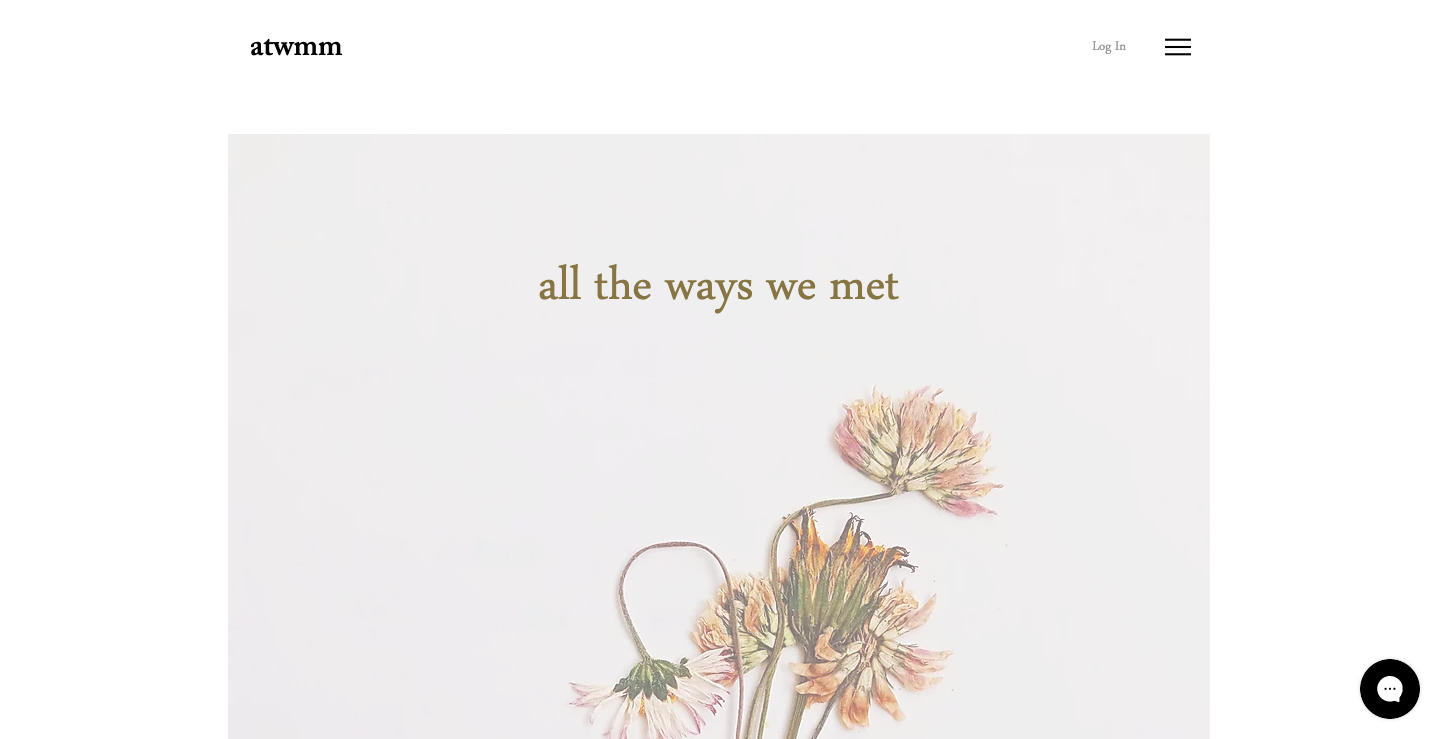
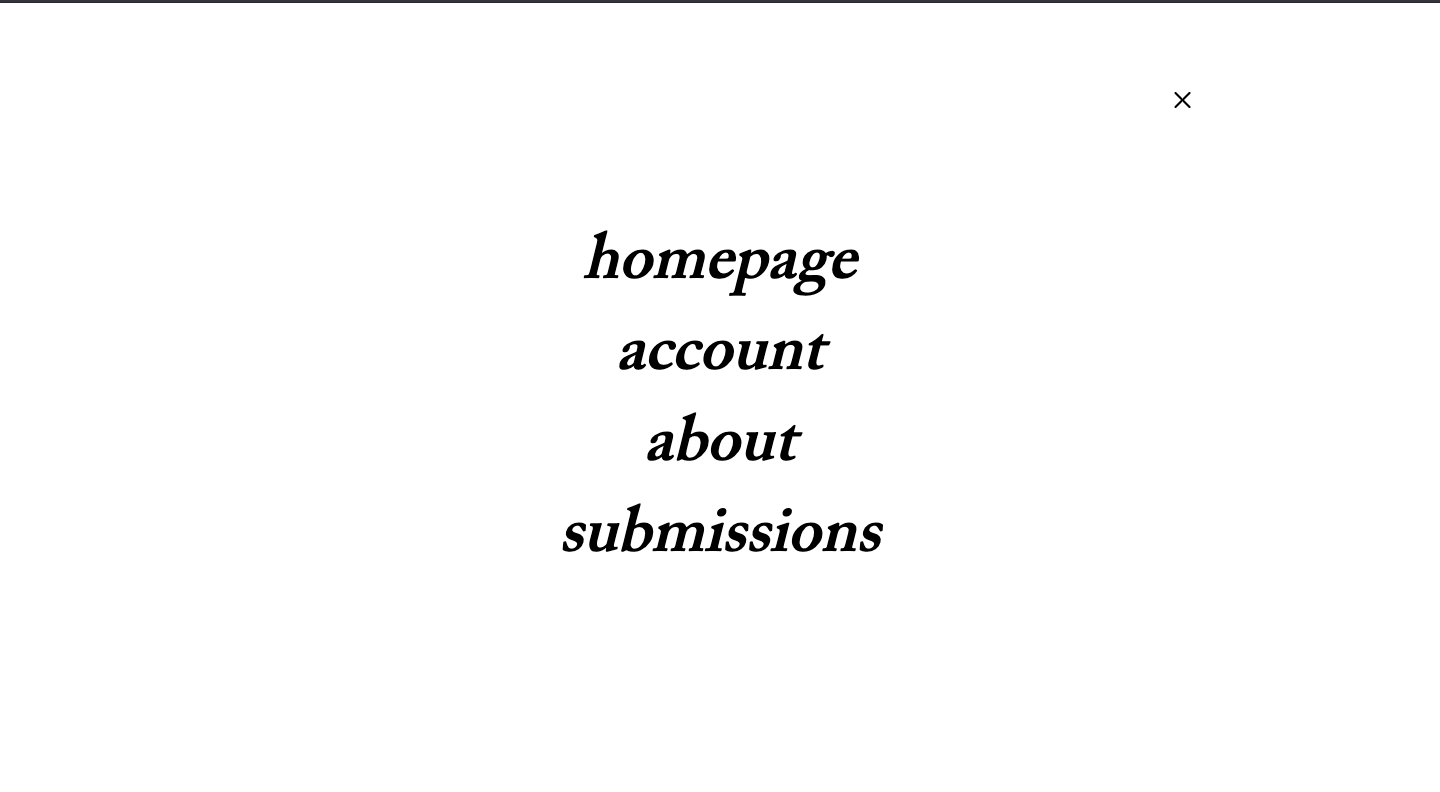
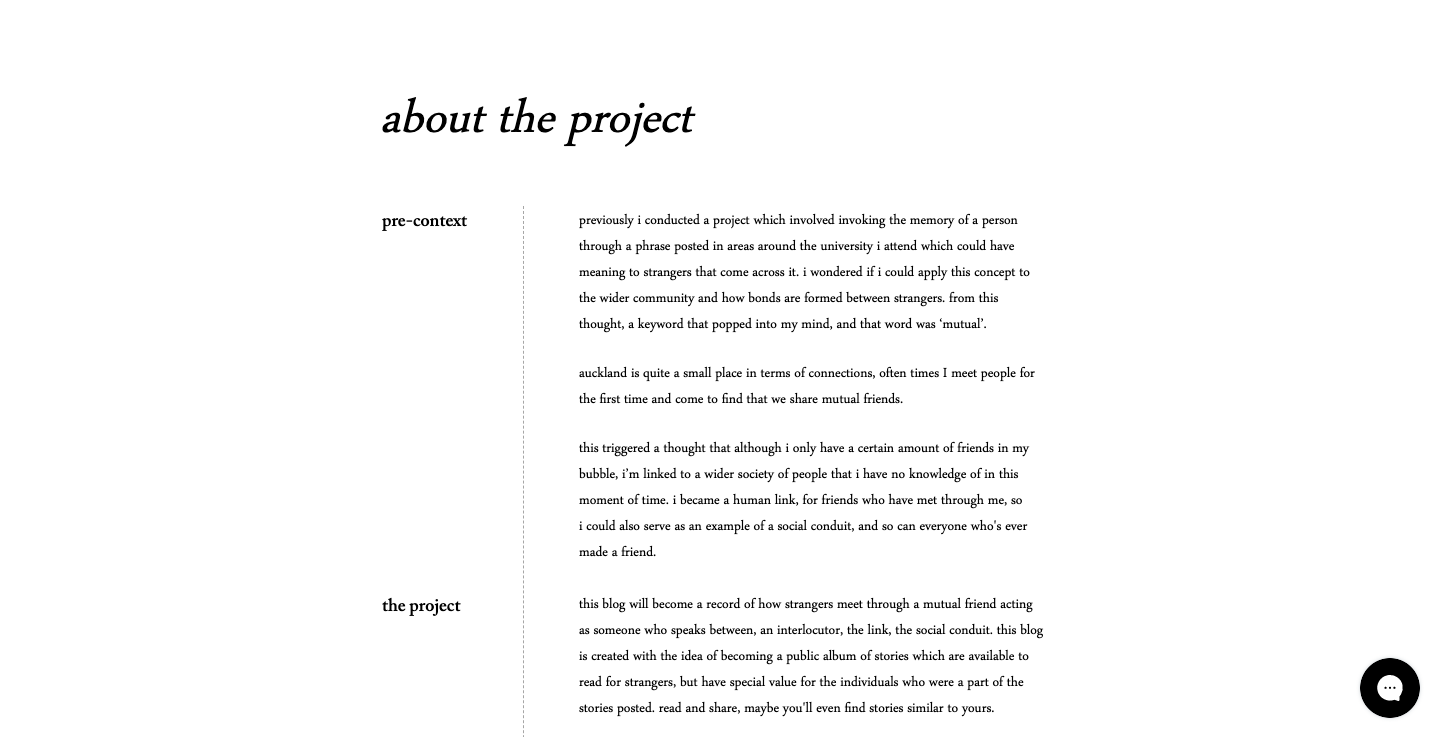
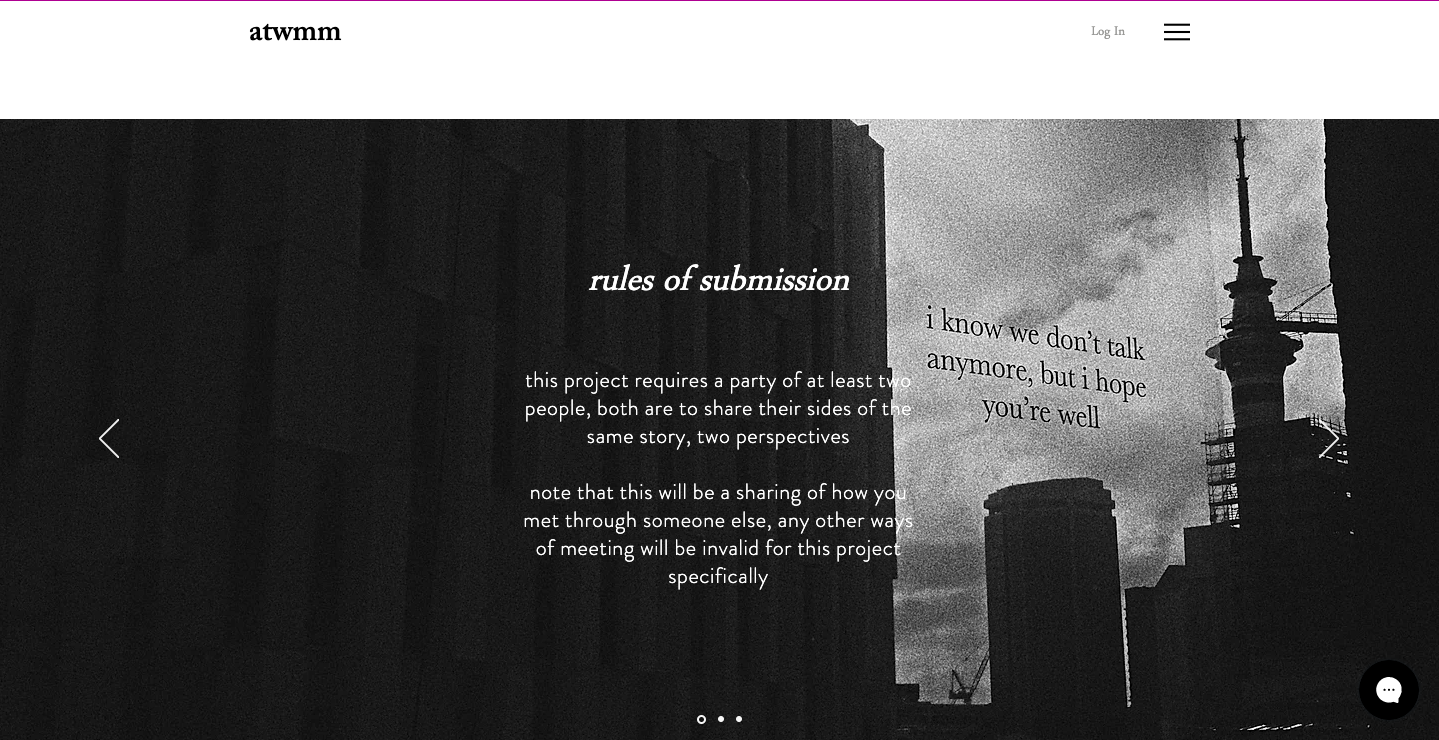
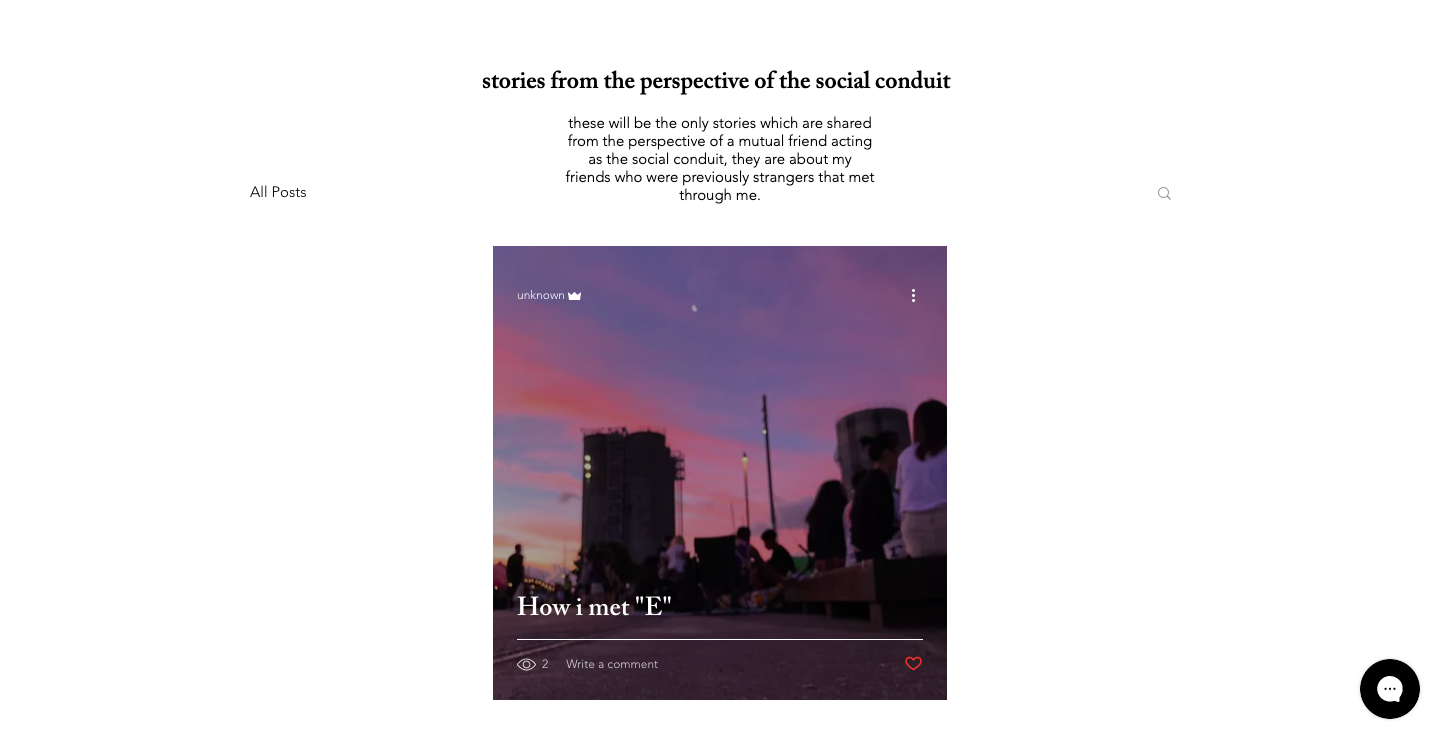
Online Time Capsule
Michelle Ee
Online time capsule is an ongoing project that is based on the idea of “remembering” by storing photos or videos online. By keeping these memories online, it can never be lost as it is kept somewhere on the internet. It can be looked at as something quite similar to other social media apps, however with those types of apps, everything is randomly shared and can be lost over time. Online time capsule was created so these memories can be remembered, accessed easily and never forgotten.
Personal Invitation
I have shared the Google Drive folders with you but have hidden the following folders;
~“Notes / Life updates”
~“Love”
~“Do not open till May 2021”
~“Memories (photos and videos)”
The folders which have been hidden can be seen when the “Time Capsule” document is opened. The hidden folders are the colour red and have been named “...”. The hidden folders will not include photos to be seen when opened.
Iso Buddy
Rob Tennant




Using the Auckland postal service, I sent a small film camera to couple I know. I directed them to shoot their partner that they isolated with during lockdown, I allowed them to have full creative control and to only take 5 images. 25 images, 5 couples, this book
This project was carried through two weeks. These couples are friends that I hold close to my heart and these people are ones I kept in contact with during isolation. The project began in the first few weeks of level 3. Along with the camera, I let them know the address of the next person. This was my way to support the postal service, local photography studio and bring my friends together. I love these images dearly.
Virtually Distant
Leon Austin
‘Virtually Distant’ explores friendship and communication online and the act of reuniting through conversations and gaming. Exploring what can be said about friendship by means of creativity and building instead of words. This project challenges how we share and create artefacts of memory with each-other. These ‘artefacts’ of friendship are often created without knowledge of the value they will eventually hold for the relationship. The exploration of these ‘hidden artefacts’ and how they are essentially a monument of mutual attachment is done on an online environment, Minecraft.
The first monument was created on 20th May 2020, when the world was created. As of 15th June 2020, the project has ended and the Minecraft world has been made available to the public to be explored.
I arranged a date with each of my friends that was convenient for both of us. They were allowed on the world for 30 minutes at a time. The instructions given to them were this:
1. You may create anything you want, with any block you want.
2. You can choose whether we build together or separately.
3. There are no expectations and don’t think too hard on the purpose or reasoning of what you build.





Nostalgia Tokens
Karen Mary Solomon

Nostalgia Tokens is a 2020 archival project that presents the notion of gifts being bearers of fleeting feelings and memories. This project invites an extensive public of family/friends and acquaintances to share photographs of their tokens, 3 years or older, and the stories behind them. The submissions are organized into three core categories:
1. The relationship between the giver and receiver
2. The year the gift was given
3. Keywords collected from the tokens
MAIN ARCHIVE WITH EXTENSIVE LINKS
From 28th of May to 11th of June (a total of 6 weeks), I collected a total of 45 submissions. The call-out was instigated through my Instagram stories where I provided a link to the submission form. The form was created through google forms and includes prompts and questions that will help the participant answer as openly as they can, while also providing substance and meaning.
My public is my extending network of family, friends, acquaintances and their family/friends/acquaintances. I personally asked my closest friends if they would be able to participate in my project and asked encouraged them to share the project through word-of-mouth with their family and friends.
As a response to their participation I created posters that showcase the tokens themselves as well as the compiled list of keywords that came up in relation to the submissions. However, I did not want to completely conclude the project as I would like to continue receiving submissions to keep this project alive.


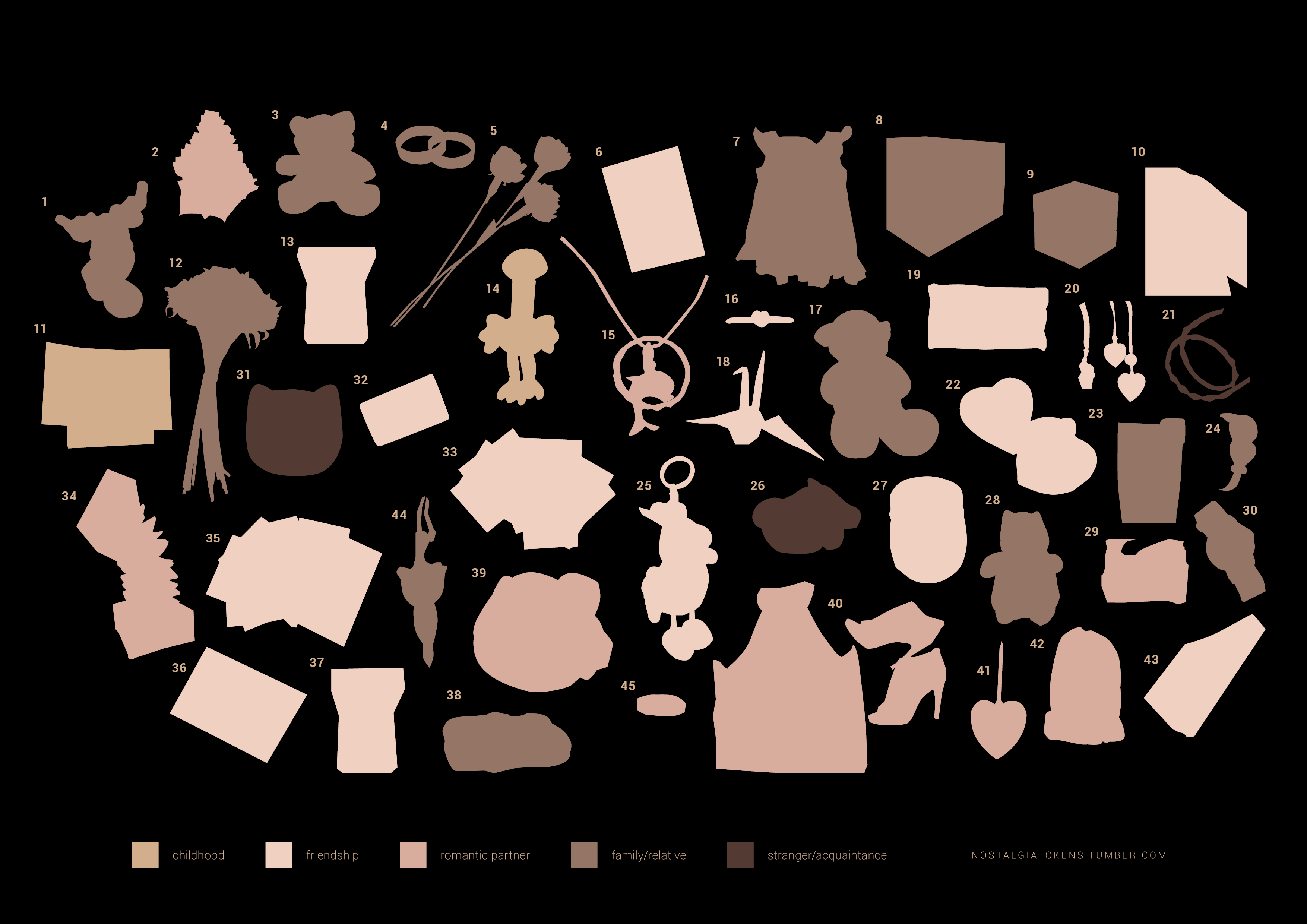
Hello Stranger
Jennifer Sayasinh








Hello Stranger is a time-based project that revolves around the concept of implementing the gesture of care and connection. To execute this, I’ve created personalised “Care Packages” which carries imprints of endearment, praises and compliments for friends and family within a 25km radius. These care packages are then personally delivered to emphasize how the enactment of simple gestures ferment into the notion of care and can show our love for one another. Therefore, the care packages that embody these warm messages are intended for the new owner to want, hold and admire.
CONDITIONS
Compliment Cookies:
The compliment cookies in which carries endearment, praises and compliments are positioned at the core of the project. Inspired by ‘Sweethearts’ (also known as candy hearts) I’ve taken the aesthetic concept of embedding a message onto something sweet. In hopes to make someone’s day and allow them to want, hold and admire it as well as to let them know I wish I could’ve said these words of affirmation earlier.
Delivery:
The delivery service is an enactment that contributes to the notion of care. The idea of ‘delivering’ articulates to the care packages I’m sending, which are affectionate messages to someone I hold close to my heart. The sense of going to a destination, arriving, and delivering emphasize that I’m taking the time to deliver a gesture that communicates care and connectedness. I've taken photographs of the care packages at each letterbox of my participants to highlight the composition of a parcel as well as showing that the cookies get to the person.
Private public setting:
My project held a private-public setting of 8 participants. Unfortunately, due to the circumstances that we were in lockdown, I was only granted permission to visit 8 out of 10 participants that I have had asked. These 8 participants were a selection of friends and family in which I hold dearly close to my heart and are within a 25Km radius from my location.
The Bulletin Board
Emma Harkness
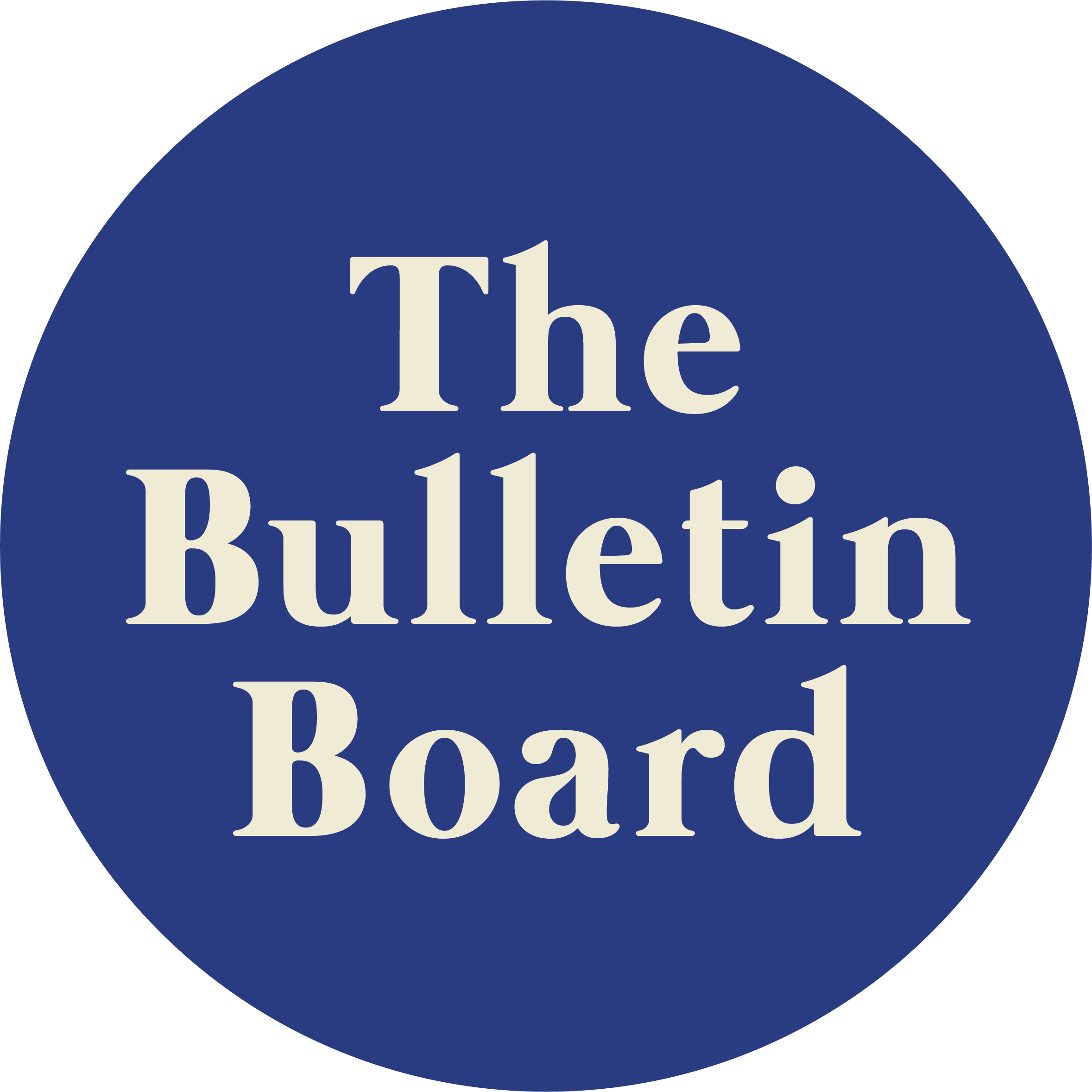
The Bulletin Board is an interactive account on the social media platform, Instagram. It is open to the public, where people can send any message or idea they wish to share with others. The message is then vetted for offensive or inappropriate content. After this stage it will be posted anonymously onto @the.bulletinboard for followers along with the general public, (anyone with access to Instagram.) This is an opportunity for simple, unbiased public interaction and an interesting social observation.
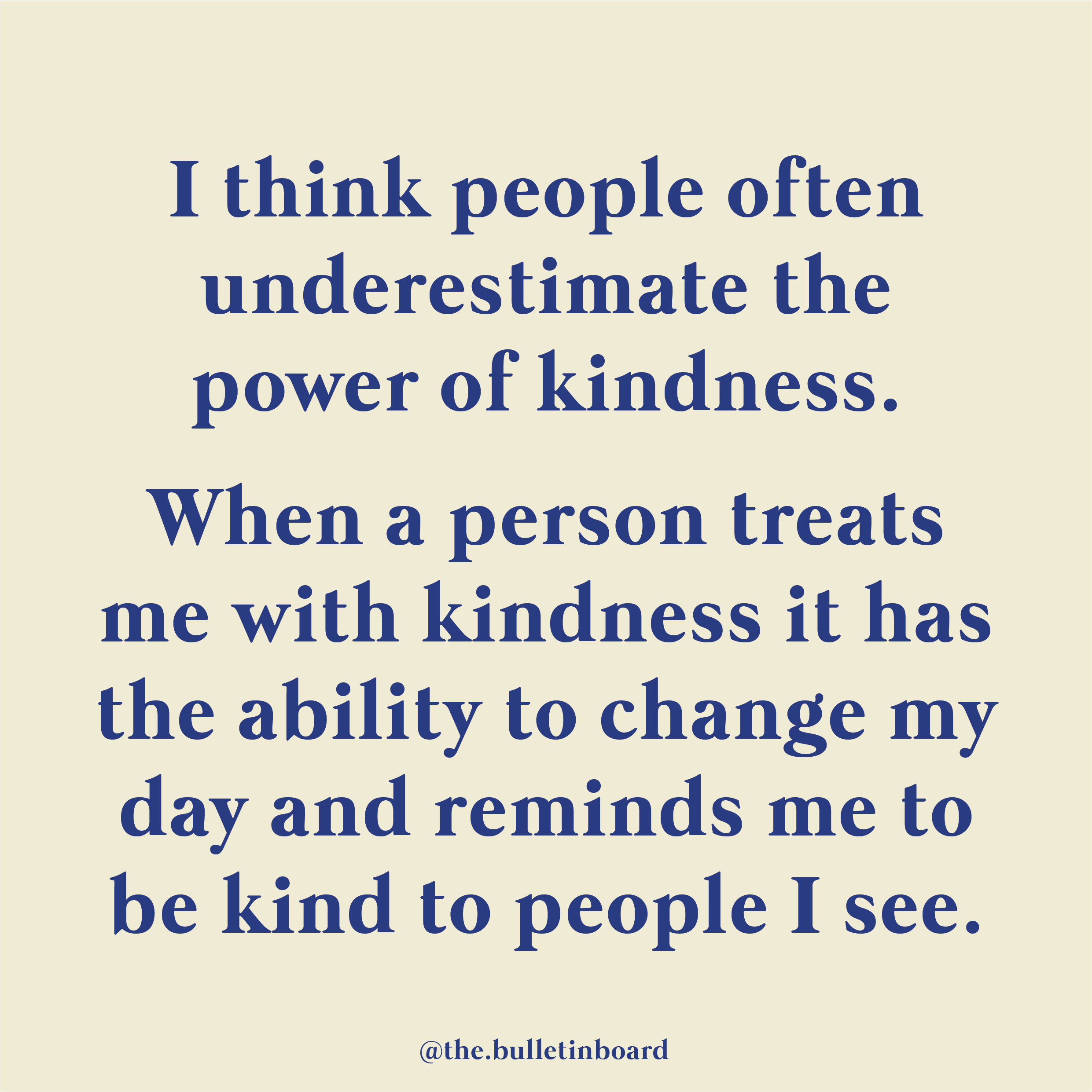
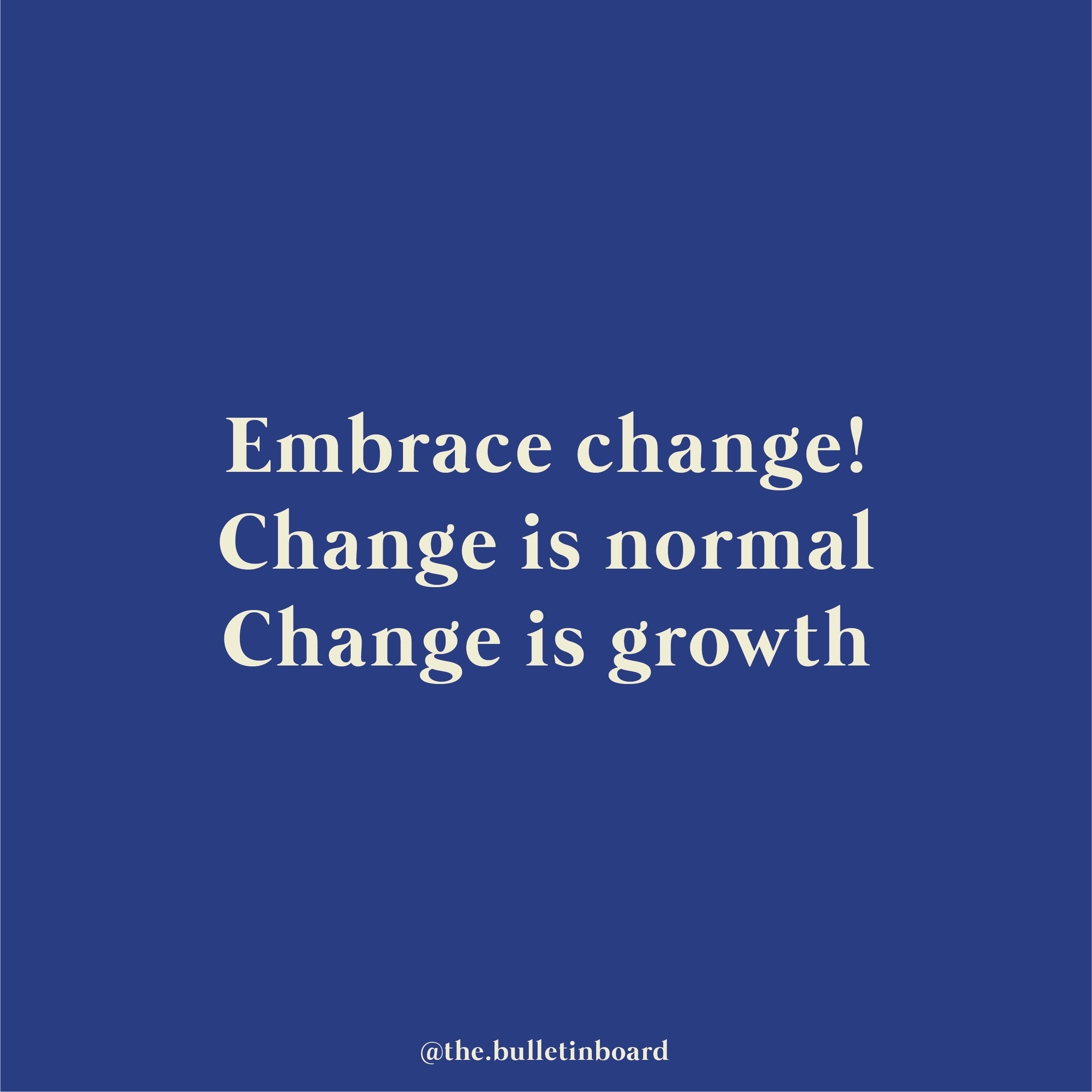
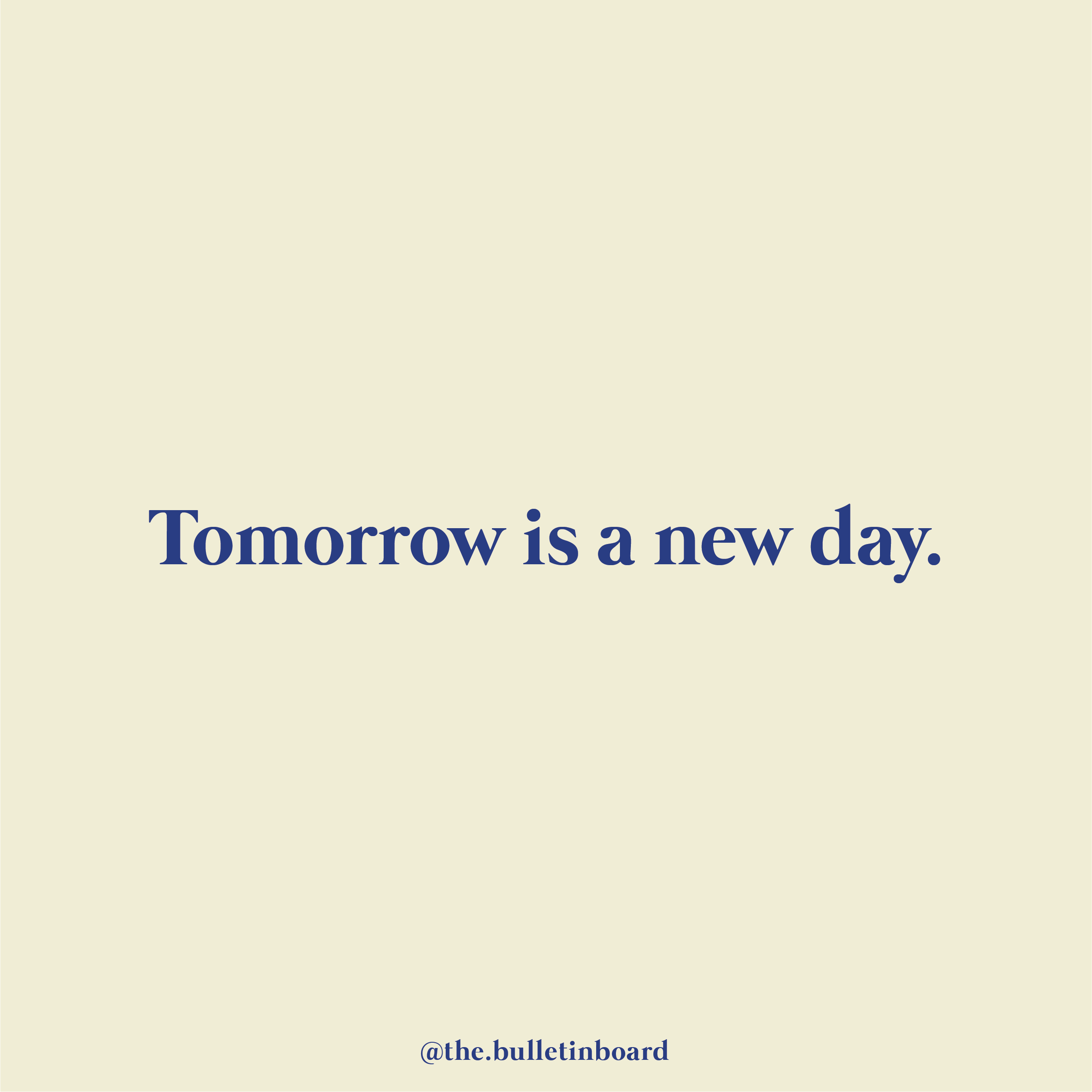

Project duration:
01 May 2020 - current
Instruction:
A safe space to anonymously share thoughts and ideas.
Materials / Actions:
Instagram page, social connection, sharing anonymously
Public:
Anyone with access to Instagram
Whats Tea Without Biscuits
Ella Mather
I contacted people I feel as though I dont connect with as much as I would like to. I then based off that conversation made and sent off a set of mugs I made myself and their favourite biscuits. This was sent off to act as a visual reminder to take the time with another and an incentive to create and share a moment. Once it is sent off it is out of my control wether they follow through hence the declaration sticker on the boxes.





By opening this box you are agreeing to the following declarations, create time to spend with others, To no longer overlook the value of time spent with others, To view the contents in this box as a visual reminder to take the time with another.
#NZLOCKDOWNSTORIES
Doyeong Nam

Archive of drawings based on the Instagram posts #NZLOCKDOWNSTORIES during the 4 weeks of lockdown.
https://navydoyeong.creatorlink.net/


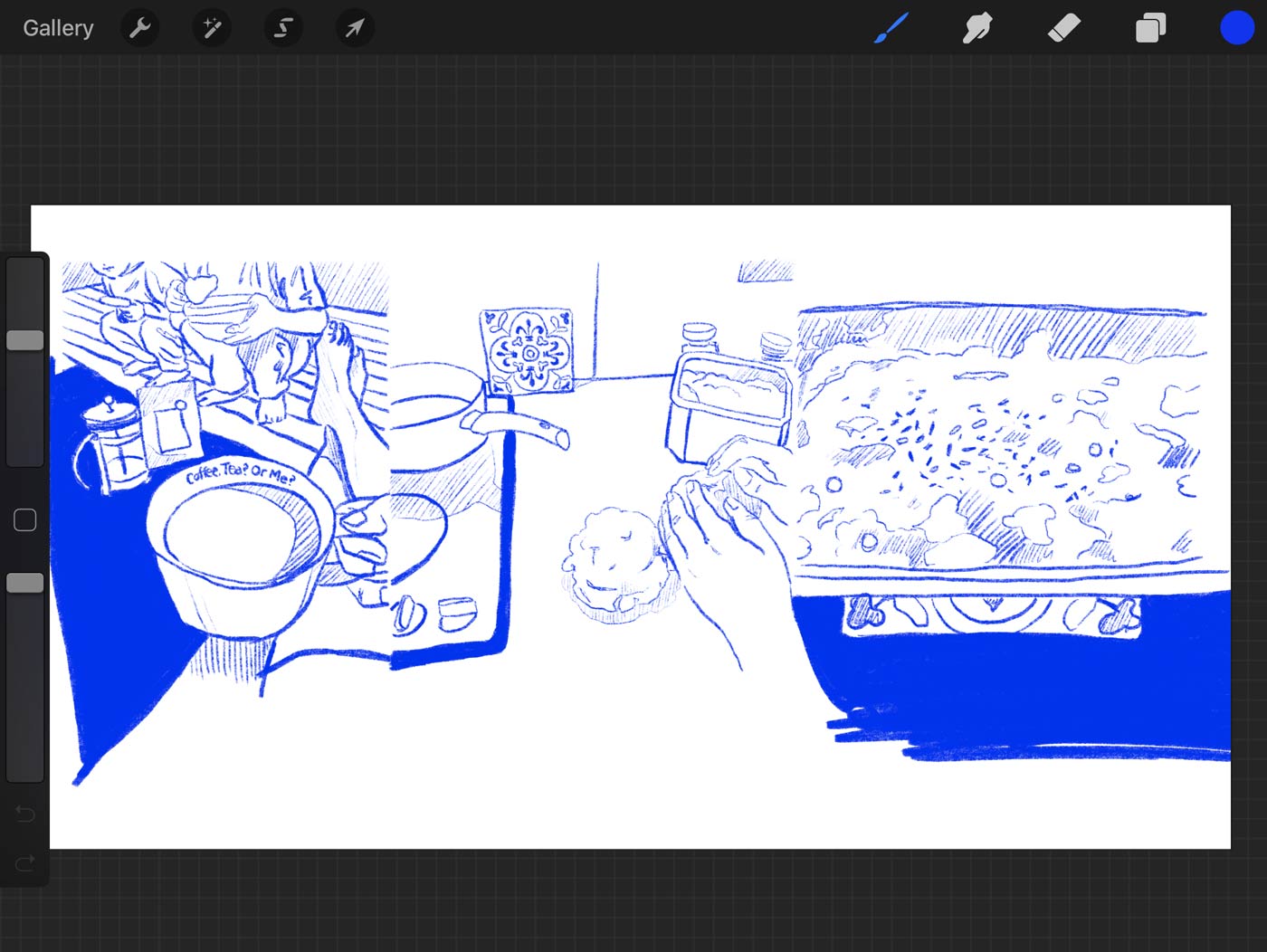

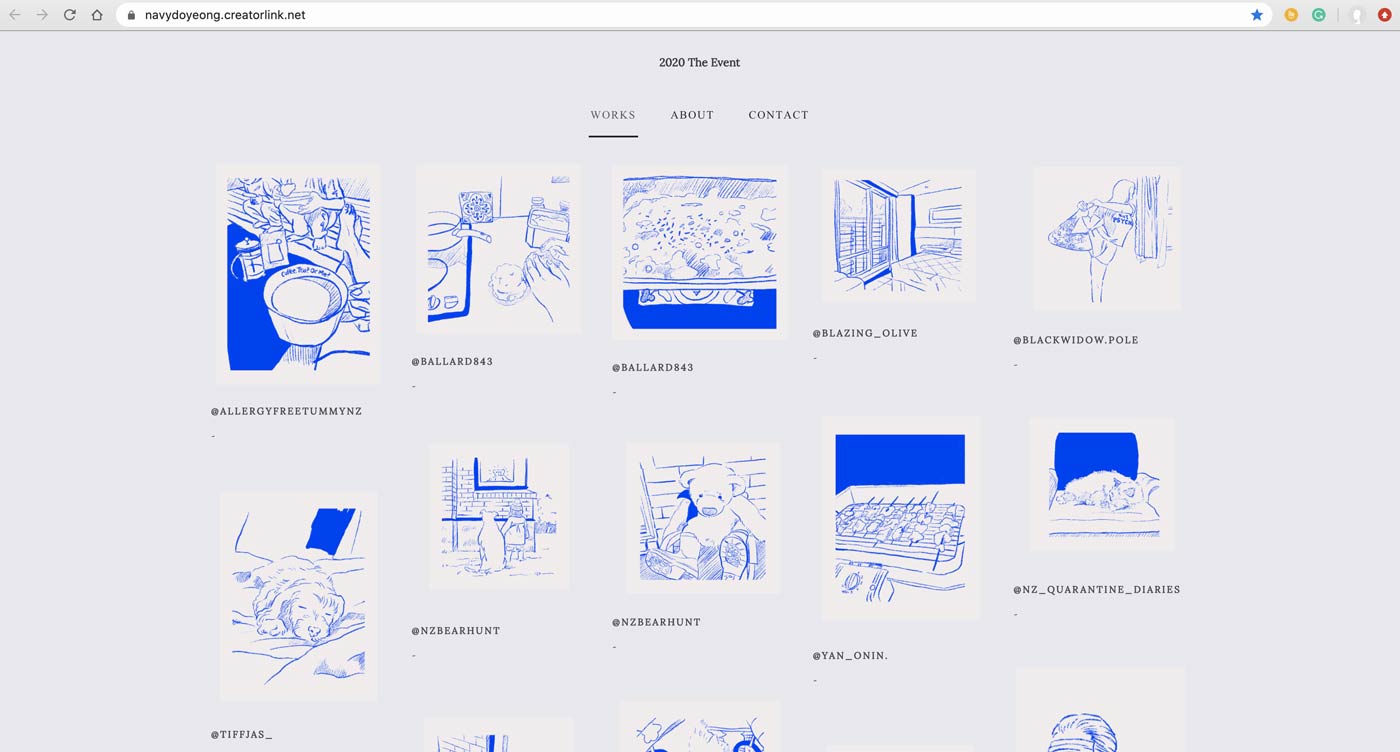
Culture Dialogue
Childhood memories
Darlene Koo
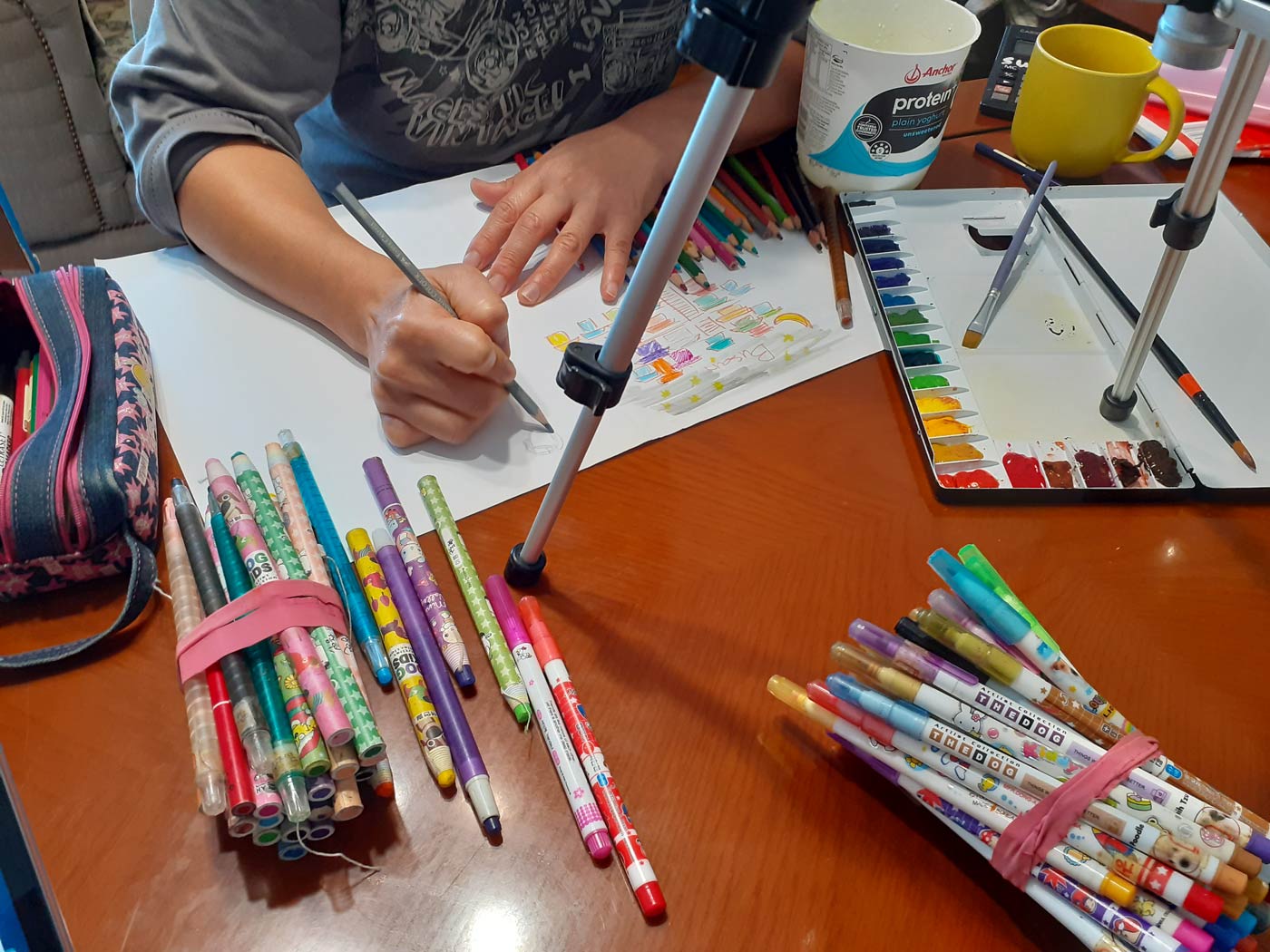
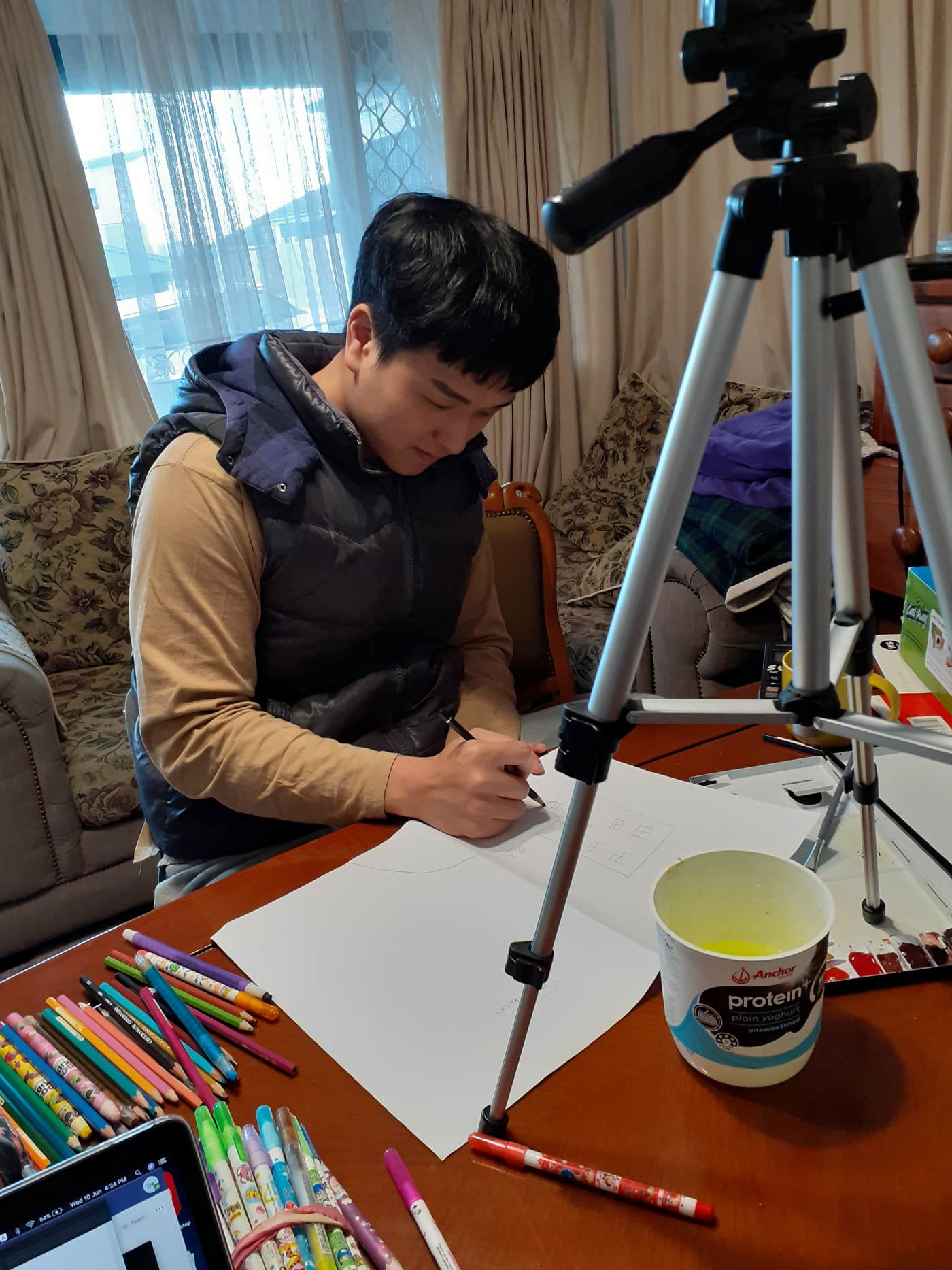
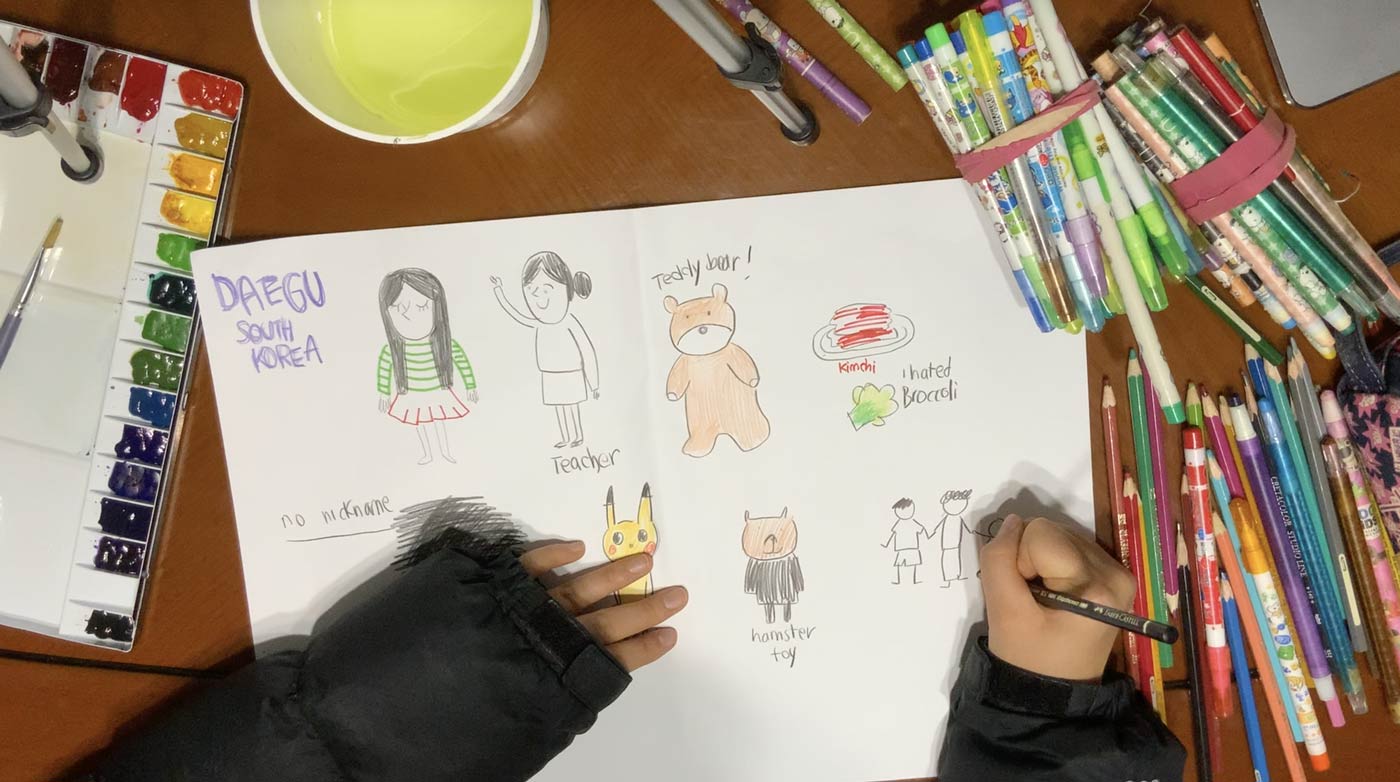
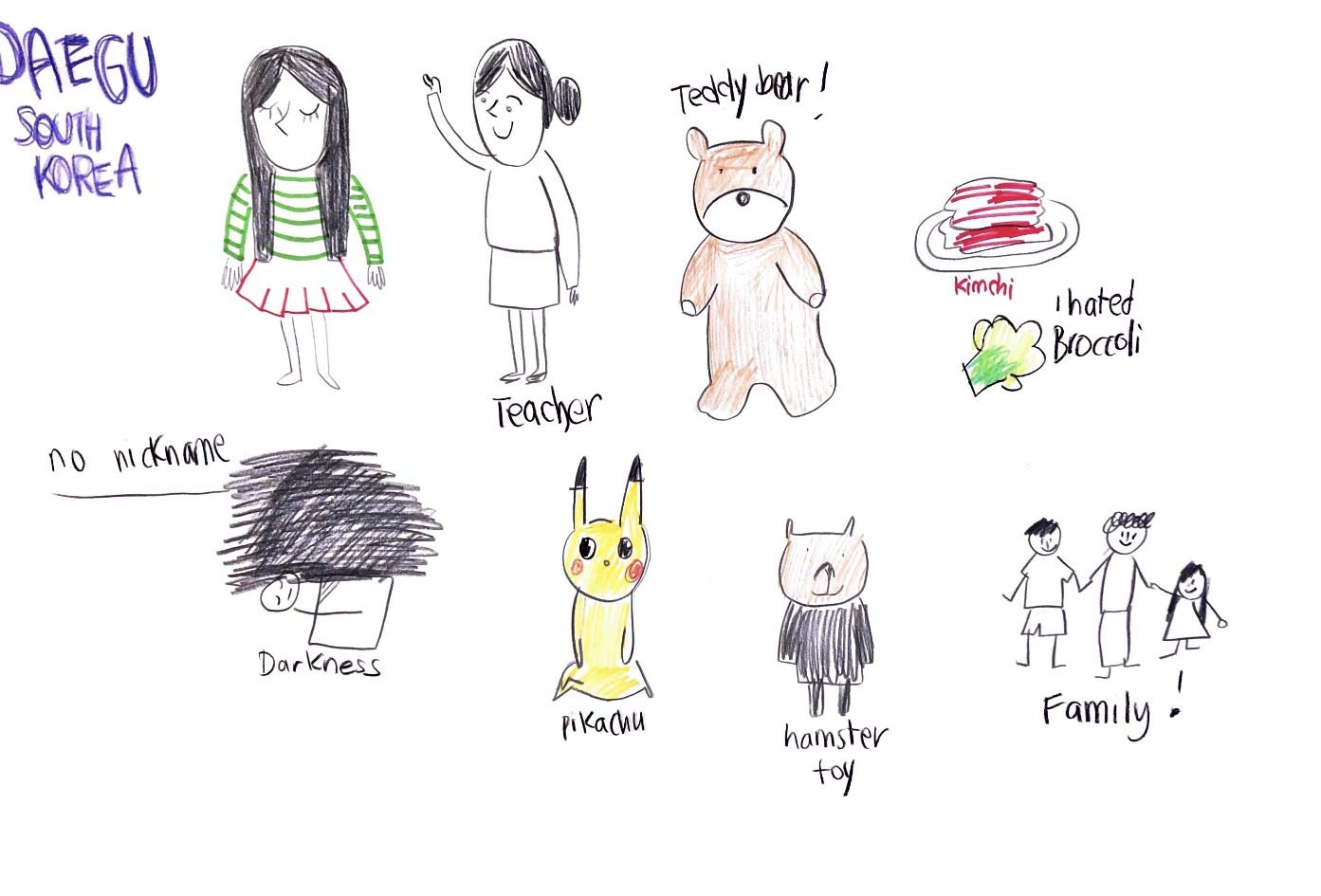
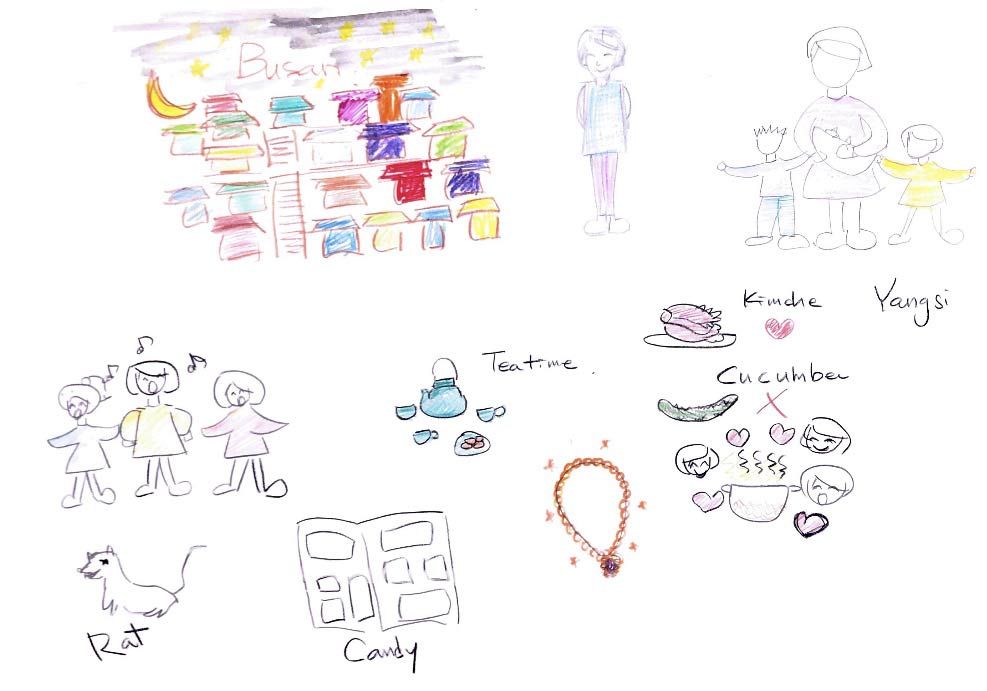
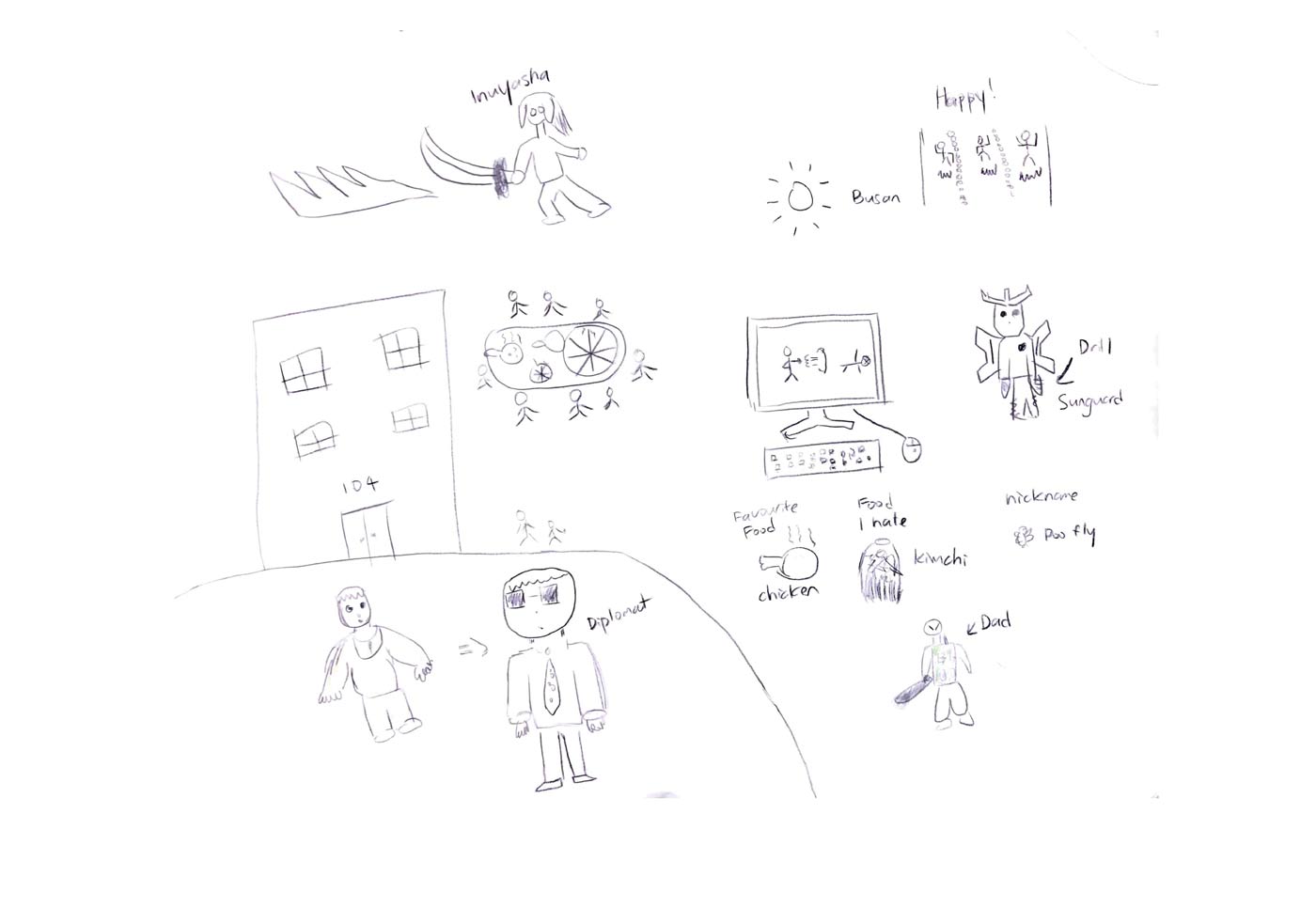
The project explores the process of how people with a similar cultural background react/draw when given the same instructions/ series of questions. The aim of this event is so that as a minority community(Korean) living in such a diverse country (New Zealand), can bond with potentially similar shared memories. This project will be used to improve cognitive and sensory-motor functions, foster self- esteem and self-awareness, cultivate emotional resilience, promote insight, enhance social skills, reduce and resolve conflicts and distress, and advance societal and ecological change.
Throughout the session, multiple questions were given, the candidate was asked to draw step by step instructions. It involved conversations in terms of discussing individuals’ childhood and their past experience.
It focuses much on the quality of the time/process I spend with the participant. Estimated 30 minutes, the process of dialogue was recorded; however, the focus of the video is on the A3 paper given to the participant. I chose A3 size paper so that the opponent won’t feel restricted drawing. He/she will be given various tools such as a pencil, pens, vivid, paints, colouring pencil, crayon etc. It is their freedom to choose the appropriate equipment to portray their decisions. With questions given previously, written on the invitations sent, they are asked to draw.
Listed are the 11 questions to be asked to the chosen candidates. It is simple, yet profoundly engaging to their childhood memories in Korea.
• Did you have a happy childhood?
• Which city were you born in Korea?
• What did you look like?
• When you were a child,
• what did you want to grow up to be?
• What did you like to do when you were a child?
• What was your favourite toy when you were a child?
• What was your favourite food? or disliked?
• Did you have any nickname?
• Were you afraid of anything? What?
• What were your favourite cartoons and TV shows?
• What is the most memorable gift you got on your birthday?
• Happiest childhood memory you could think of?
Ceramic Sidekick
Becks Ireland

The project ran for five weeks from the 5th of May to the 2nd of June.
It asked participants following the @beccland Instagram account to submit a picture of their favourite mug and answer a few questions about it.
There were 13 participants in the project.
Lockdown life was the same thing every day. Lockdown coffee was made the same every day. Lockdown evening tea was made the same every day. Instagram feed was refreshed every day. “Ceramic sidekick” was a project designed to engage with people experiencing the same monotony in different spaces. Swelling disruptive conversations in unengaged places, the instructions, printed onto a tea towel, were an absurd hyperbole of the kinds of things people did to entertain themselves during that time.
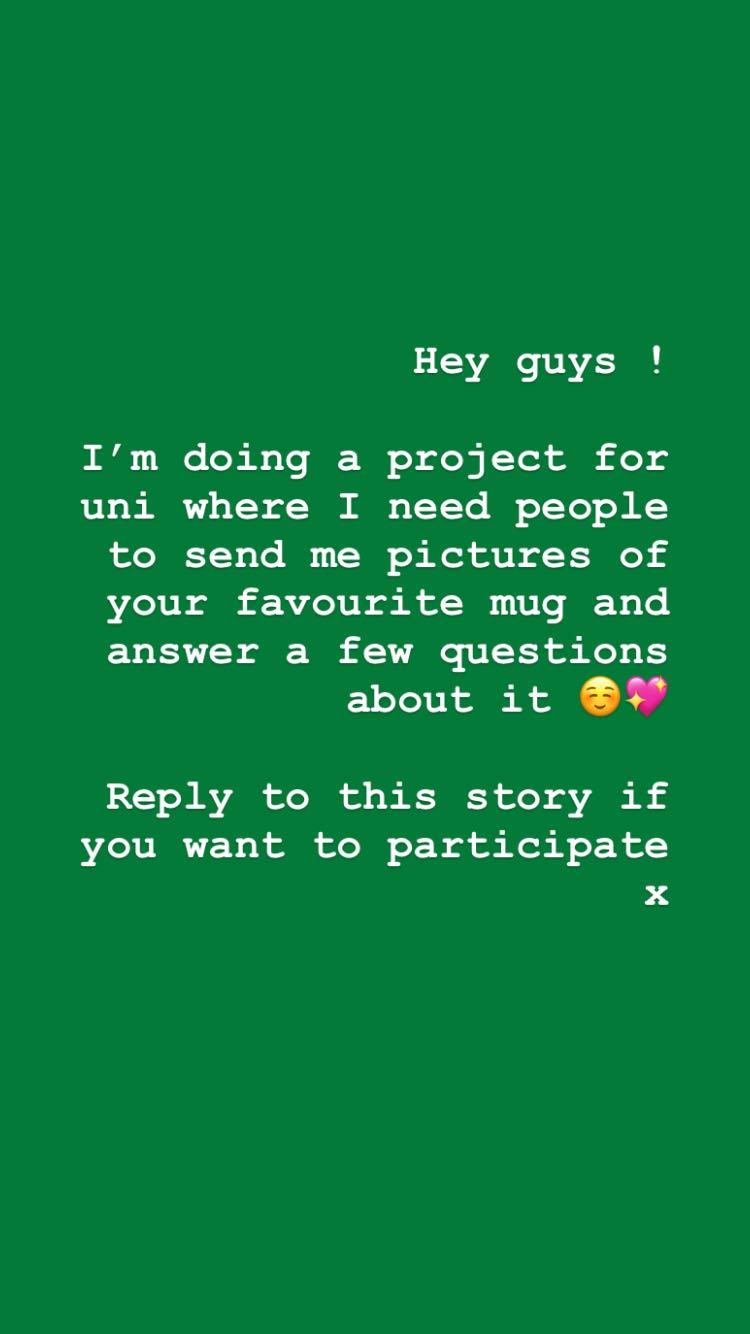
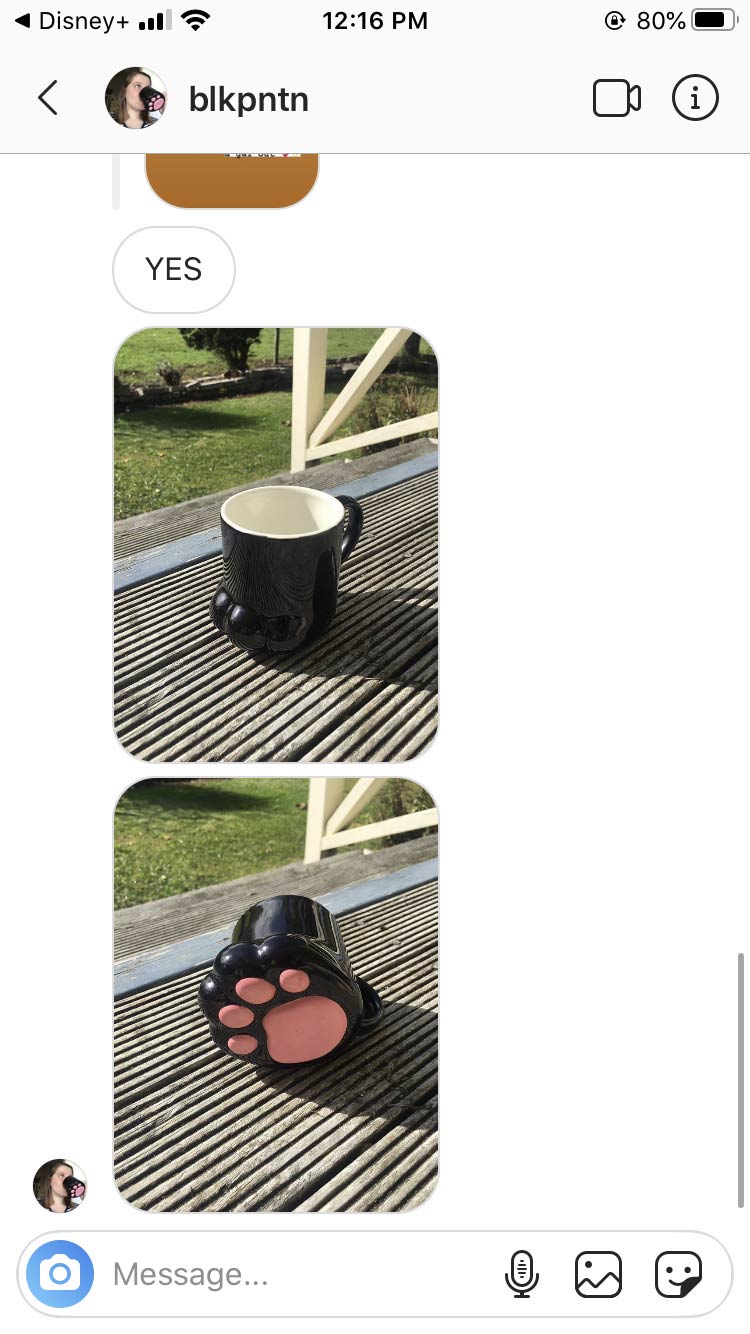

-surrounding-a-mug.jpg)
Amy Son





Archiving Fears
Amberley Lu
Archiving Fears is a small, private archive between a close-knit group of friends and can only be accessed physically. The archive lives with one member of the group and the first staging of the archive involves members logging fears from the past and ending with a current fear. The archive is then intended to be revisited and updated annually. It is a space for sharing between friends and documentation over time.
Nothing in life is to be feared, it is only to be understood. Now is the time to understand more, so that we may fear less.
- Marie Curie
After reminiscing about childhood, we stumbled upon the topic of fear we had as children and were interested in the absolutely ludicrous ones like being afraid of white Michael Jackson with no nose, squatting behind the toilet watching you do your business. But I found in the act of reminiscing, there are moments of reflecting on why you fear what you fear and whether you overcome it or not. In reflection it can be comforting to see that the thing you worry about now will probably hold less weight when you look back years later.
In order to set up the archive, the project asks participants to firstly look back and log prominent fears they’ve had in the past, then to note down a current fear. After this, participants return annually to add a new entry. Nicknames are used in this case to keep the identities private and only participants can recognise who is who.
The archival box becomes a tool between close friends to share worries and fears we have now and acts as a shared space for friends to learn about each other. Fears are private and personal and often times something we would usually share to those closest to us. The act of writing down fears also can be an act of reconciliation; to acknowledge it and put it away.
